Translation Service Market Outlook:
Translation Service Market size was valued at USD 956.81 billion in 2025 and is expected to reach USD 1.18 trillion by 2035, expanding at around 2.1% CAGR during the forecast period i.e., between 2026-2035. In the year 2026, the industry size of translation service is evaluated at USD 974.89 billion.
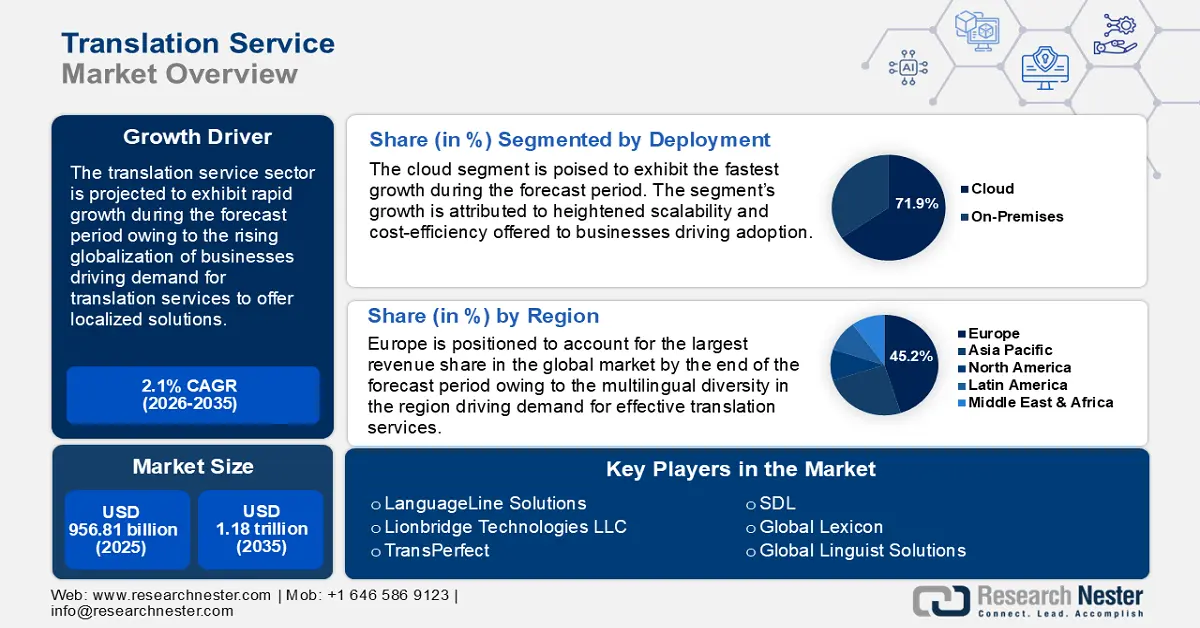
The primary growth driver of the market is the increasing globalization of businesses. Companies are expanding their operations into new markets, requiring translation services to communicate effectively with local customers and stakeholders. Translation services help localize websites, advertisements, product descriptions, and customer support to meet target audiences' linguistic and cultural needs. For instance, according to a survey of 8,709 global consumers in 29 countries throughout Europe, Asia, North America, and South America, 76% of online buyers prefer to purchase products with information in their local language.
Additionally, multinational corporations require translation for internal and external communications, such as training materials, contracts, reports, and meetings, to engage employees and partners in different countries. These services also ensure accuracy in legal and financial documents to avoid miscommunication or non-compliance. Moreover, the growing media and entertainment industry, where movies, television shows, and streaming platforms cater to global audiences, requires subtitles, dubbing, and script translations. Localization of games into various languages has also become a massive market within the translation industry.
Key Translation Service Market Insights Summary:
Regional Highlights:
- Europe leads the Translation Service Market with a 45.2% share, propelled by the region’s multilingual nature, cultural diversity, and robust regulatory environment, ensuring significant growth by 2035.
Segment Insights:
- The Cloud segment is forecasted to capture over 71.9% market share by 2035, driven by the rise of cloud-based deployment in translation services.
- The Judicial segment of the Translation Service Market is anticipated to achieve over 25.5% share by 2035, propelled by globalization and the rising need for accurate legal translations.
Key Growth Trends:
- Technological advancements
- Growth in e-learning and remote work
Major Challenges:
- High cost of quality translation
- Shortage of skilled translators
- Key Players: Lionbridge Technologies, LLC, TransPerfect, SDL, GlobaLexicon, Global Linguist Solutions, TransPerfect Translations.
Global Translation Service Market Forecast and Regional Outlook:
Market Size & Growth Projections:
- 2025 Market Size: USD 956.81 billion
- 2026 Market Size: USD 974.89 billion
- Projected Market Size: USD 1.18 trillion by 2035
- Growth Forecasts: 2.1% CAGR (2026-2035)
Key Regional Dynamics:
- Largest Region: Europe (45.2% Share by 2035)
- Fastest Growing Region: Asia Pacific
- Dominating Countries: United Kingdom, Germany, France, United States, Japan
- Emerging Countries: China, India, Japan, South Korea, Singapore
Last updated on : 13 August, 2025
Translation Service Market Growth Drivers and Challenges:
Growth Drivers
- Technological advancements: Technological advancements enable faster, more accurate, cost-effective solutions for businesses and individuals. Tools like Google Translate, DeepL, and Amazon Translate use artificial intelligence (AI) to deliver rapid translations, making services more accessible and cost-effective. Advancements in neural machine translation (NMT) enhance the quality of translations, especially for complex languages and specialized content. Also, machine translation is increasingly integrated into customer support, e-commerce, and real-time communication platforms.
Computer-assisted translation (CAT) tools, such as SDL Trados and MemoQ leverage translation memory (TM) and terminology databases to ensure project consistency. AI integration in CAT tools automates repetitive tasks, boosting translator productivity. Additionally, natural language processing (NLP) enhances the understanding of context, grammar, and semantics, enabling more human-like translations. It is particularly useful in translating idiomatic expressions and colloquial phrases. The industry size of language translation NLP was USD 3.7 billion in 2022 and is expected to reach USD 27.5 billion by 2030. - Growth in e-learning and remote work: Online education platforms such as Coursera, edX, and Udemy aim to reach global audiences. This requires translating courses, subtitles, and exams into multiple languages to make them accessible to non-English speaking users. Effective e-learning materials often need cultural adaptation to suit regional norms and learning styles. This drives the need for professional translators and localization services, especially in fast-growing e-learning markets in Asia and Africa. Companies adopting e-learning for employee training, especially multinational organizations, need translated modules to cater to their workforce in various regions. Over 40% of Fortune 500 organizations use e-learning frequently, with IBM saving almost USD 200 million after switching to e-learning.
Remote work has increased collaboration among international teams. Translating documents, emails, and reports is essential for effective communication. Platforms like project management tools, HR systems, and virtual meeting software often require multilingual interfaces to support diverse user bases. As remote work enables hiring talent from different countries, translation services are needed for contracts, onboarding materials, and employee handbooks. - Rising healthcare and pharmaceutical sector: Global clinical trials from the healthcare and pharmaceutical industry require translation of protocols, informed consent forms, patient questionnaires, and study results into the languages of participating regions. Regulatory authorities e.g. FDA, EMA mandate submission of trial documentation in the local language of the participating regions to ensure compliance.
Pharmaceutical companies entering new markets translate dossiers, marketing materials, and labeling into the target language. Patient information leaflets, dosage instructions, and safety warnings are accurately translated to meet legal and consumer needs. The COVID-19 pandemic highlighted the need to translate vaccine-related information into multiple languages rapidly. Moreover, scientific research in healthcare and pharmaceuticals often involves global teams, requiring translation of research papers, presentations, and patents. Translating medical journals and conference proceedings ensures broader dissemination of critical advancements in healthcare.
Challenges
- High cost of quality translation: Employing skilled human translators, especially for specialized fields like medical, legal, or technical translations is expensive. Certified translations required for compliance or legal purposes often come with higher costs. Tailoring content to cultural nuances increases time and costs, particularly for large-scale projects.
- Shortage of skilled translators: There is a limited pool of linguists proficient in technical fields like medicine, law, and engineering. Finding translators for less commonly spoken languages or dialects is challenging, especially for niche markets or emerging regions. High demand for quick turnarounds can strain available resources and compromise quality.
Translation Service Market Size and Forecast:
| Report Attribute | Details |
|---|---|
|
Base Year |
2025 |
|
Forecast Period |
2026-2035 |
|
CAGR |
2.1% |
|
Base Year Market Size (2025) |
USD 956.81 billion |
|
Forecast Year Market Size (2035) |
USD 1.18 trillion |
|
Regional Scope |
|
Translation Service Market Segmentation:
Service (Medical, Financial, Judicial, Technical Translation, Administrative Translation, and Website Translation)
By 2035, judicial segment is set to capture translation service market share of over 25.5%. The judicial segment is emerging as a significant driver of growth in the translation service market, fueled by globalization, cross-border legal interactions, and the increasing need for accurate translations in legal proceedings. Growing global trade and investments lead to cross-border disputes that require translated legal documents, contracts, and agreements. International arbitration and mediation often involve parties from different linguistic backgrounds, driving demand for professional translation of case-related materials.
Immigration processes require translations of personal documents like birth certificates, marriage certificates, and academic records. Refugees and asylum seekers need translations for their statements, evidence, and supporting documentation during legal proceedings. Additionally, judicial systems often require certified translations for legal validity, especially for contracts, affidavits, and witness statements. In many jurisdictions, sworn translators are mandated to ensure the authenticity of translated legal documents. According to U.S. Legal Support, the American judicial system, while officially operating in English, serves a multilingual and multicultural audience. Every year, around 135,000 court sessions require interpretation in more than ten languages.
Deployment (Cloud and On-Premises)
The cloud segment is predicted to capture over 71.9% translation service market share by 2035. Cloud-based deployment is becoming a key growth driver in the translation service market, offering flexibility, scalability, and cost efficiency. This approach is transforming how translation services are delivered, especially in industries requiring fast and seamless multilingual communication. Cloud-based translation platforms allow businesses to scale their translation efforts up or down based on demand, making it ideal for organizations with fluctuating needs. Users can access translation services from anywhere, facilitating collaboration for distributed teams and multinational companies.
Cloud-based translation platforms integrate with commonly used tools like content management systems (CMS), customer relationship management (CRM) software, and e-commerce platforms. Businesses can integrate translation services into their existing systems for real-time, automated multilingual content updates. Further, cloud platforms enable translators, editors, and clients to collaborate in real time, improving workflow efficiency and reducing turnaround times. Cloud-based tools support cross-border collaboration, allowing linguists and project managers to work together from different locations.
Our in-depth analysis of the global translation service market includes the following segments:
|
Service |
|
|
Technology |
|
|
Deployment |
|
|
Industry |
|

Vishnu Nair
Head - Global Business DevelopmentCustomize this report to your requirements — connect with our consultant for personalized insights and options.
Translation Service Market Regional Analysis:
Europe Market Statistics
Europe in translation service market is set to capture over 45.2% revenue share by 2035. The market is driven by the region’s multilingual nature, cultural diversity, and robust regulatory environment. Europe is home to 24 official languages in the European Union and hundreds of regional and minority languages. Key industries driving demand include legal services, healthcare, automotive, e-commerce, education, and media localization.
Germany is one of the leading markets for translation services in Europe, driven by its status as a global economic powerhouse and a hub for trade, technology, and innovation. The country’s highly industrialized economy and multicultural landscape create significant demand for professional translation and localization services. The rise of e-commerce platforms like Zalando and Otto has created demand for website localization, product descriptions, and customer support in multiple languages. Also, small and medium-sized enterprises (SMEs) are increasingly investing in multilingual content to target global audiences.
France is one of the largest translation service markets in Europe, with a high demand for legal technical, financial, and multimedia translations. As a key player in the European Union and the World Trade Organization, France has strong economic and trade relations with countries worldwide, driving the need for legal and commercial translations. The country’s strong export sectors, especially in luxury goods, automobiles, pharmaceuticals, and fashion, require accurate translations of product documentation, marketing content, and technical manuals.
APAC Market Analysis
Asia Pacific market for translation services will garner a substantial share during the projected period. The market growth is driven by the region’s diverse linguistic landscape, rapid economic development, and increasing globalization. Countries such as China, India, Japan, South Korea, and ASEAN nations are key players in the market, each contributing to the growing demand for multilingual communication across various sectors.
China’s integration into the global economy creates demand for professional translation services in multiple languages. The growing adoption of AI-powered tools and machine translation platforms like iFLYTEK, Baidu Translate, and Tencent Cloud Translation has boosted efficiency. Businesses require certified translations for contracts, patents, and compliance documents. Furthermore, increasing demand for subtitles and localization for movies, video games, and literature due to cultural exchange also drives demand for translation services in the country.
Businesses in India require translation services to cater to local audiences, as the country has 22 official languages and hundreds of regional languages. The Digital India initiative and increasing internet penetration have boosted the need for colloquial content. Indian businesses expanding overseas require translation services for international markets, while foreign companies entering India need localization, thus driving the translation services market.
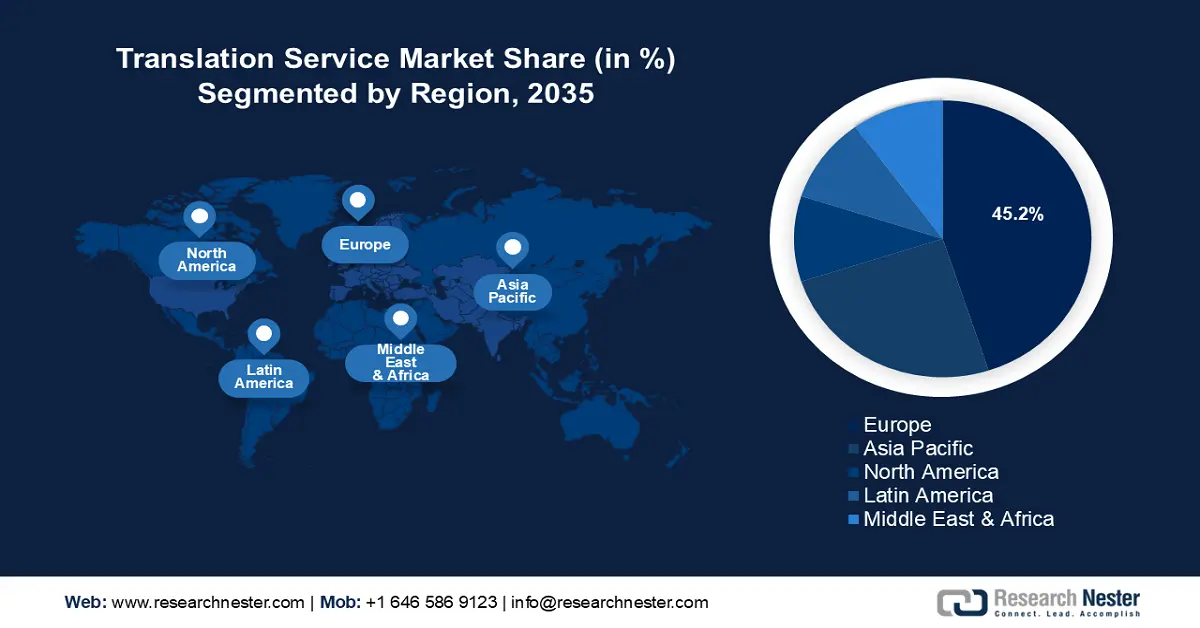
Key Translation Service Market Players:
- LanguageLine Solutions
- Company Overview
- Business Strategy
- Key Product Offerings
- Financial Performance
- Key Performance Indicators
- Risk Analysis
- Recent Development
- Regional Presence
- SWOT Analysis
- Lionbridge Technologies, LLC
- TransPerfect
- SDL
- GlobaLexicon
- Global Linguist Solutions
- TransPerfect Translations
- RWS Holdings PLC
- Welocalize
- Language Scientific
Key players in the translation service market, including local companies, global firms, and tech-driven startups, are driving the market through innovation, strategic collaborations, and diversification of services. Leading companies offer sector-focused translation services for industries like legal, healthcare, IT, and e-commerce. Moreover, players are expanding their localization services to adapt products, websites, and software for diverse cultural and linguistic contexts.
Some of the key players include:
Recent Developments
- In July 2024, TransPerfect, the world's largest provider of language and AI solutions for global business announced the launch of GlobalLink Live, an AI-powered interpretation and accessibility platform that allows users to interact with live speech through a combination of traditional interpretation and AI voice-to-voice translation.
- In June 2024, Lionbridge, a global leader in games, AI services, and translation and localization solutions, launched Aurora AI, a cutting-edge AI-powered content orchestration platform. Aurora AI provides a targeted approach to global content management and creation by integrating cutting-edge generative AI (GenAI) technology with intelligent human resource allocation.
- Report ID: 6849
- Published Date: Aug 13, 2025
- Report Format: PDF, PPT
- Get detailed insights on specific segments/region
- Inquire about report customization for your industry
- Learn about our special pricing for startups
- Request a demo of the report’s key findings
- Understand the report’s forecasting methodology
- Inquire about post-purchase support and updates
- Ask About Company-Level Intelligence Additions
Have specific data needs or budget constraints?
Frequently Asked Questions (FAQ)
Translation Service Market Report Scope
FREE Sample Copy includes market overview, growth trends, statistical charts & tables, forecast estimates, and much more.
Connect with our Expert
See how top U.S. companies are managing market uncertainty — get your free sample with trends, challenges, macroeconomic factors, charts, forecasts, and more.
Copyright @ 2025 Research Nester. All Rights Reserved.

 Inquiry Before Buying
Inquiry Before Buying
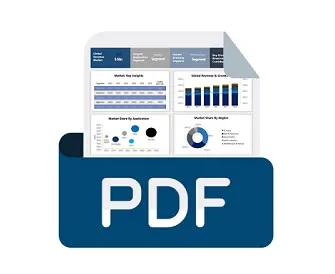

 Afghanistan (+93)
Afghanistan (+93)
 Åland Islands (+358)
Åland Islands (+358)
 Albania (+355)
Albania (+355)
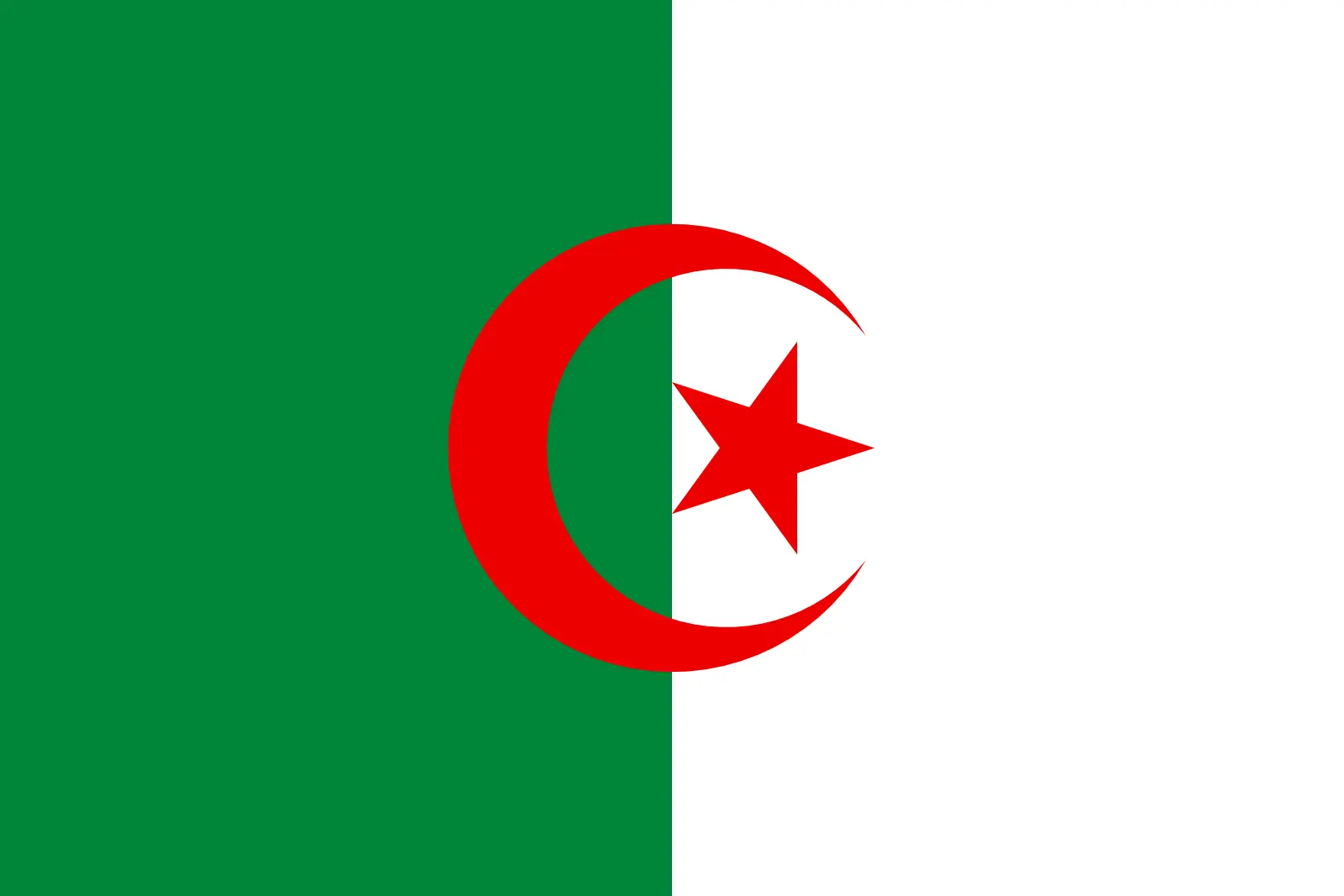 Algeria (+213)
Algeria (+213)
 American Samoa (+1684)
American Samoa (+1684)
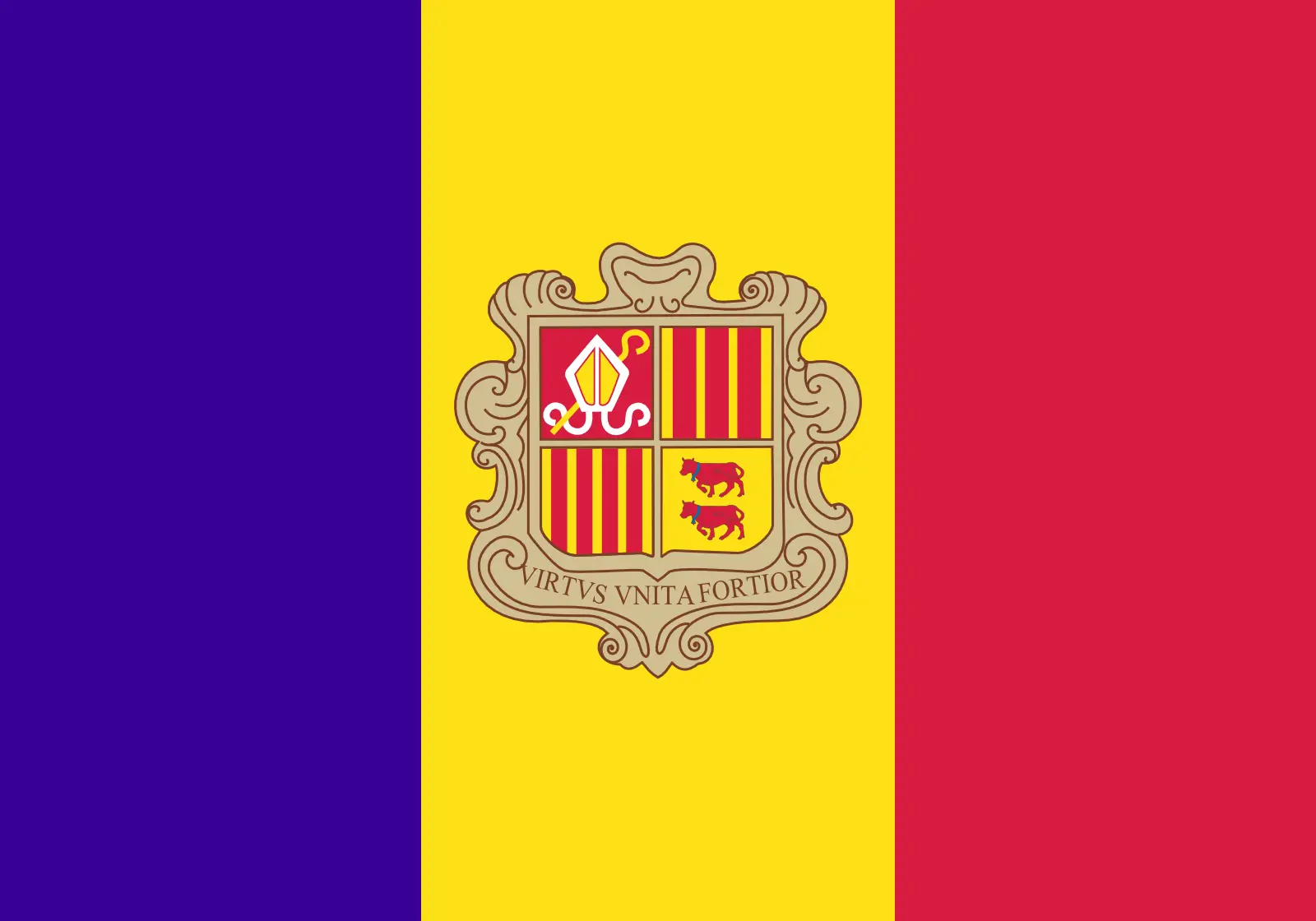 Andorra (+376)
Andorra (+376)
 Angola (+244)
Angola (+244)
 Anguilla (+1264)
Anguilla (+1264)
 Antarctica (+672)
Antarctica (+672)
 Antigua and Barbuda (+1268)
Antigua and Barbuda (+1268)
 Argentina (+54)
Argentina (+54)
 Armenia (+374)
Armenia (+374)
 Aruba (+297)
Aruba (+297)
 Australia (+61)
Australia (+61)
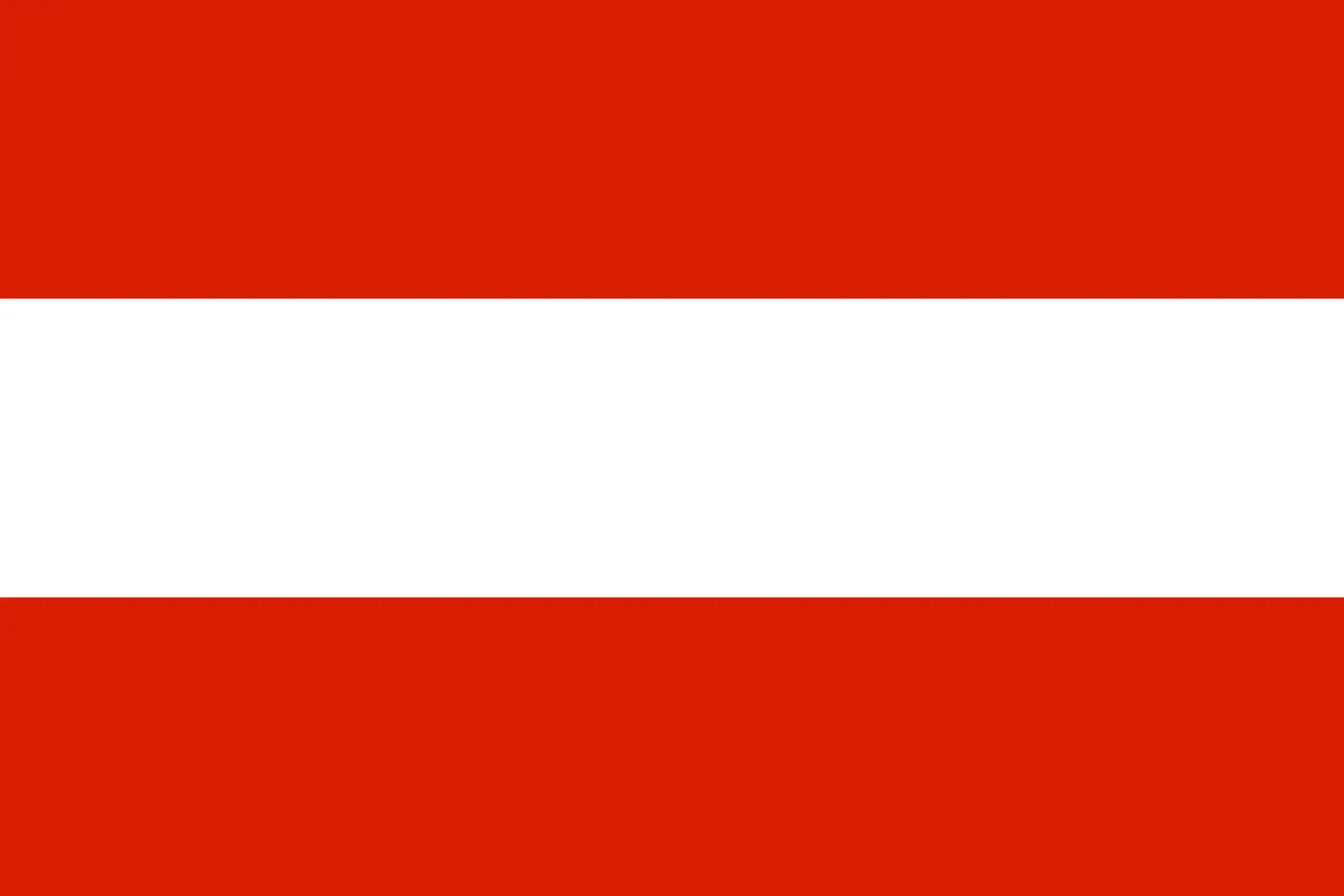 Austria (+43)
Austria (+43)
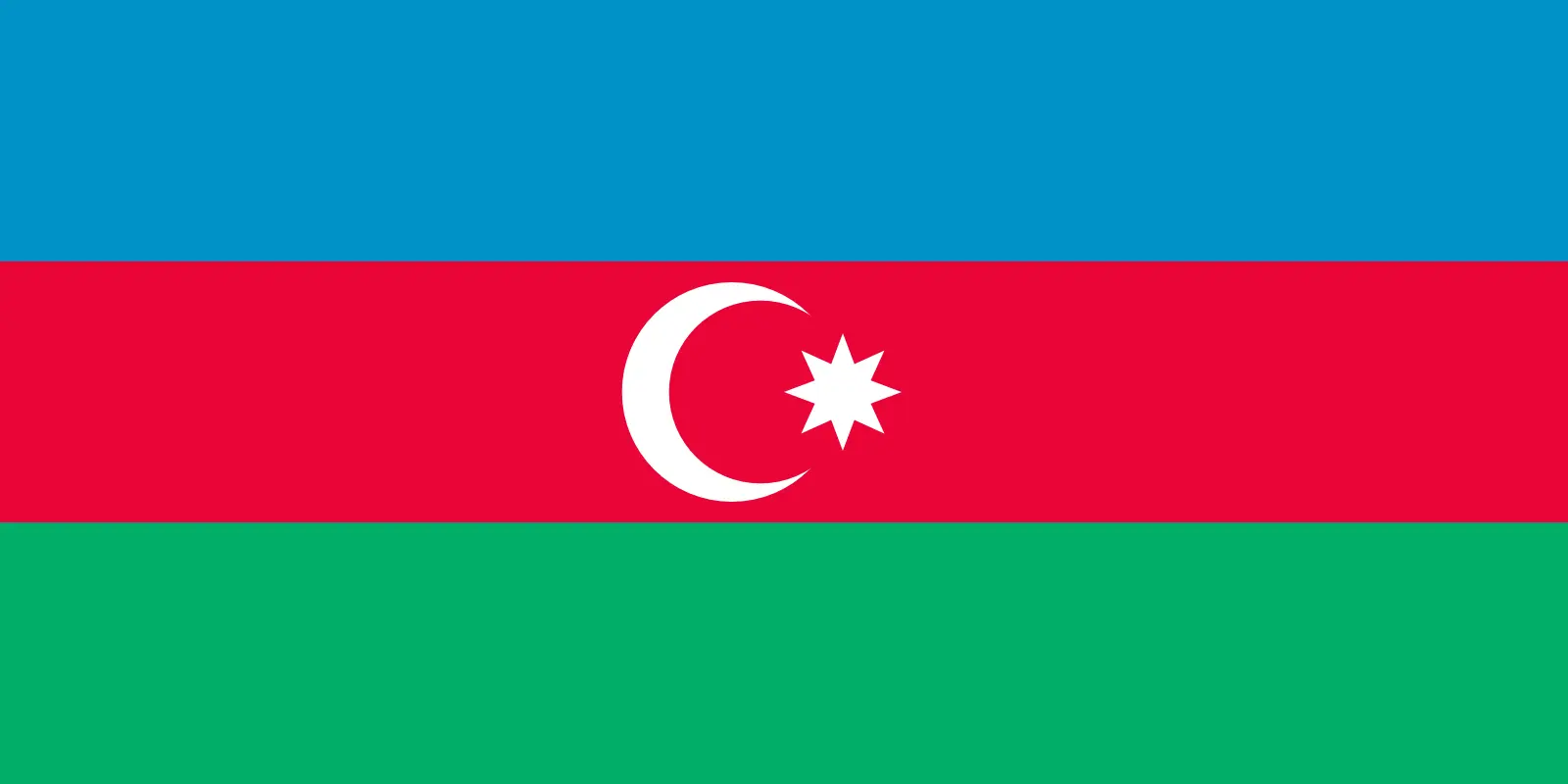 Azerbaijan (+994)
Azerbaijan (+994)
 Bahamas (+1242)
Bahamas (+1242)
 Bahrain (+973)
Bahrain (+973)
 Bangladesh (+880)
Bangladesh (+880)
 Barbados (+1246)
Barbados (+1246)
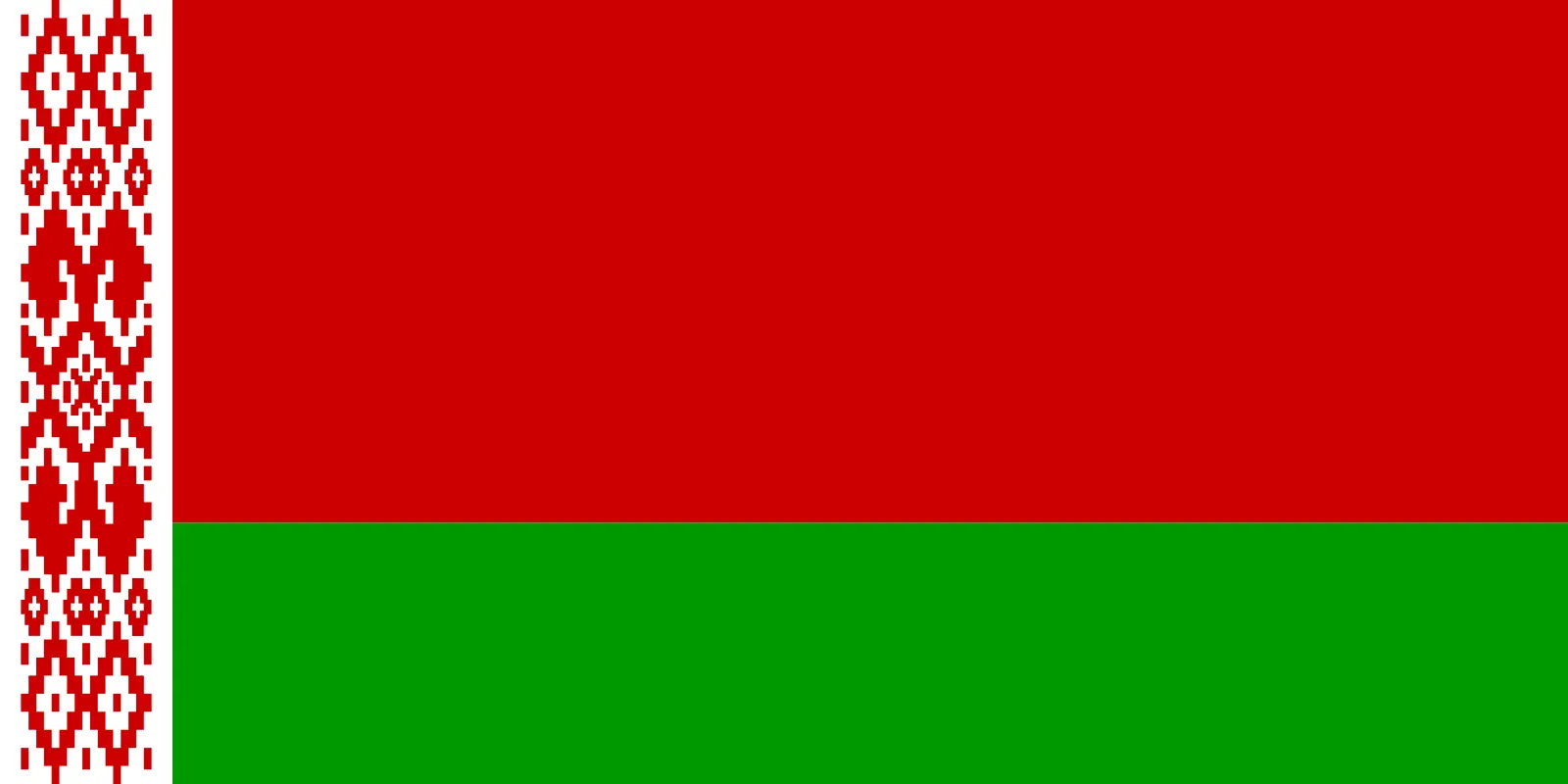 Belarus (+375)
Belarus (+375)
 Belgium (+32)
Belgium (+32)
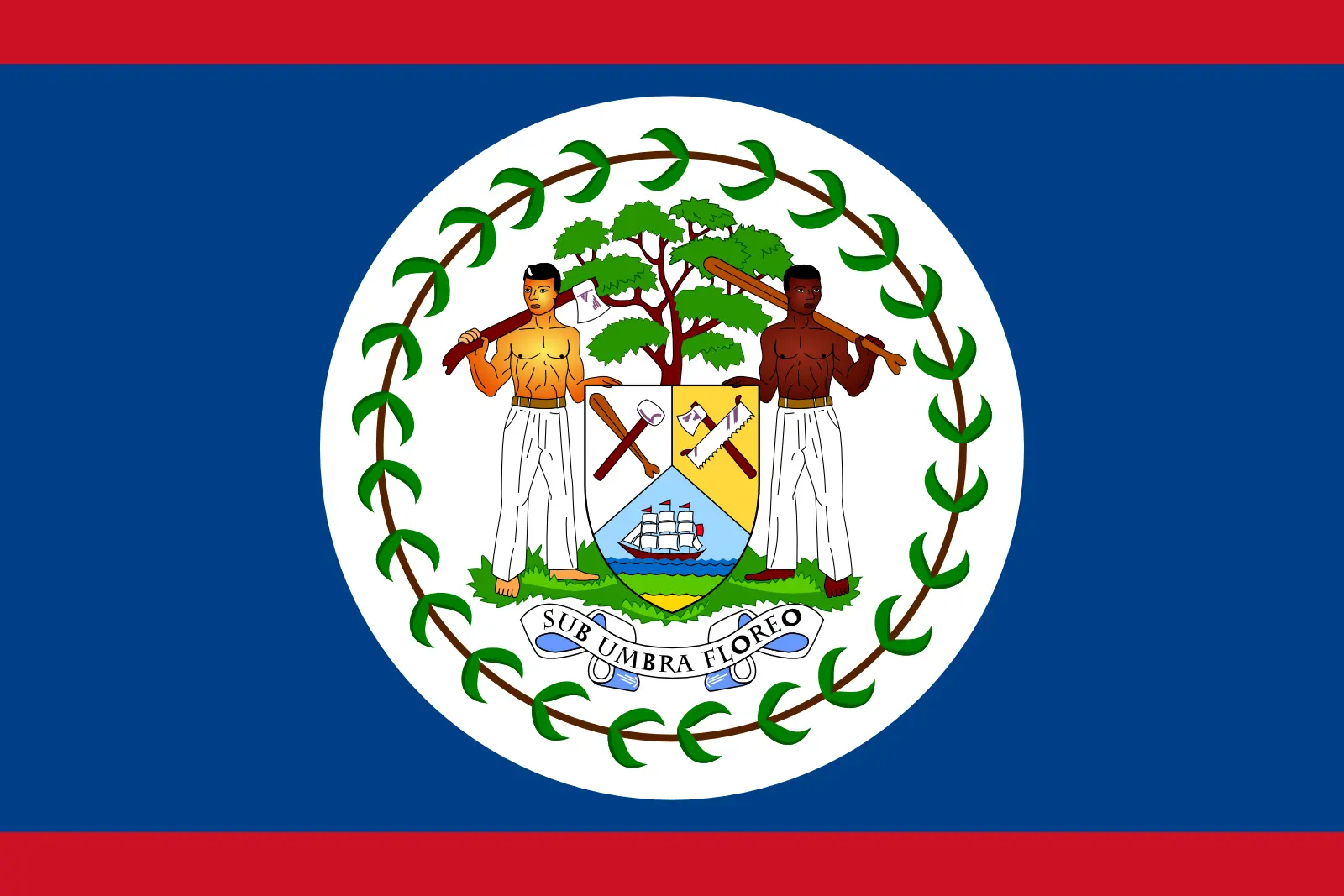 Belize (+501)
Belize (+501)
 Benin (+229)
Benin (+229)
 Bermuda (+1441)
Bermuda (+1441)
 Bhutan (+975)
Bhutan (+975)
 Bolivia (+591)
Bolivia (+591)
 Bosnia and Herzegovina (+387)
Bosnia and Herzegovina (+387)
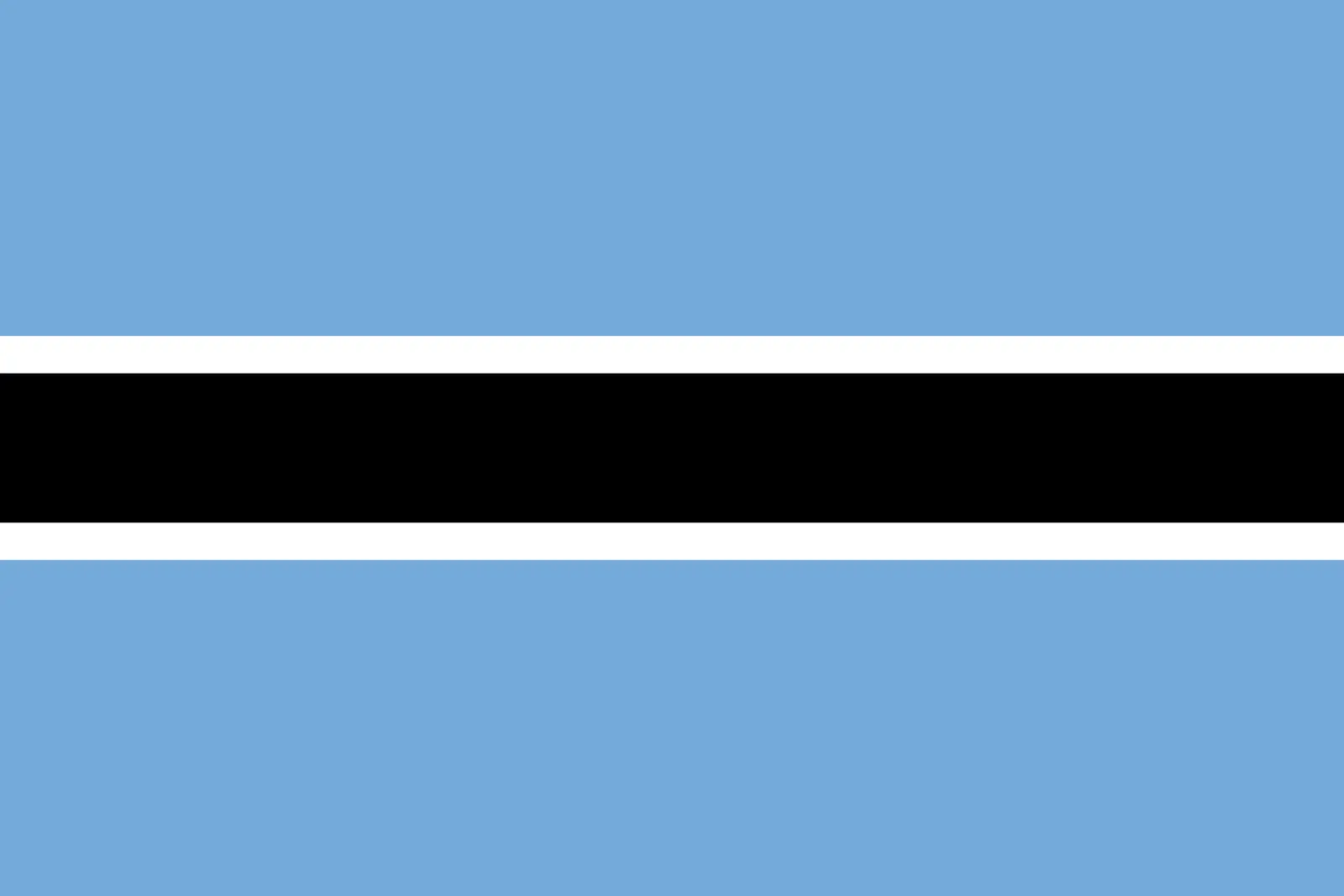 Botswana (+267)
Botswana (+267)
 Bouvet Island (+)
Bouvet Island (+)
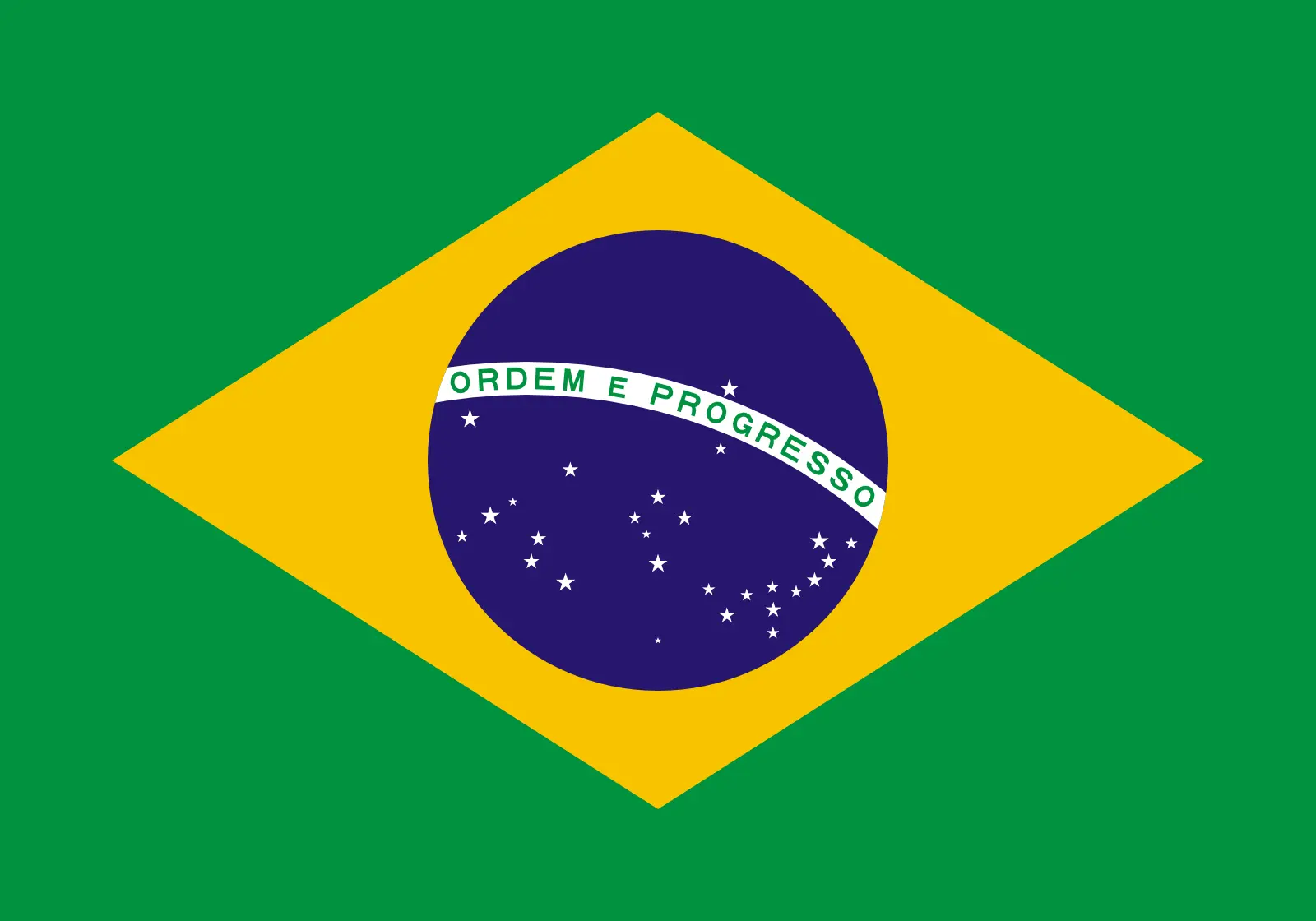 Brazil (+55)
Brazil (+55)
 British Indian Ocean Territory (+246)
British Indian Ocean Territory (+246)
 British Virgin Islands (+1284)
British Virgin Islands (+1284)
 Brunei (+673)
Brunei (+673)
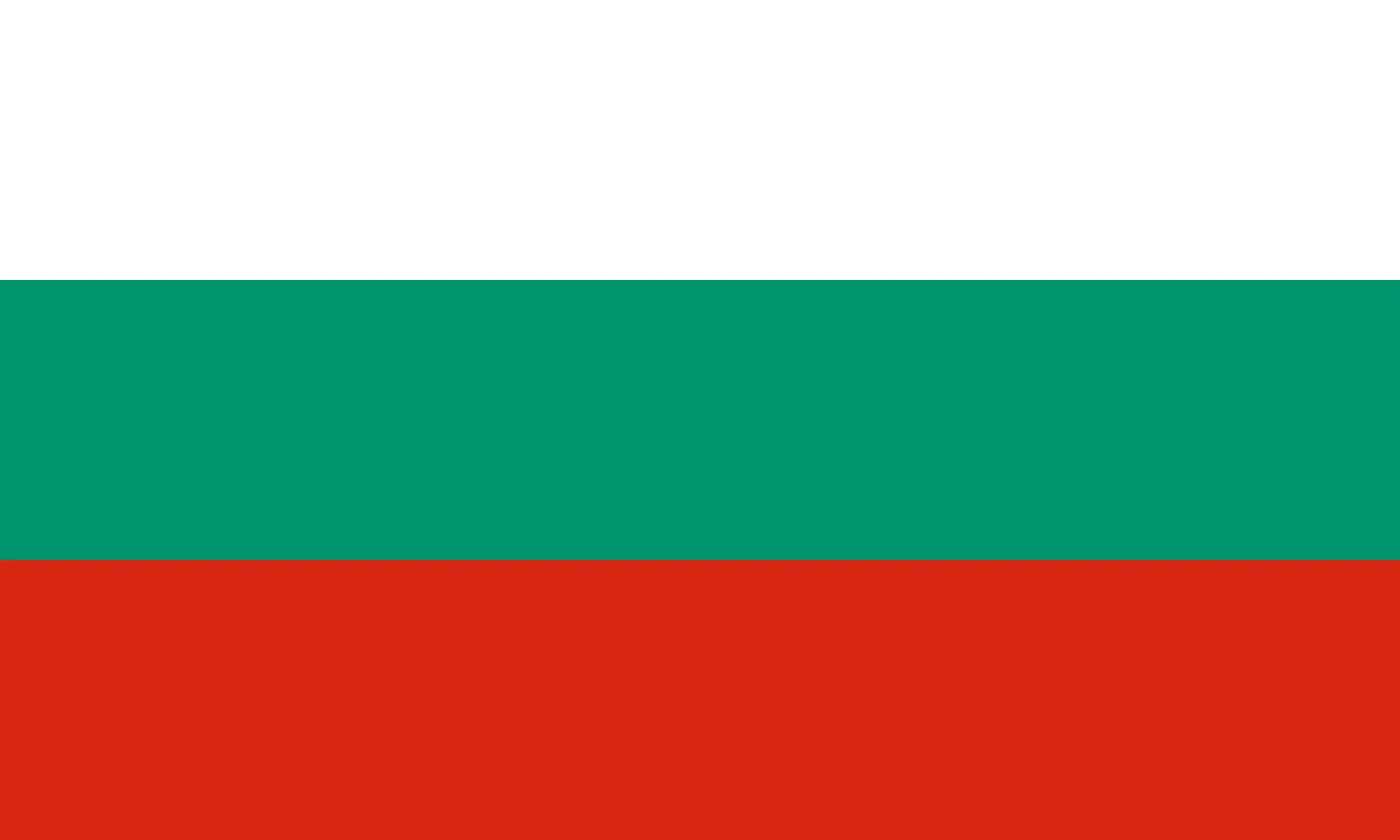 Bulgaria (+359)
Bulgaria (+359)
 Burkina Faso (+226)
Burkina Faso (+226)
 Burundi (+257)
Burundi (+257)
 Cambodia (+855)
Cambodia (+855)
 Cameroon (+237)
Cameroon (+237)
 Canada (+1)
Canada (+1)
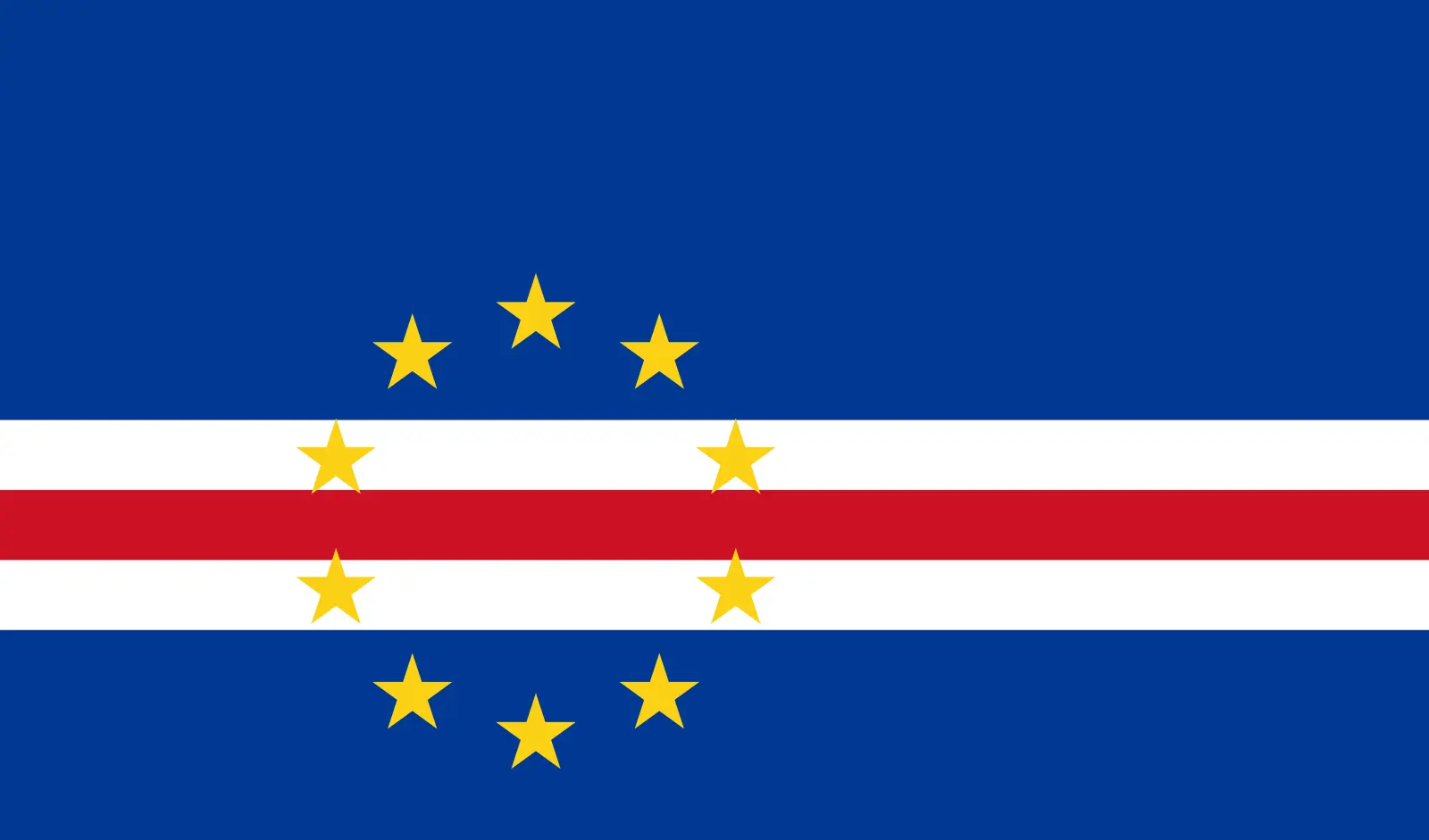 Cape Verde (+238)
Cape Verde (+238)
 Cayman Islands (+1345)
Cayman Islands (+1345)
 Central African Republic (+236)
Central African Republic (+236)
 Chad (+235)
Chad (+235)
 Chile (+56)
Chile (+56)
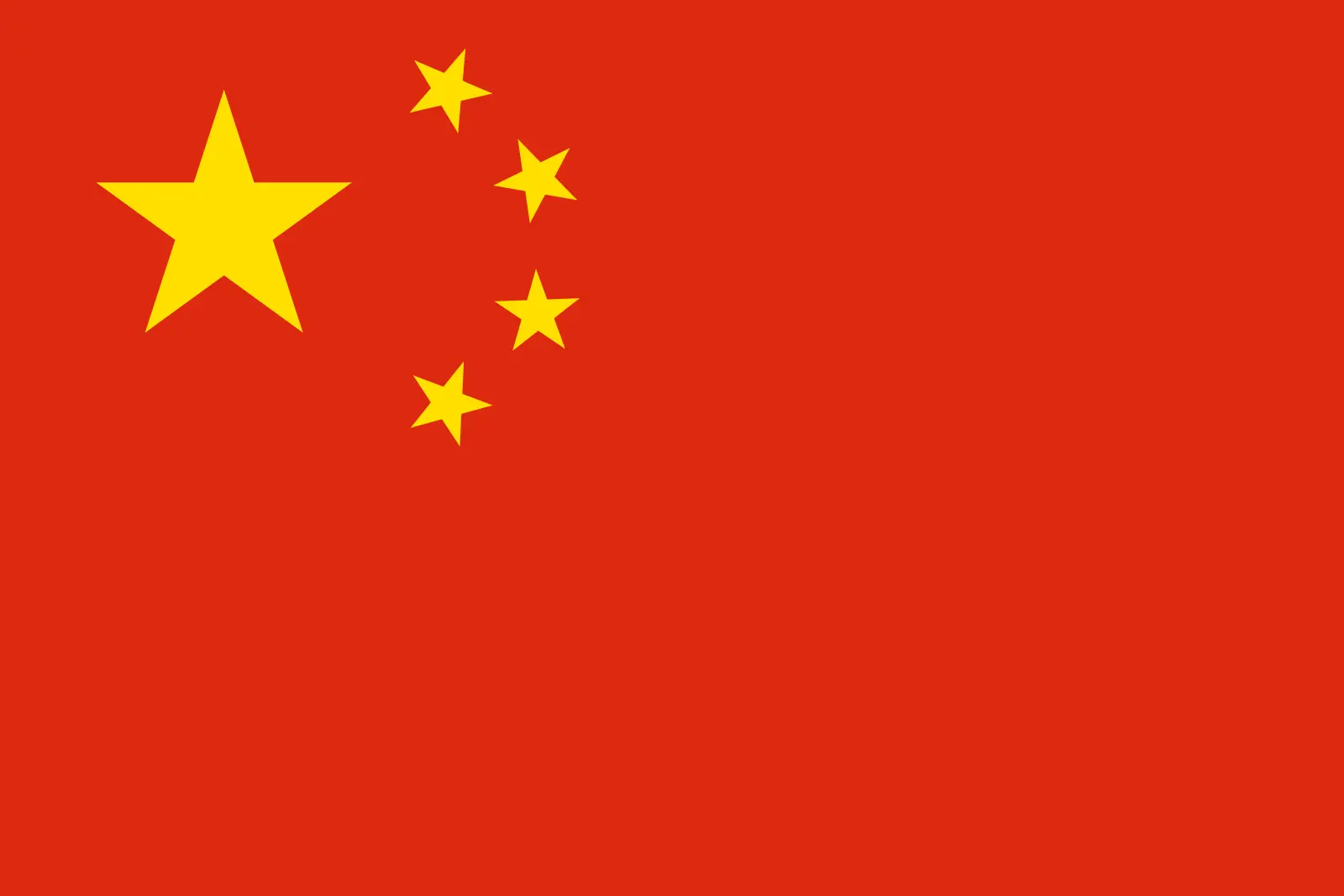 China (+86)
China (+86)
 Christmas Island (+61)
Christmas Island (+61)
 Cocos (Keeling) Islands (+61)
Cocos (Keeling) Islands (+61)
 Colombia (+57)
Colombia (+57)
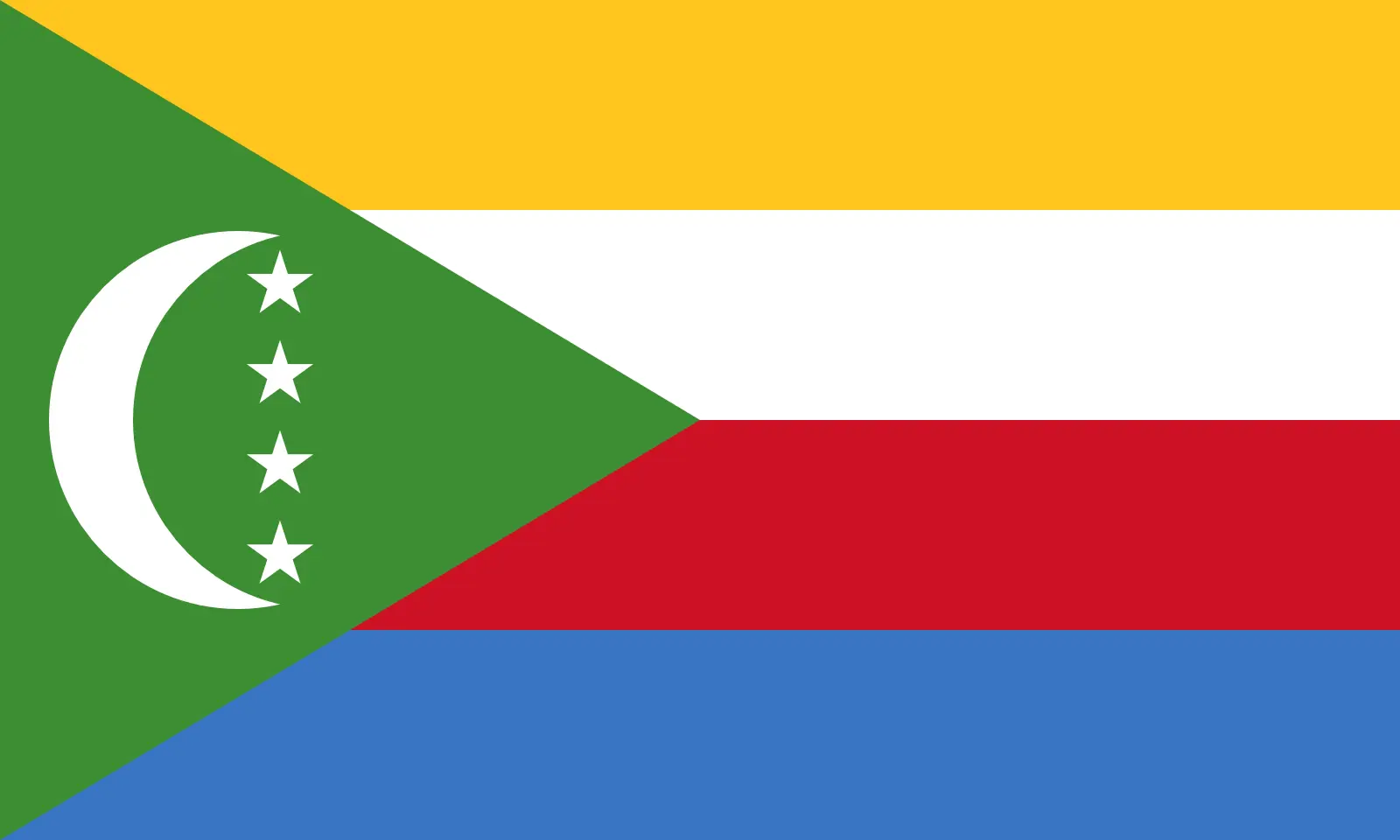 Comoros (+269)
Comoros (+269)
 Cook Islands (+682)
Cook Islands (+682)
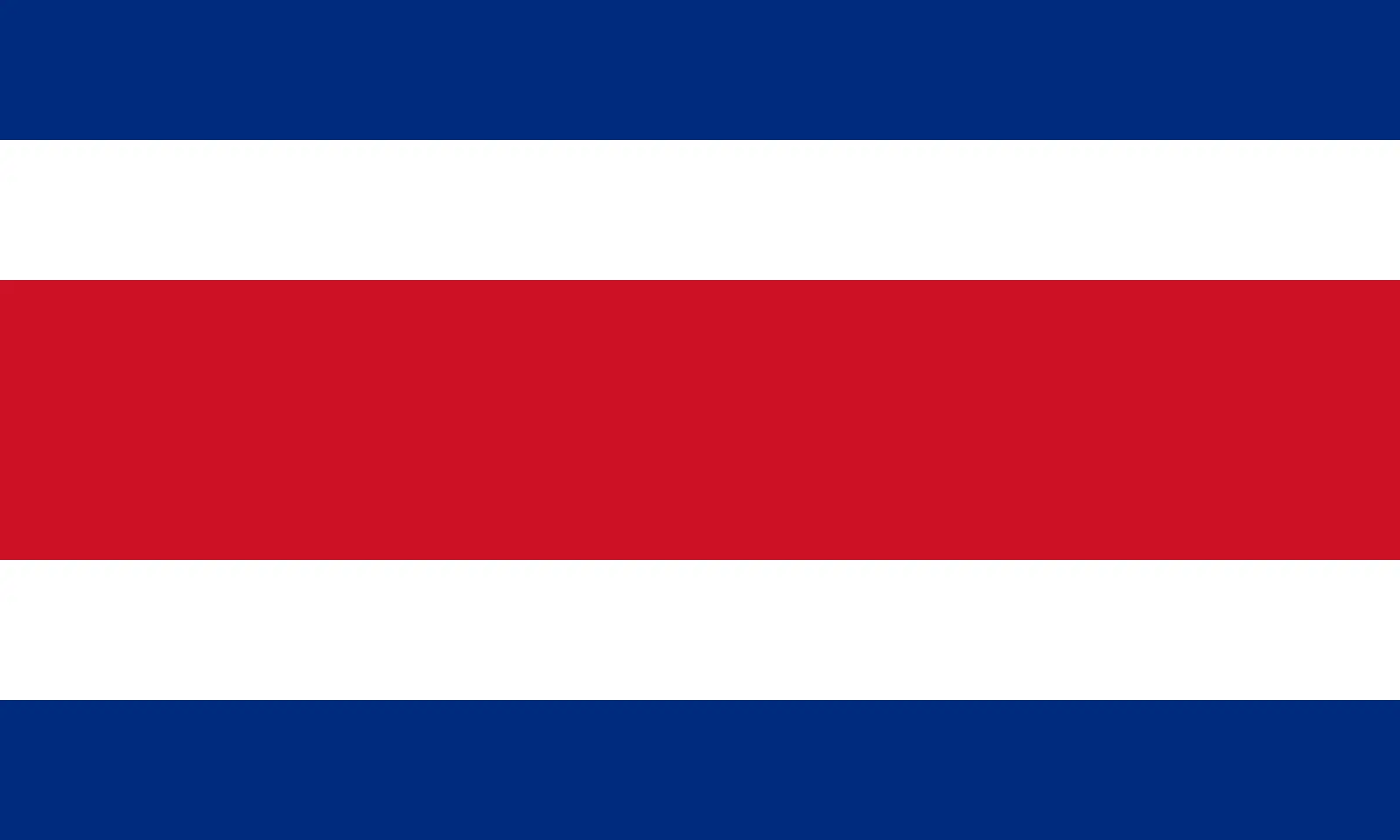 Costa Rica (+506)
Costa Rica (+506)
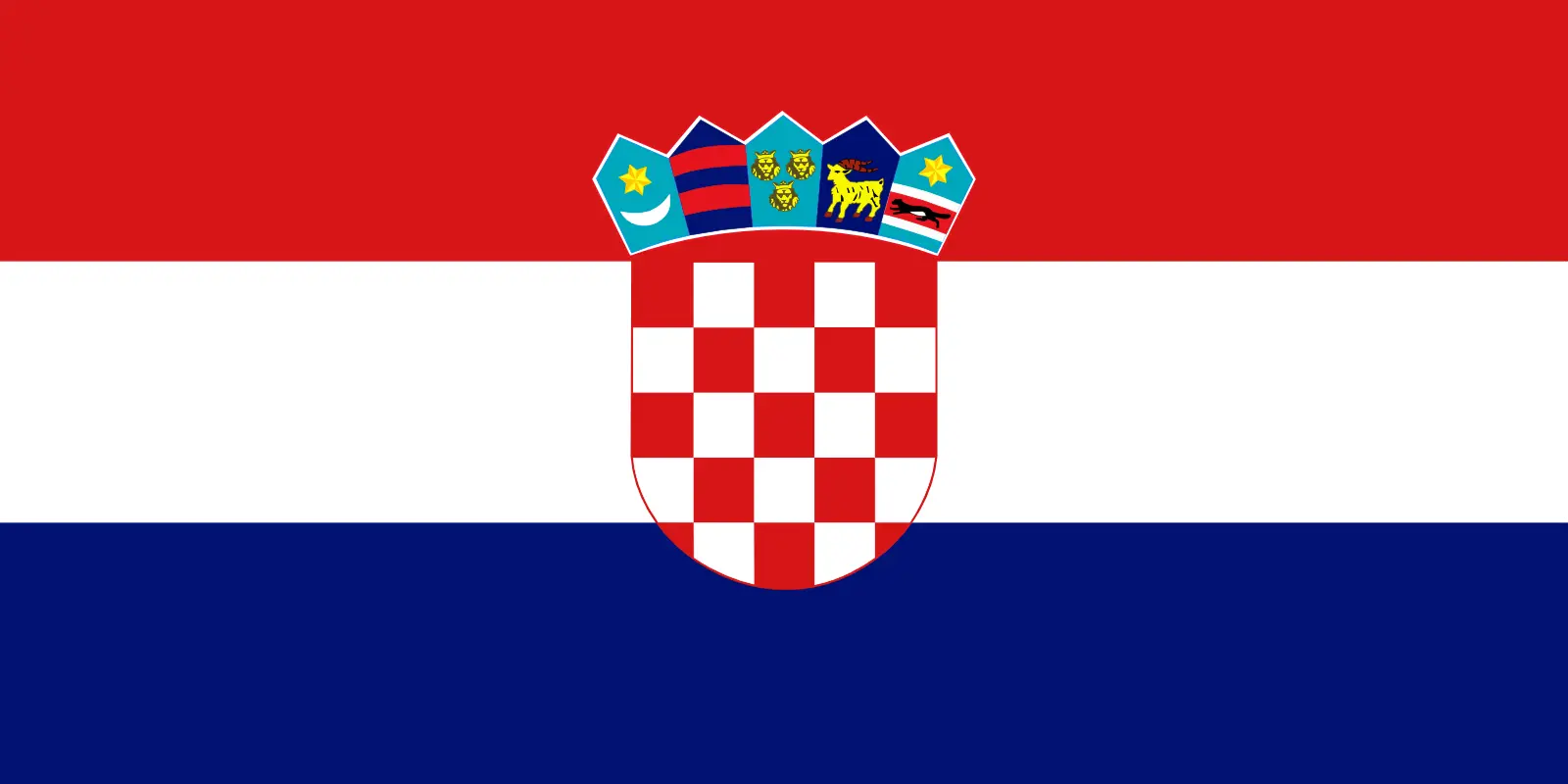 Croatia (+385)
Croatia (+385)
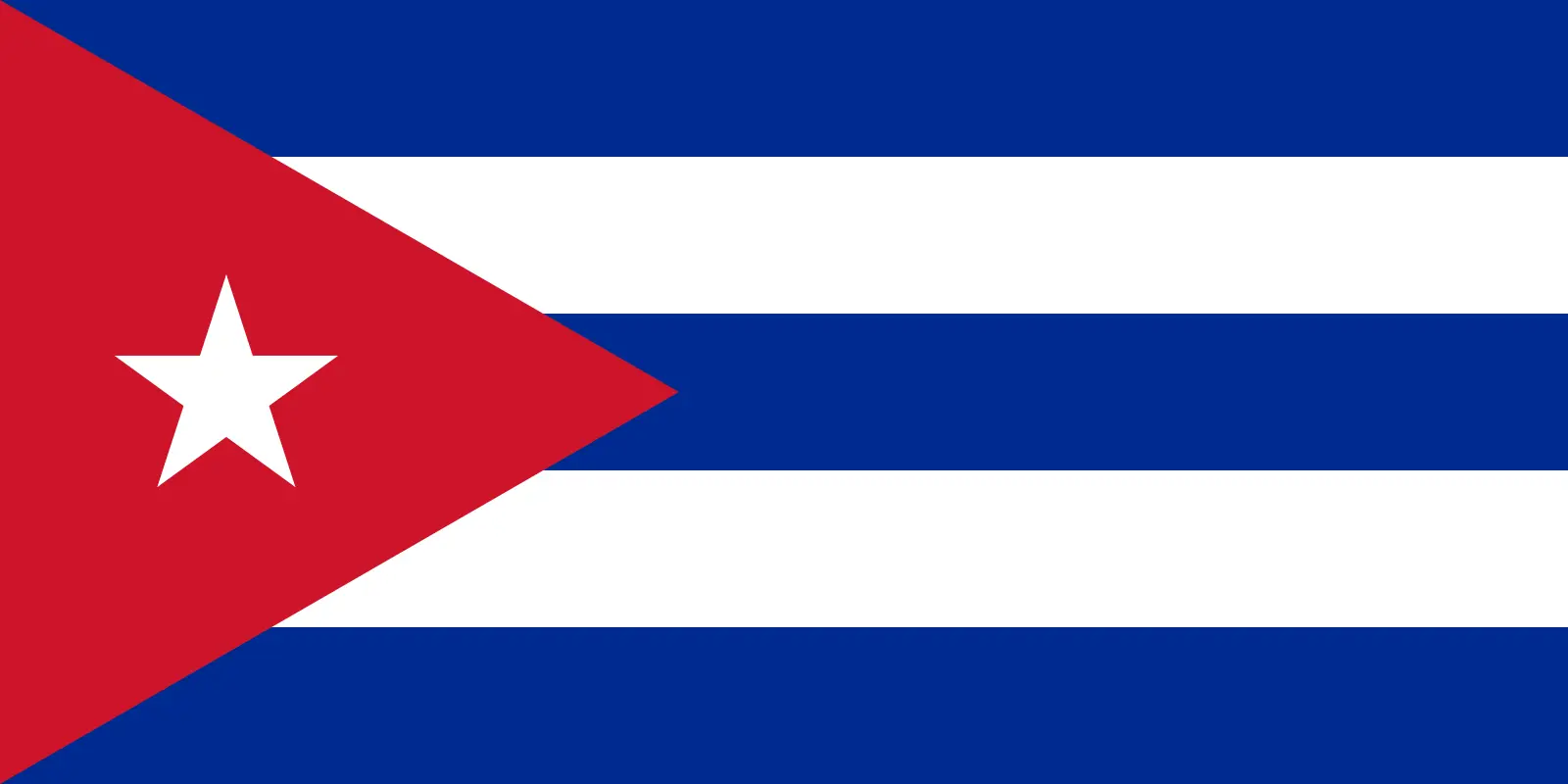 Cuba (+53)
Cuba (+53)
 Curaçao (+599)
Curaçao (+599)
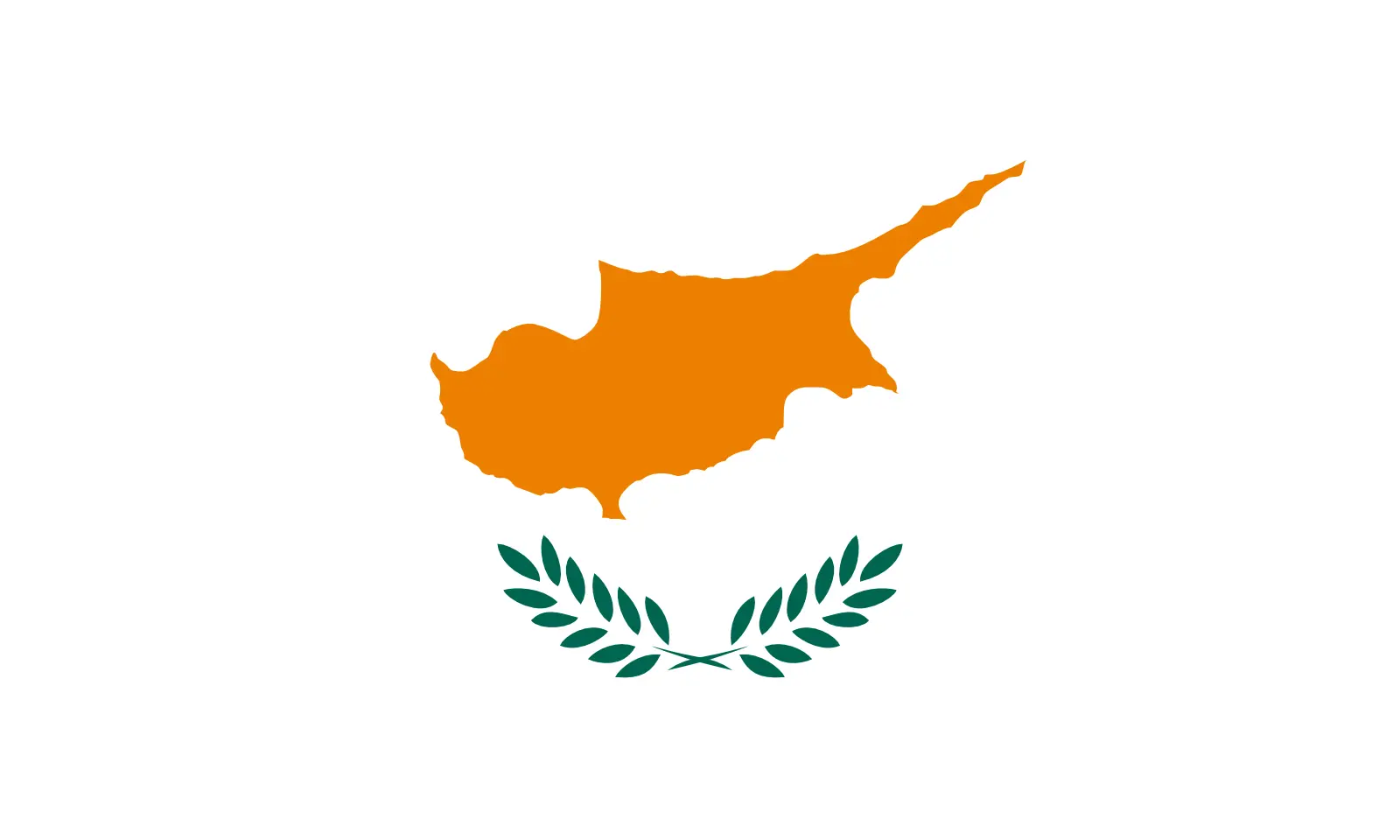 Cyprus (+357)
Cyprus (+357)
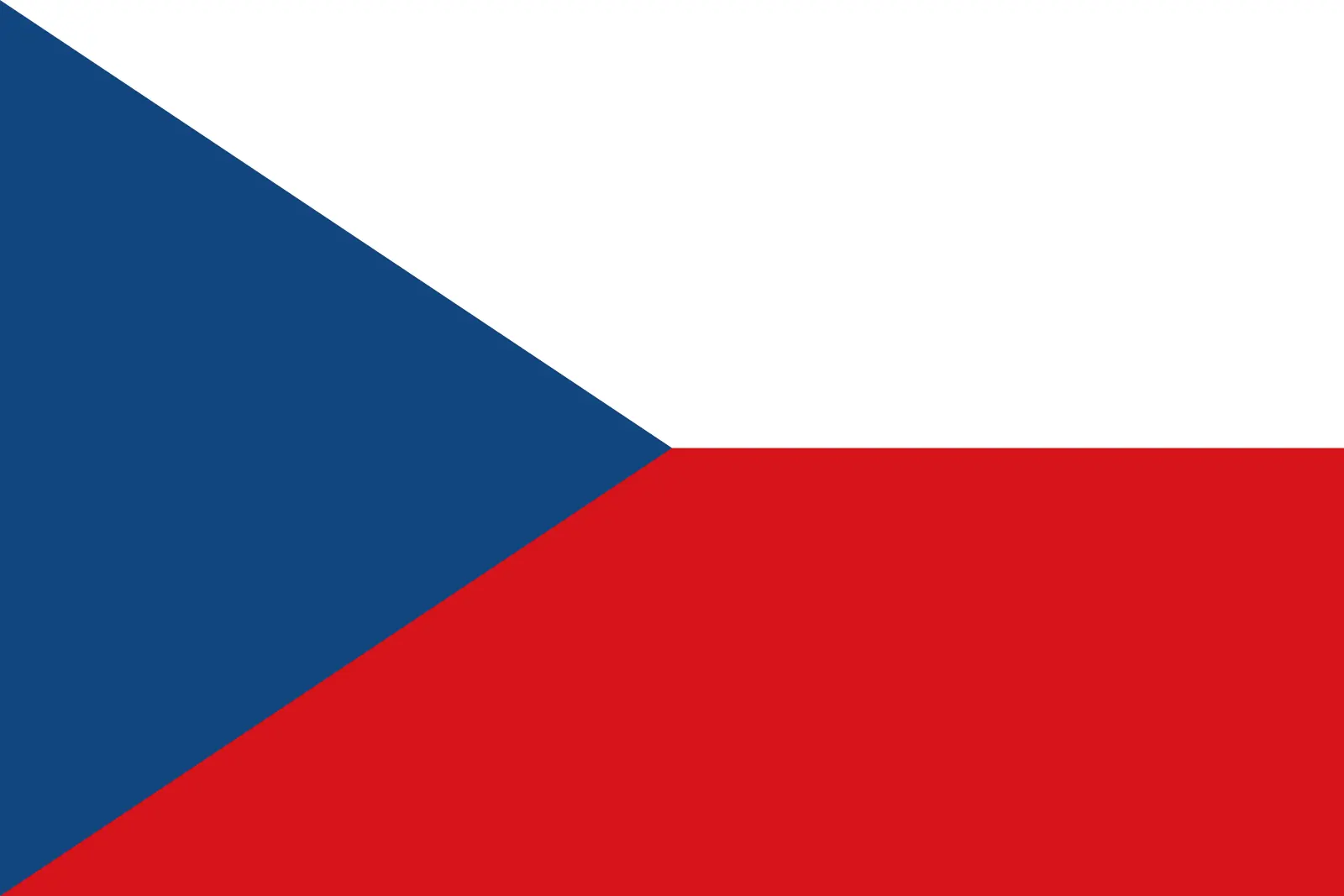 Czechia (+420)
Czechia (+420)
 Democratic Republic of the Congo (+243)
Democratic Republic of the Congo (+243)
 Denmark (+45)
Denmark (+45)
 Djibouti (+253)
Djibouti (+253)
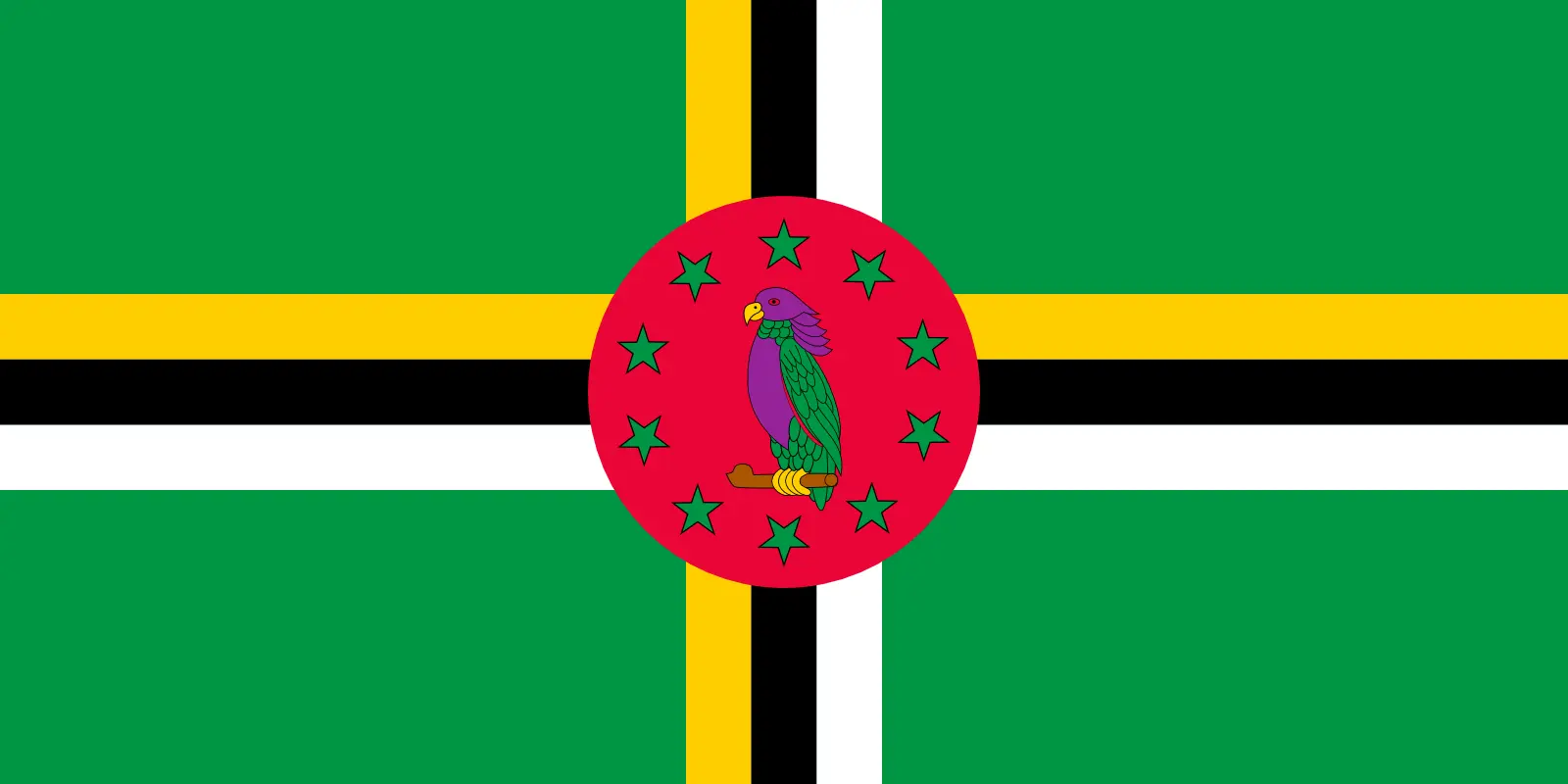 Dominica (+1767)
Dominica (+1767)
 Dominican Republic (+1809)
Dominican Republic (+1809)
 Timor-Leste (+670)
Timor-Leste (+670)
 Ecuador (+593)
Ecuador (+593)
 Egypt (+20)
Egypt (+20)
 El Salvador (+503)
El Salvador (+503)
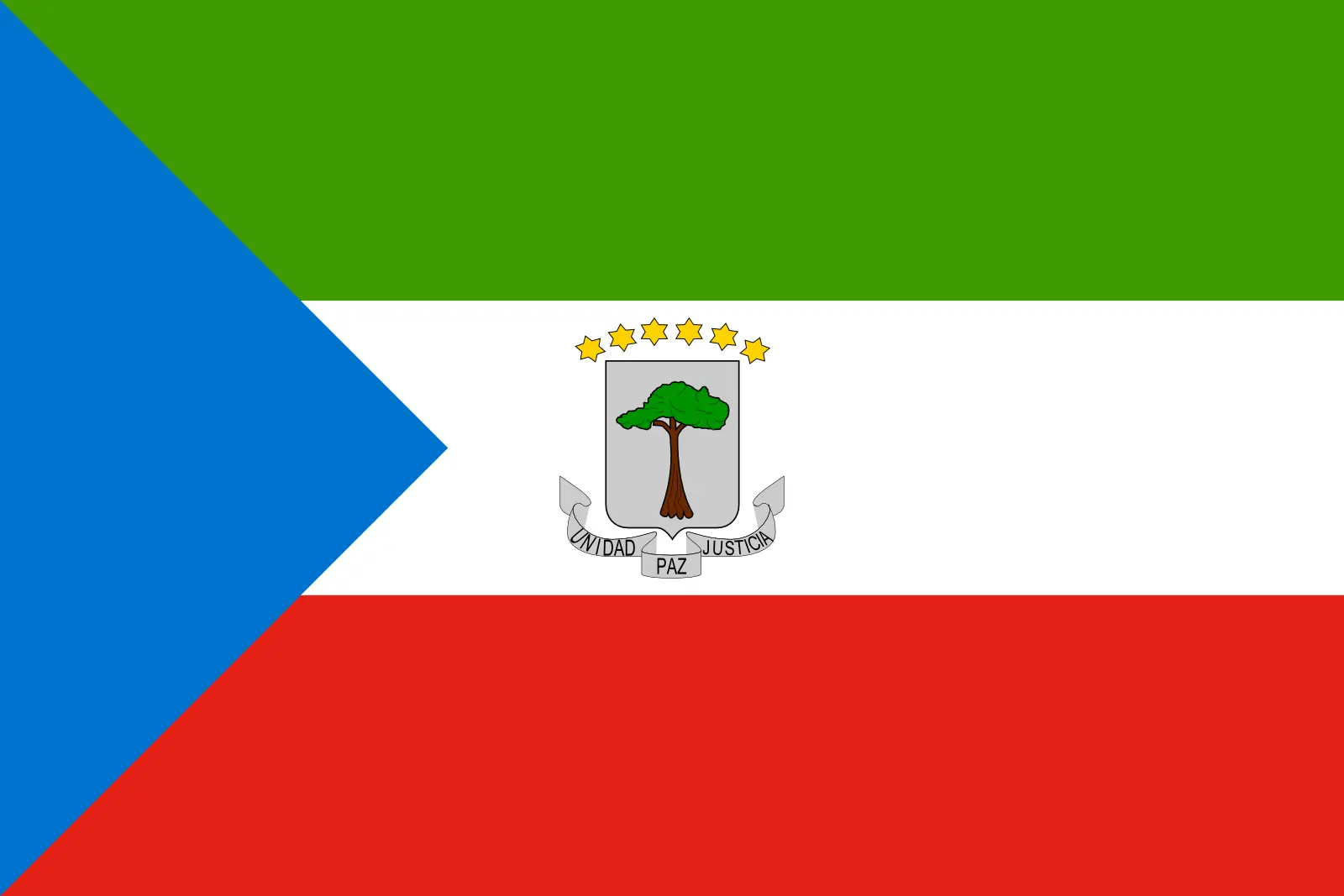 Equatorial Guinea (+240)
Equatorial Guinea (+240)
 Eritrea (+291)
Eritrea (+291)
 Estonia (+372)
Estonia (+372)
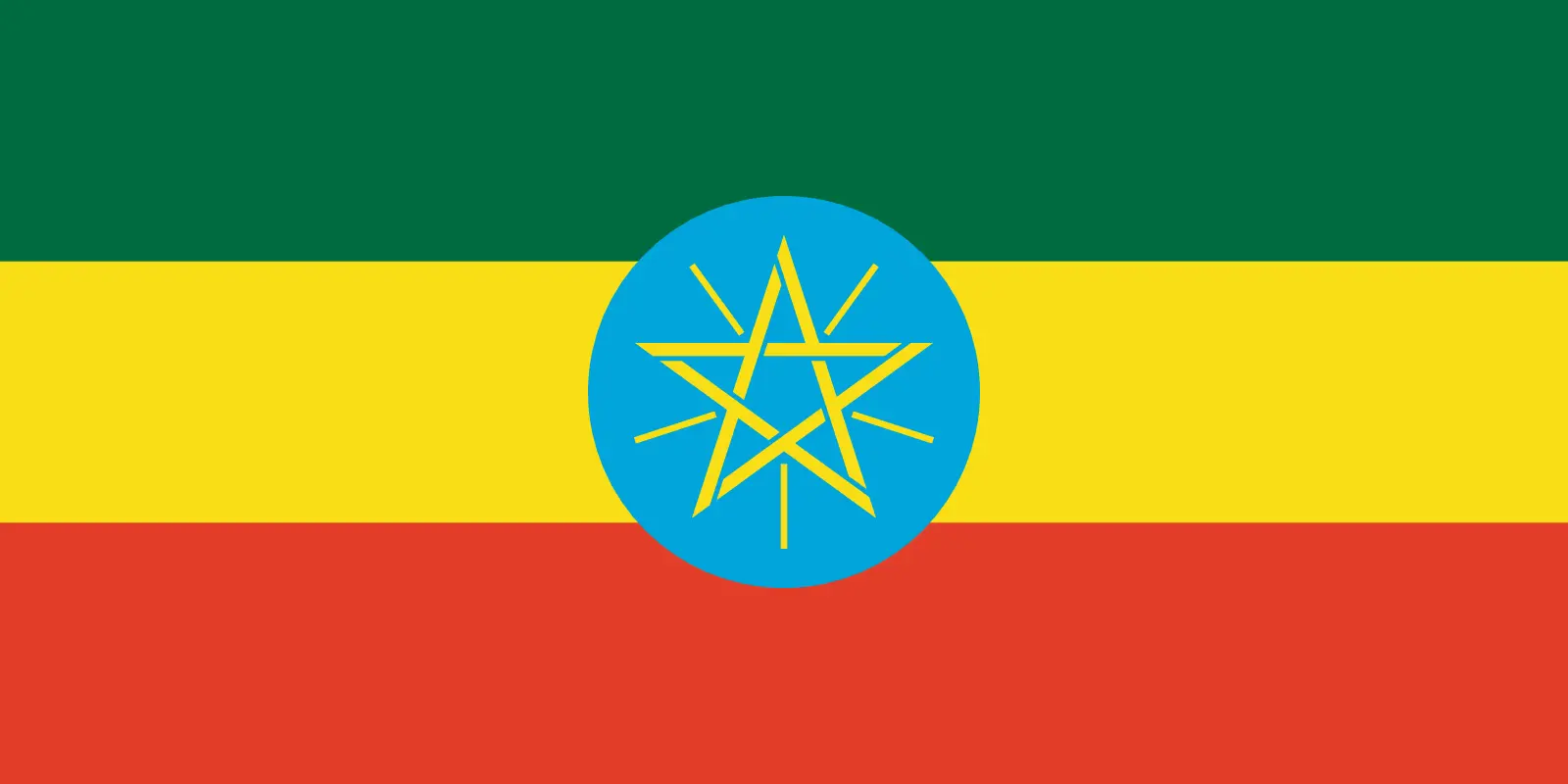 Ethiopia (+251)
Ethiopia (+251)
 Falkland Islands (+500)
Falkland Islands (+500)
 Faroe Islands (+298)
Faroe Islands (+298)
 Fiji (+679)
Fiji (+679)
 Finland (+358)
Finland (+358)
 France (+33)
France (+33)
 Gabon (+241)
Gabon (+241)
 Gambia (+220)
Gambia (+220)
 Georgia (+995)
Georgia (+995)
 Germany (+49)
Germany (+49)
 Ghana (+233)
Ghana (+233)
 Gibraltar (+350)
Gibraltar (+350)
 Greece (+30)
Greece (+30)
 Greenland (+299)
Greenland (+299)
 Grenada (+1473)
Grenada (+1473)
 Guadeloupe (+590)
Guadeloupe (+590)
 Guam (+1671)
Guam (+1671)
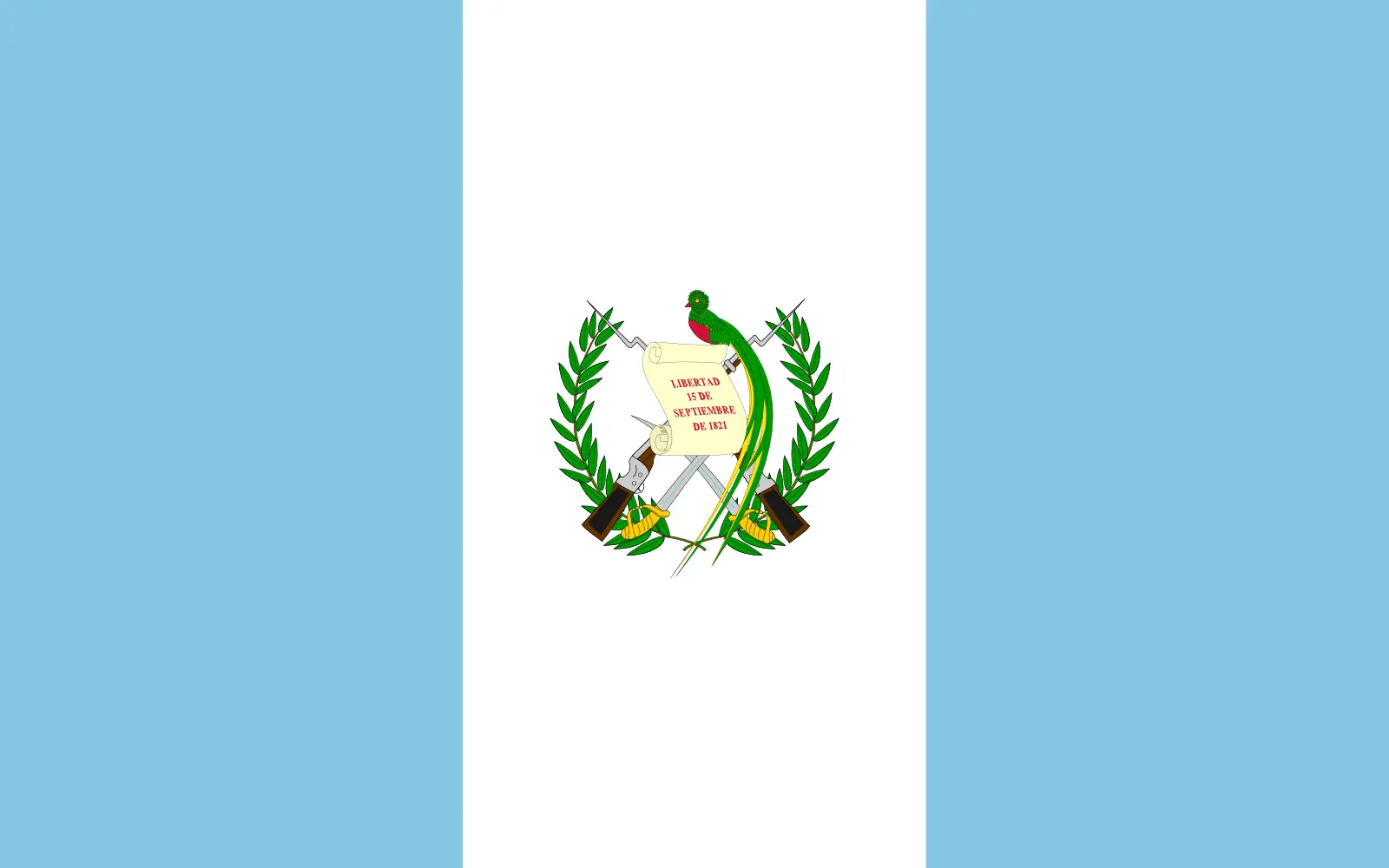 Guatemala (+502)
Guatemala (+502)
 Guinea (+224)
Guinea (+224)
 Guinea-Bissau (+245)
Guinea-Bissau (+245)
 Guyana (+592)
Guyana (+592)
 Haiti (+509)
Haiti (+509)
 Honduras (+504)
Honduras (+504)
 Hong Kong (+852)
Hong Kong (+852)
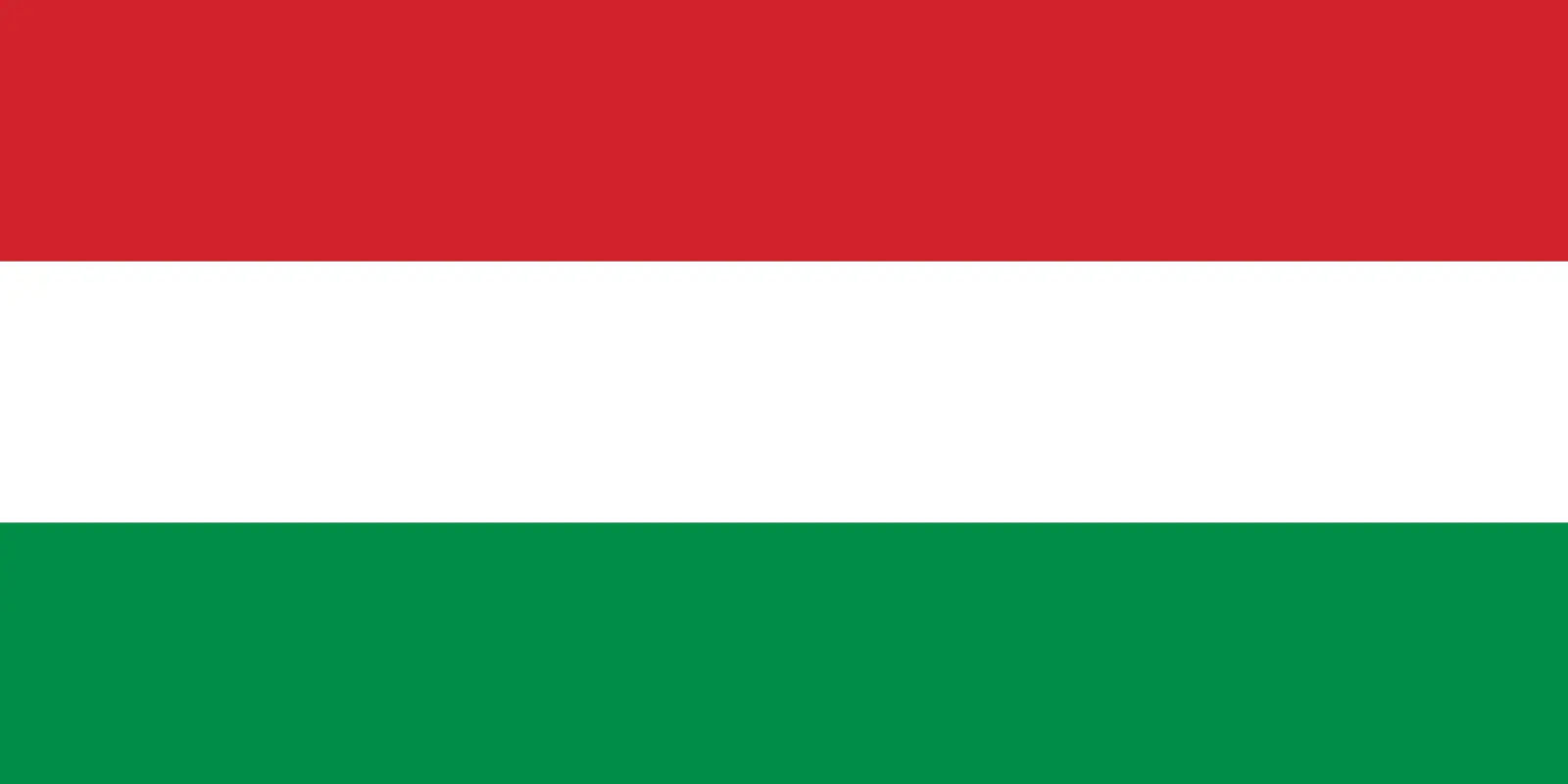 Hungary (+36)
Hungary (+36)
 Iceland (+354)
Iceland (+354)
 India (+91)
India (+91)
 Indonesia (+62)
Indonesia (+62)
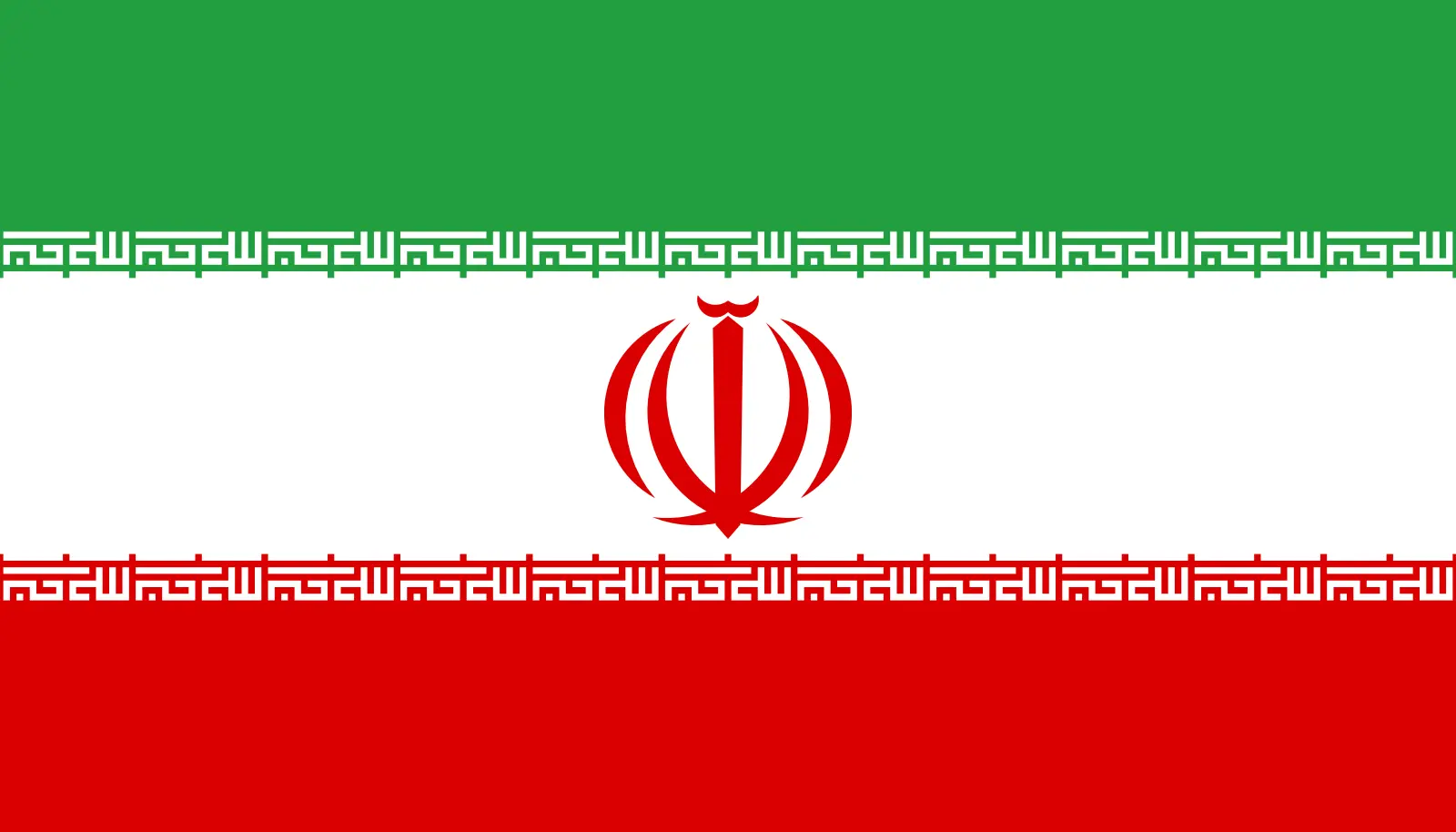 Iran (+98)
Iran (+98)
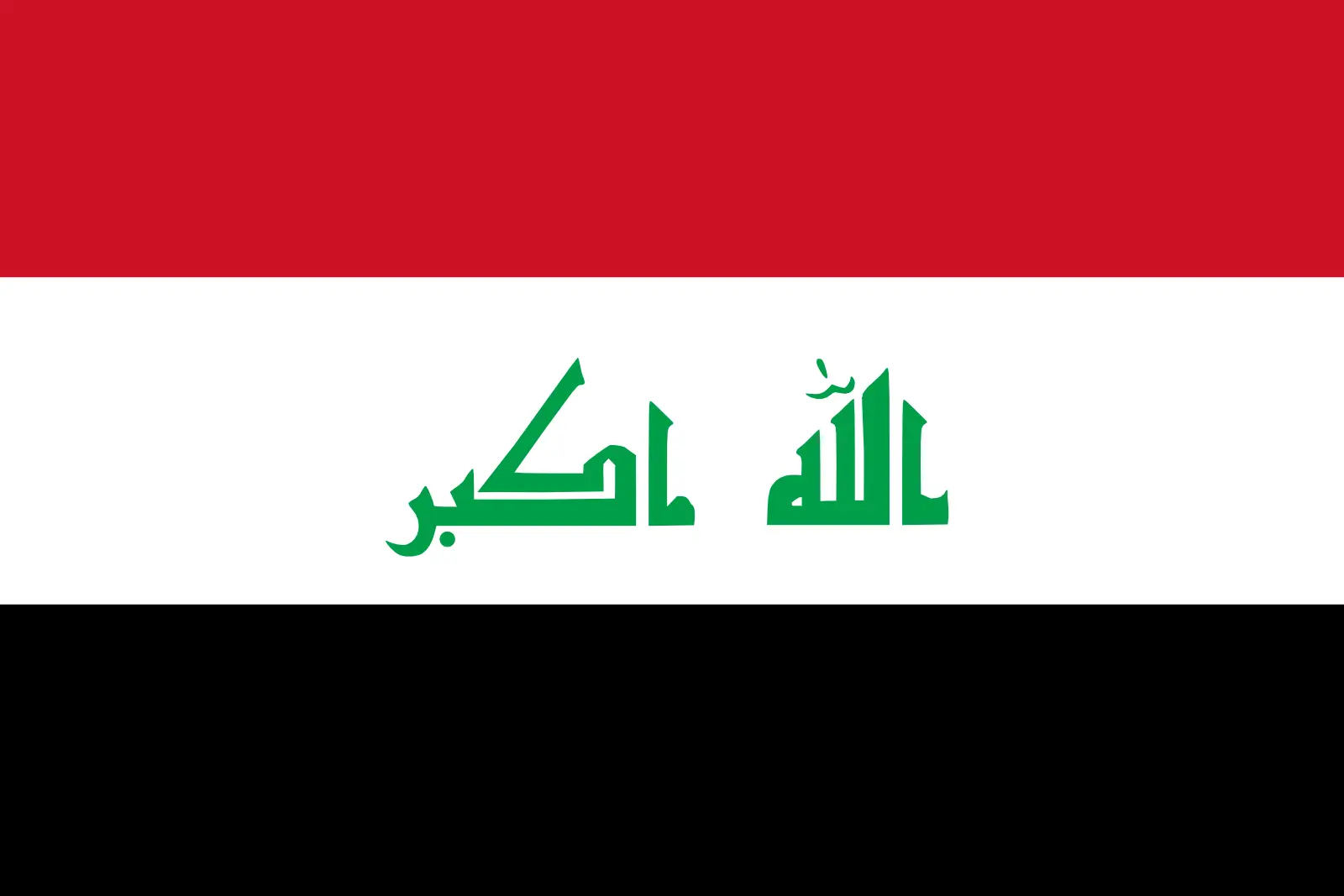 Iraq (+964)
Iraq (+964)
 Ireland (+353)
Ireland (+353)
 Isle of Man (+44)
Isle of Man (+44)
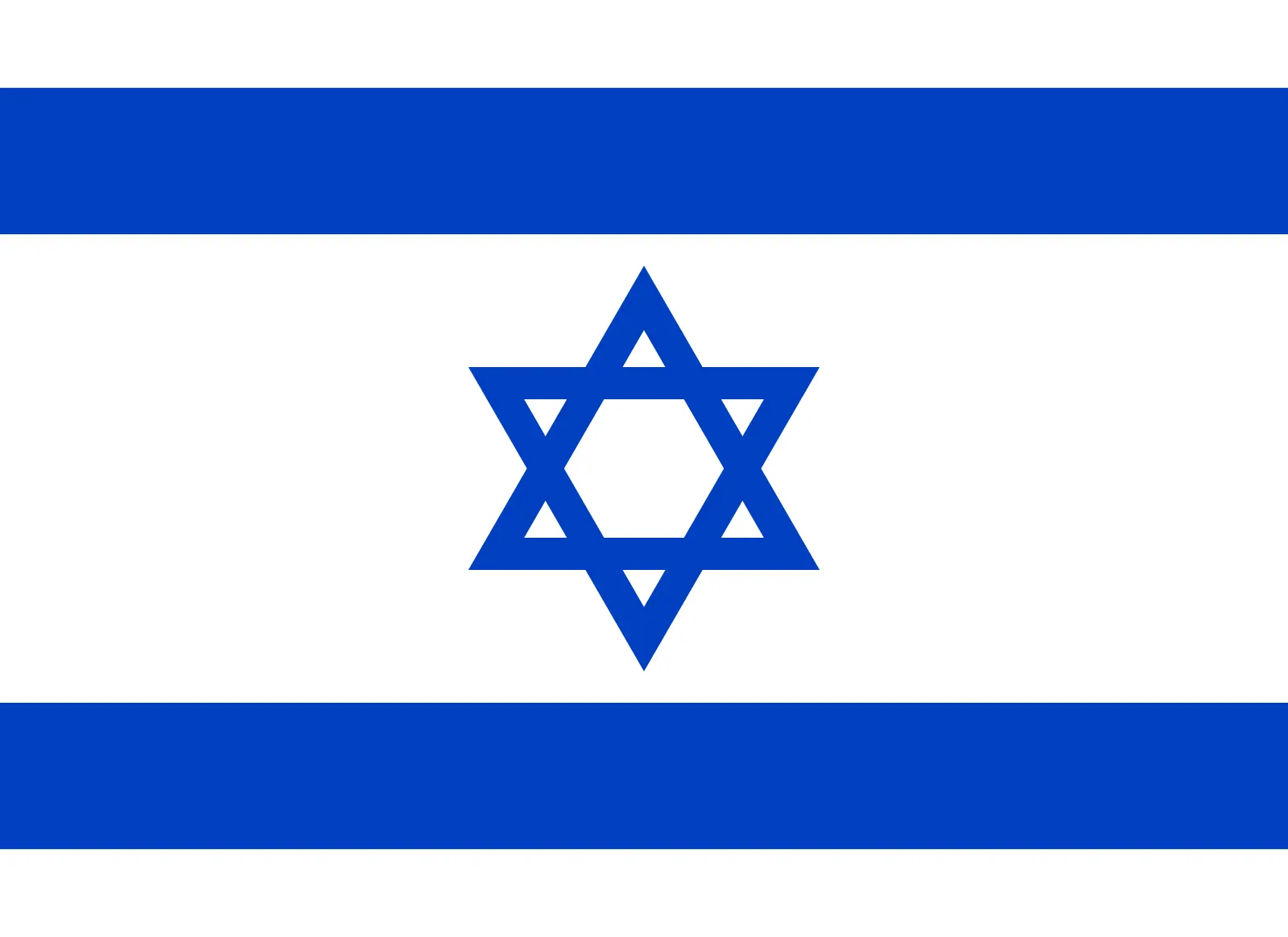 Israel (+972)
Israel (+972)
 Italy (+39)
Italy (+39)
 Jamaica (+1876)
Jamaica (+1876)
 Japan (+81)
Japan (+81)
 Jersey (+44)
Jersey (+44)
 Jordan (+962)
Jordan (+962)
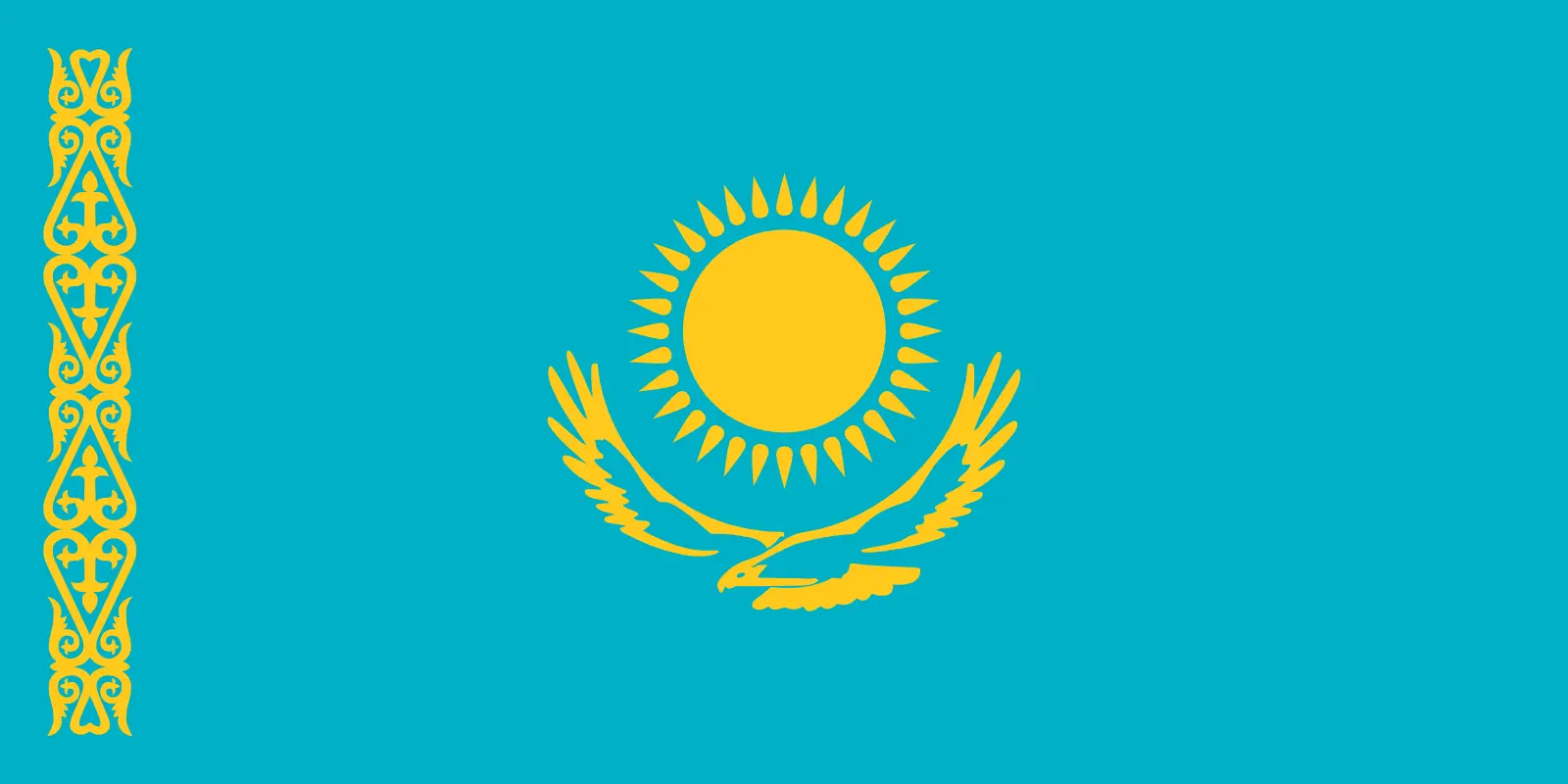 Kazakhstan (+7)
Kazakhstan (+7)
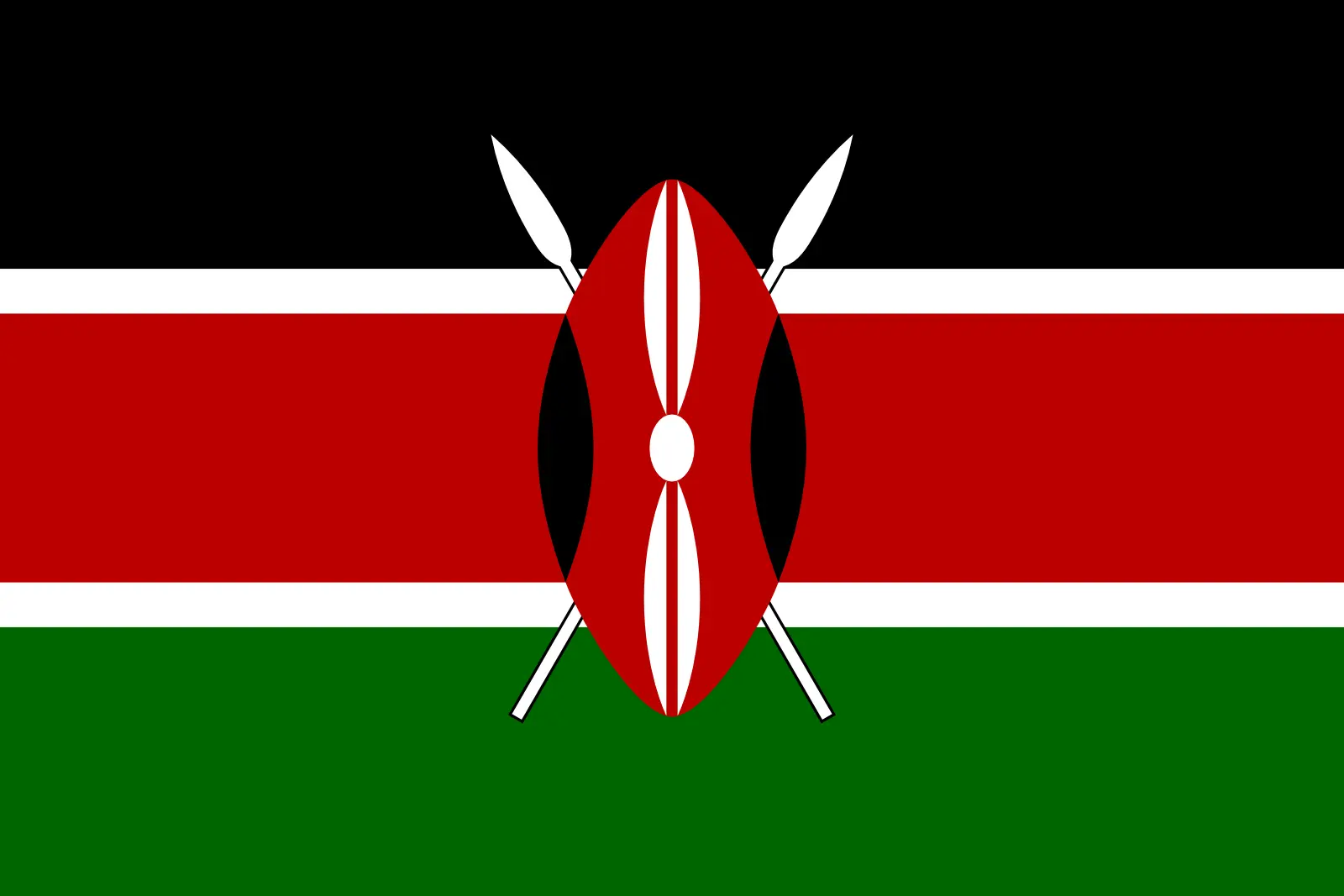 Kenya (+254)
Kenya (+254)
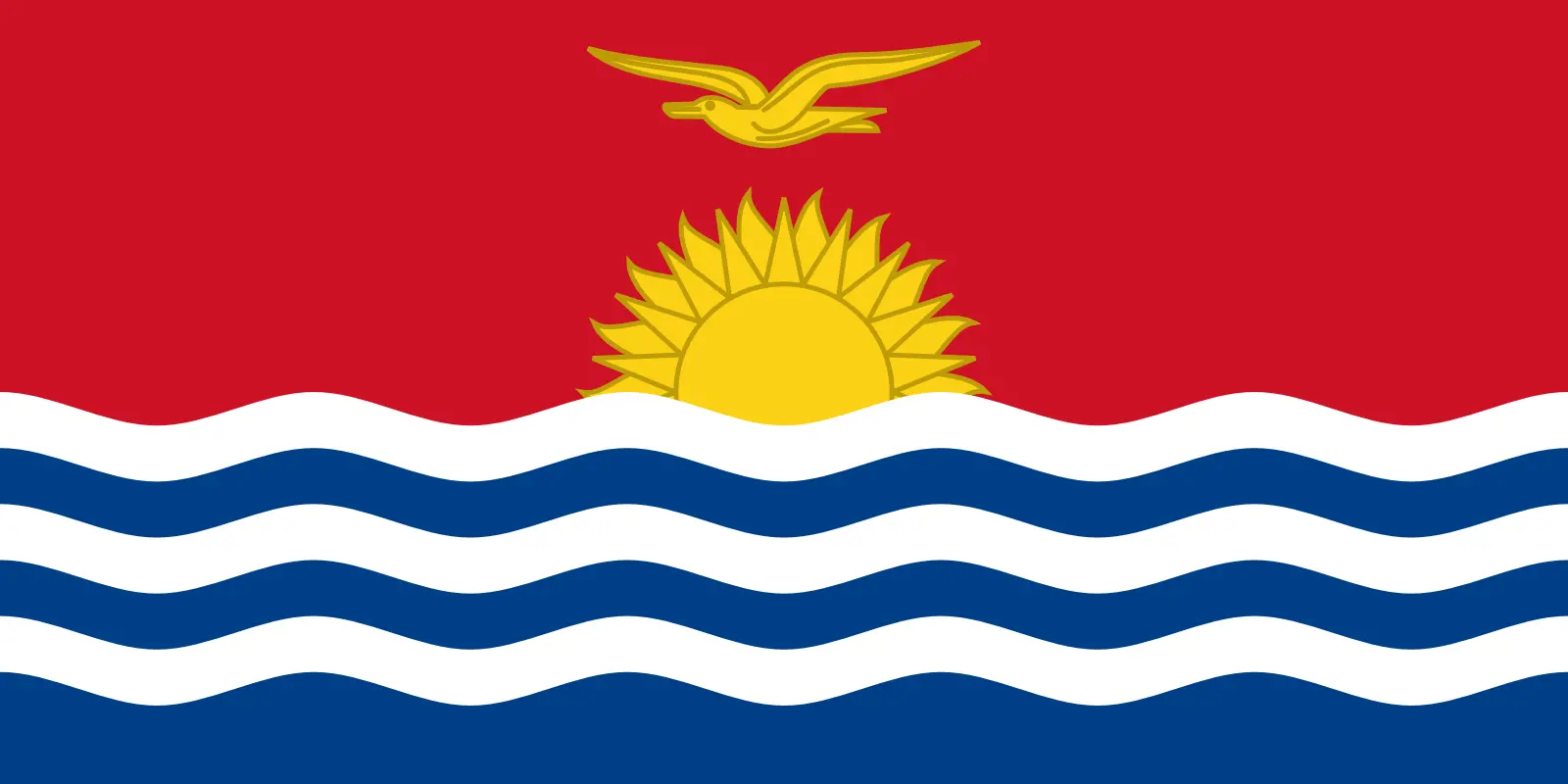 Kiribati (+686)
Kiribati (+686)
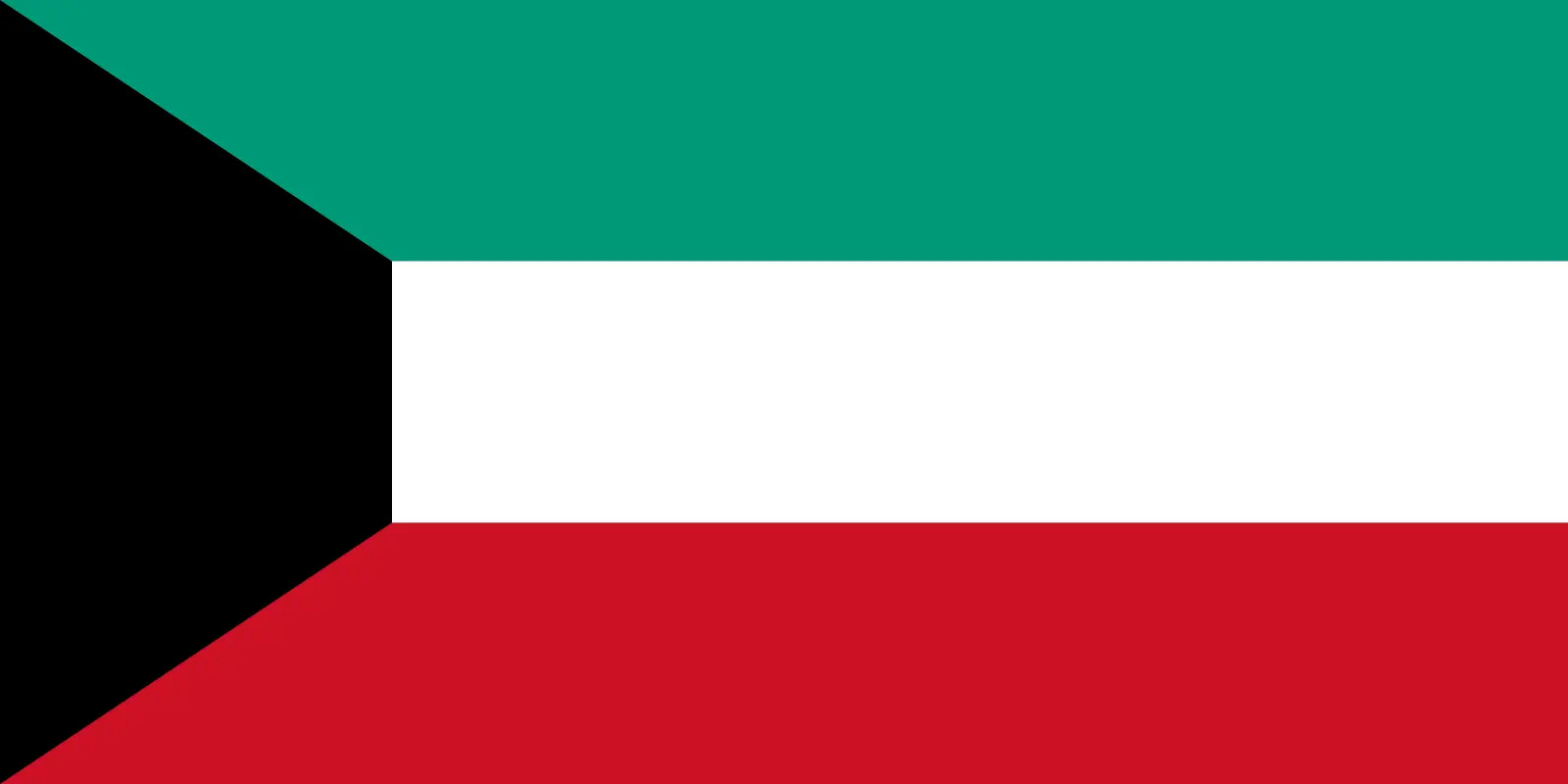 Kuwait (+965)
Kuwait (+965)
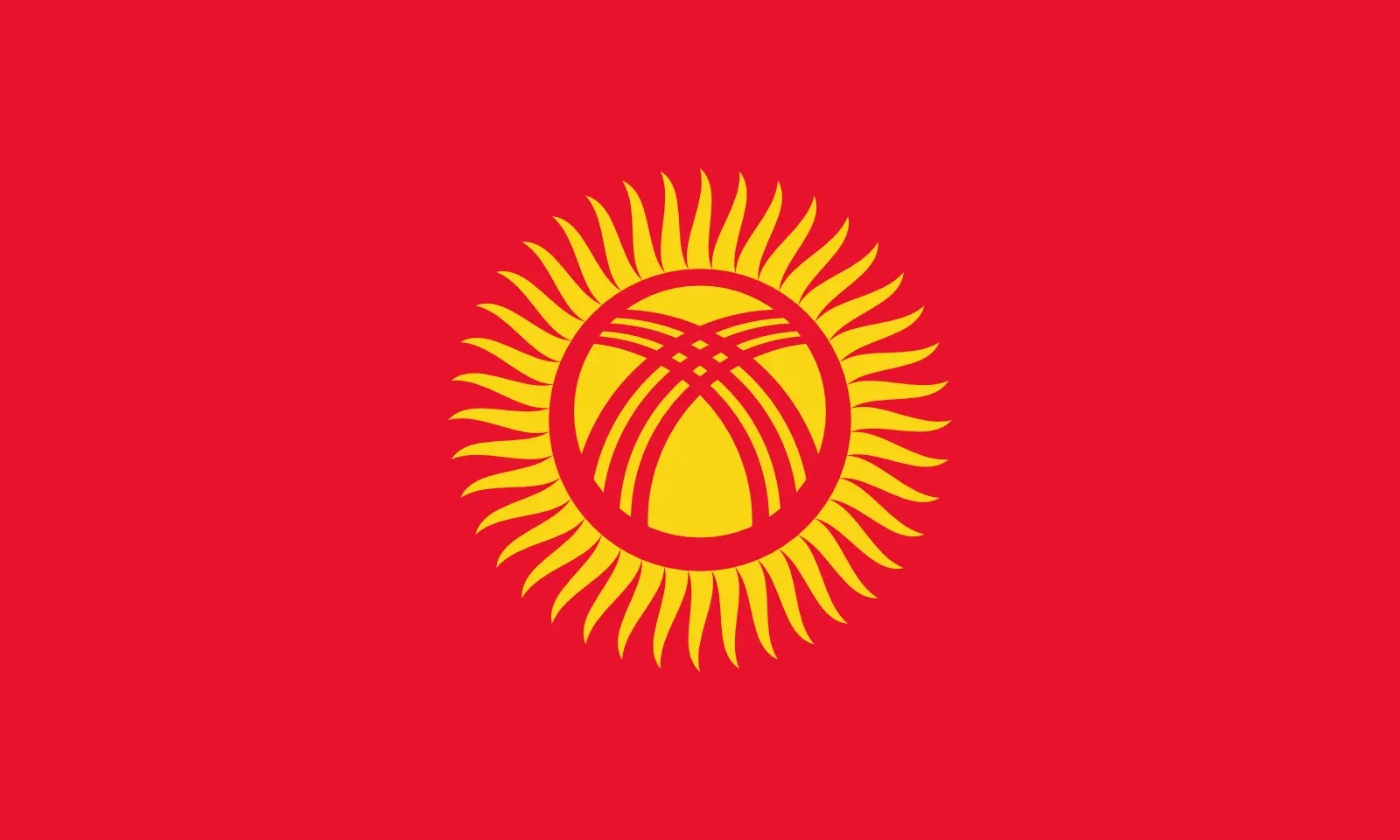 Kyrgyzstan (+996)
Kyrgyzstan (+996)
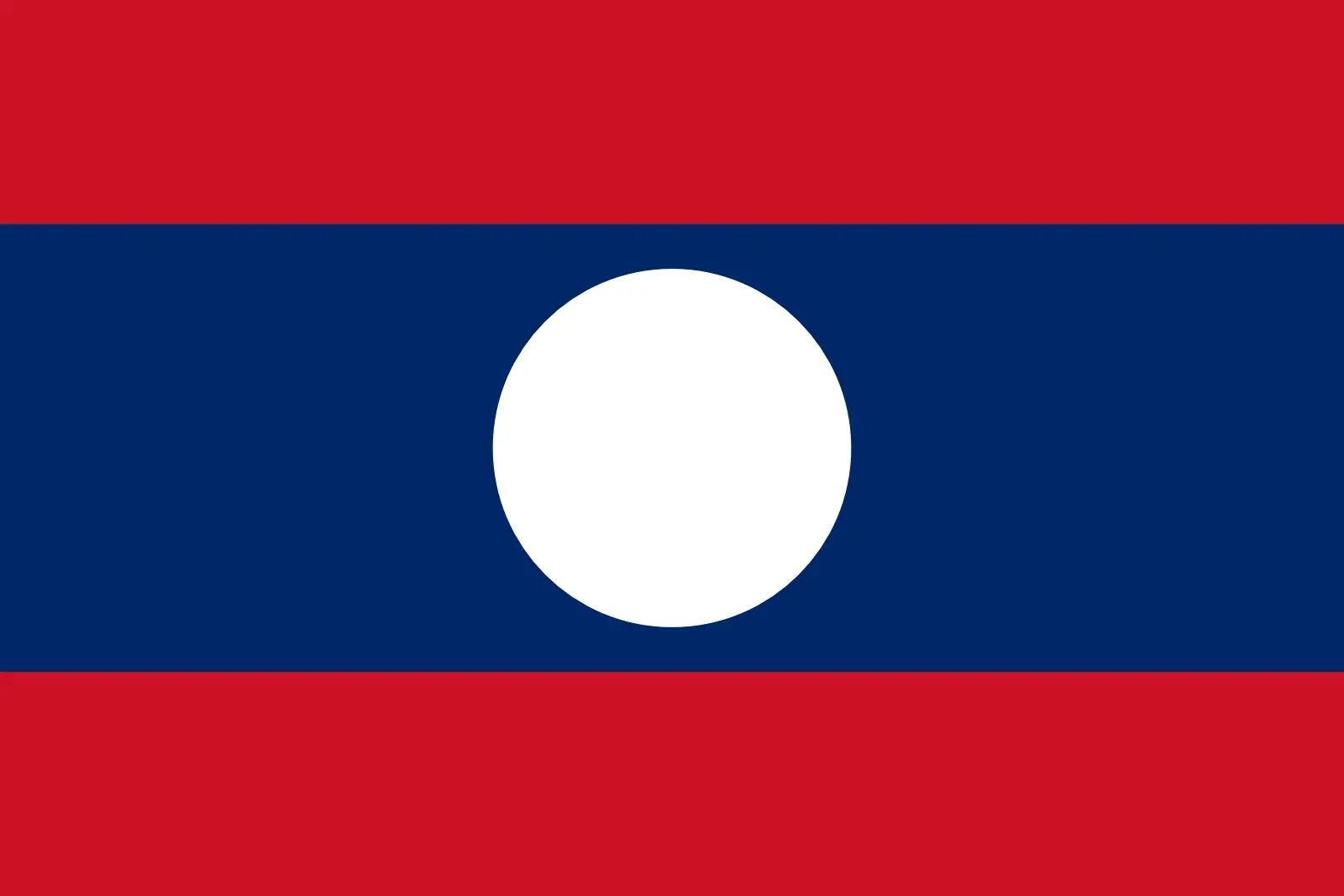 Laos (+856)
Laos (+856)
 Latvia (+371)
Latvia (+371)
 Lebanon (+961)
Lebanon (+961)
 Lesotho (+266)
Lesotho (+266)
 Liberia (+231)
Liberia (+231)
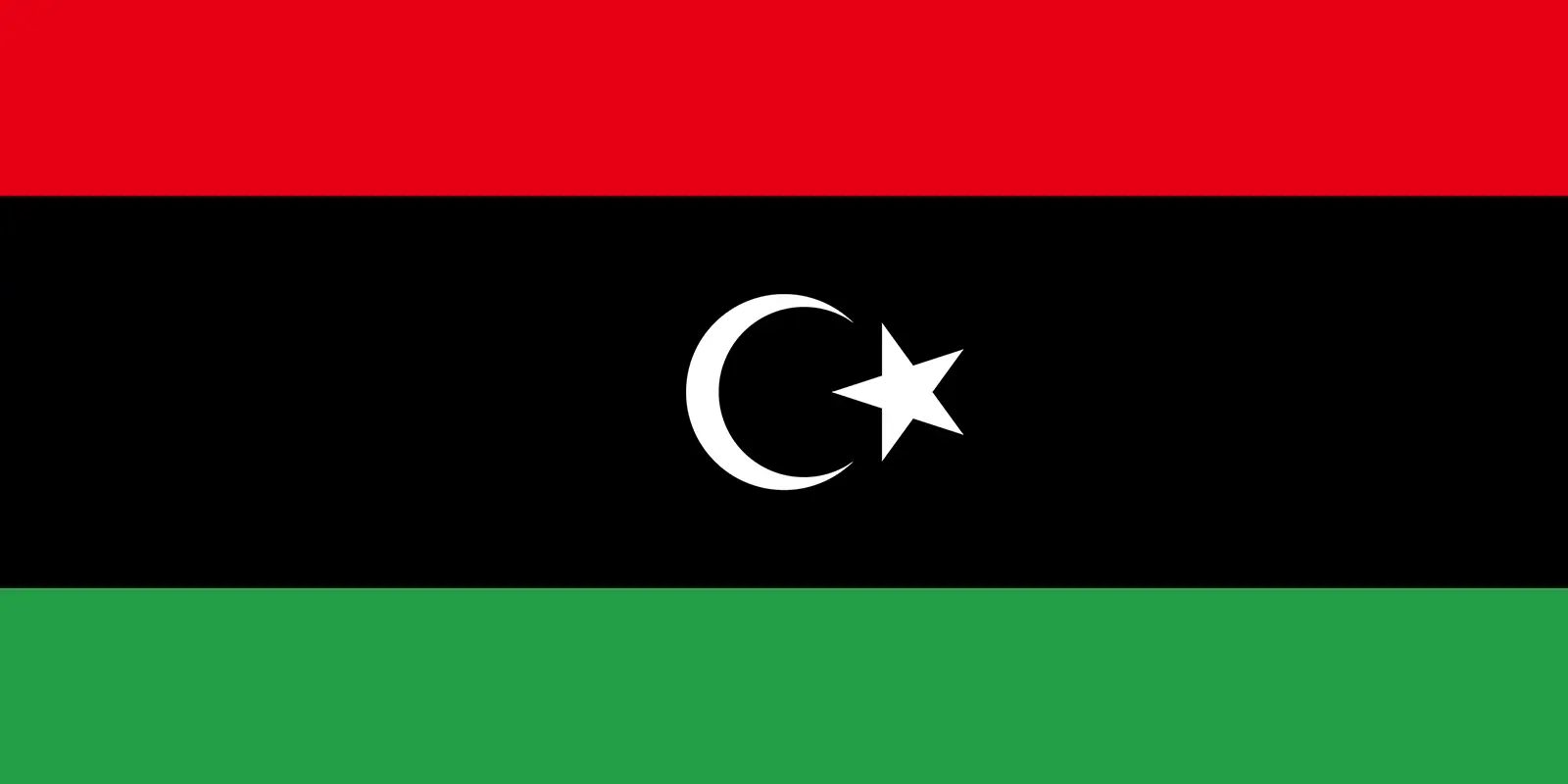 Libya (+218)
Libya (+218)
 Liechtenstein (+423)
Liechtenstein (+423)
 Lithuania (+370)
Lithuania (+370)
 Luxembourg (+352)
Luxembourg (+352)
 Macao (+853)
Macao (+853)
 Madagascar (+261)
Madagascar (+261)
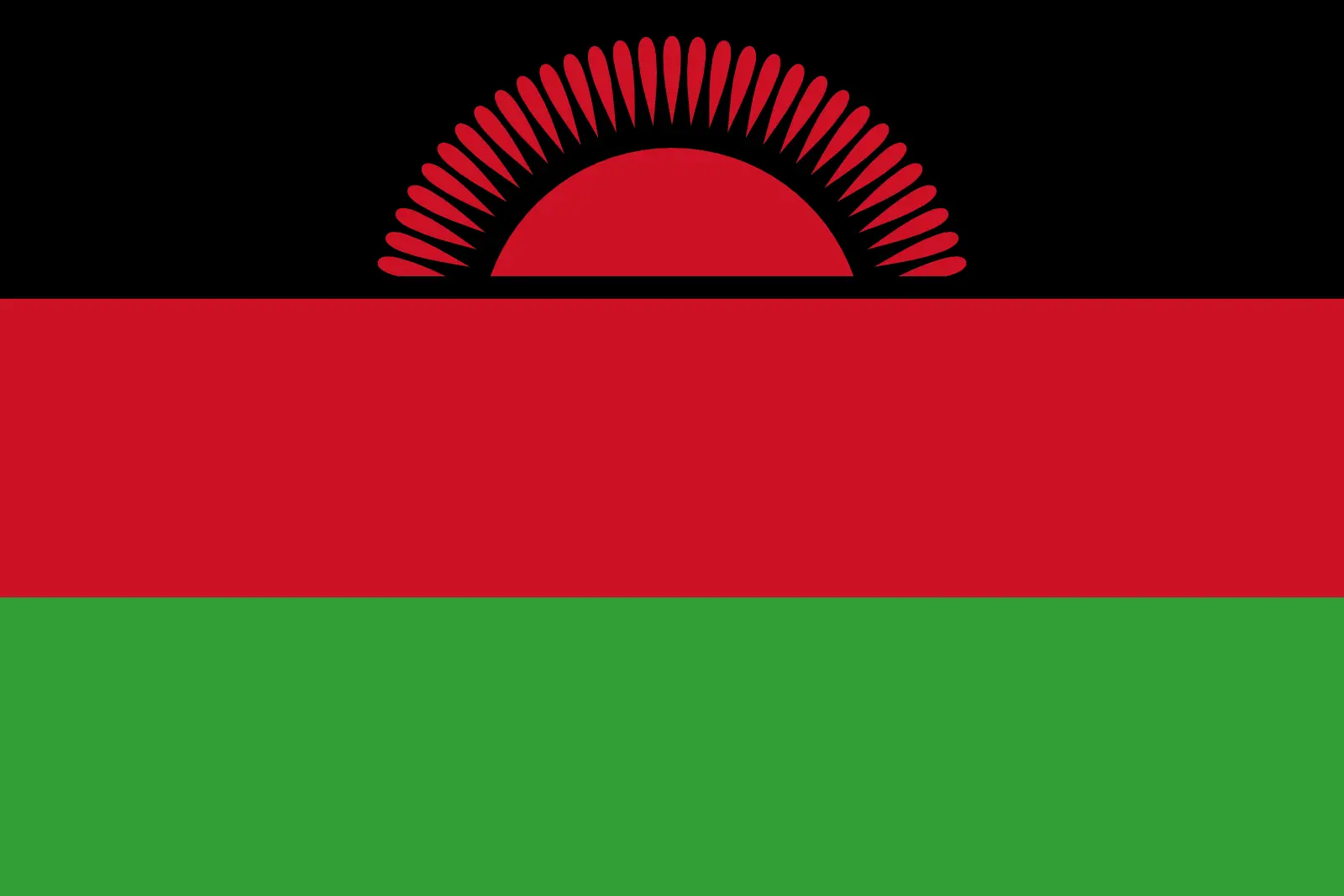 Malawi (+265)
Malawi (+265)
 Malaysia (+60)
Malaysia (+60)
 Maldives (+960)
Maldives (+960)
 Mali (+223)
Mali (+223)
 Malta (+356)
Malta (+356)
 Marshall Islands (+692)
Marshall Islands (+692)
 Mauritania (+222)
Mauritania (+222)
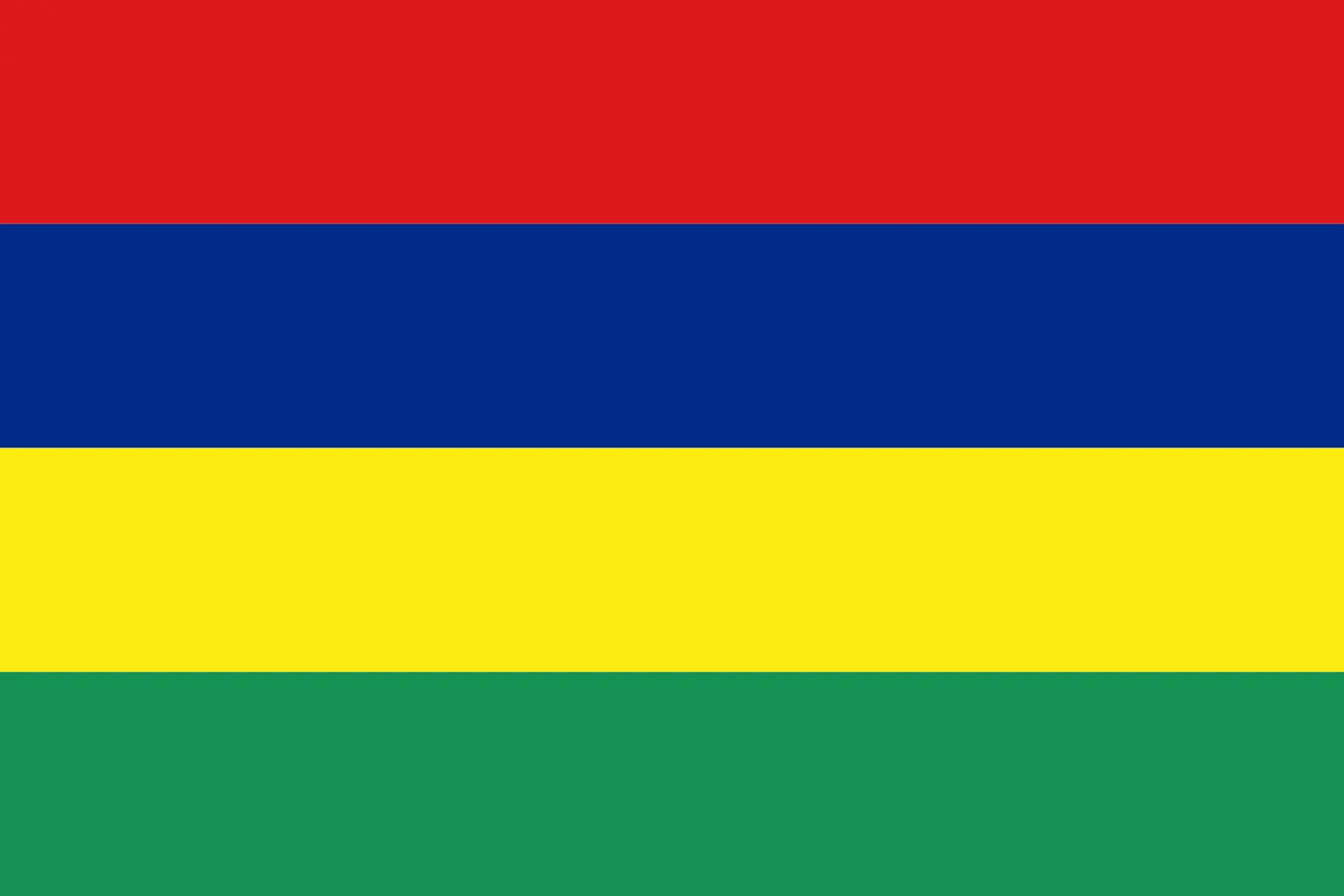 Mauritius (+230)
Mauritius (+230)
 Mayotte (+262)
Mayotte (+262)
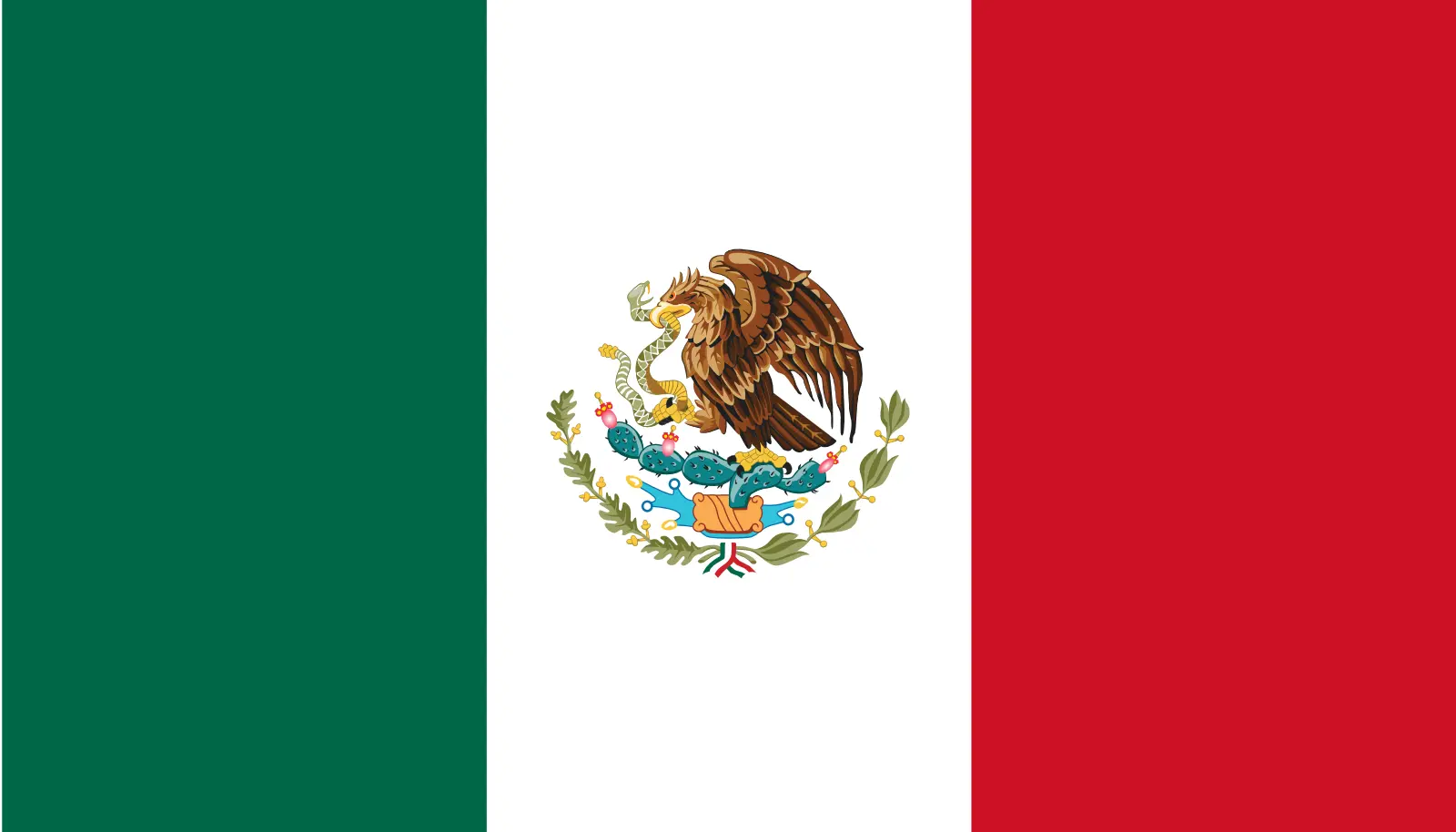 Mexico (+52)
Mexico (+52)
 Micronesia (+691)
Micronesia (+691)
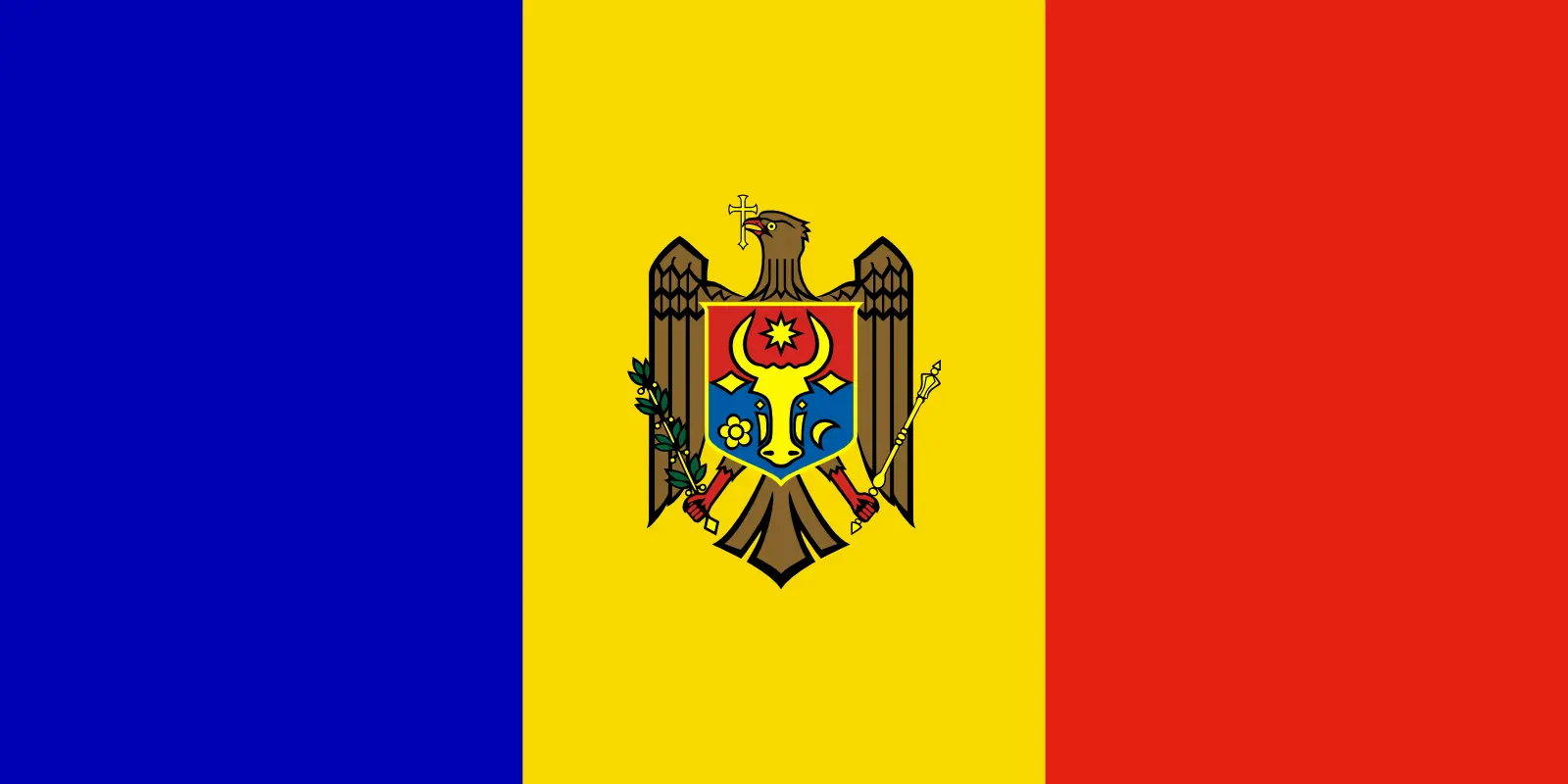 Moldova (+373)
Moldova (+373)
 Monaco (+377)
Monaco (+377)
 Mongolia (+976)
Mongolia (+976)
 Montenegro (+382)
Montenegro (+382)
 Montserrat (+1664)
Montserrat (+1664)
 Morocco (+212)
Morocco (+212)
 Mozambique (+258)
Mozambique (+258)
 Myanmar (+95)
Myanmar (+95)
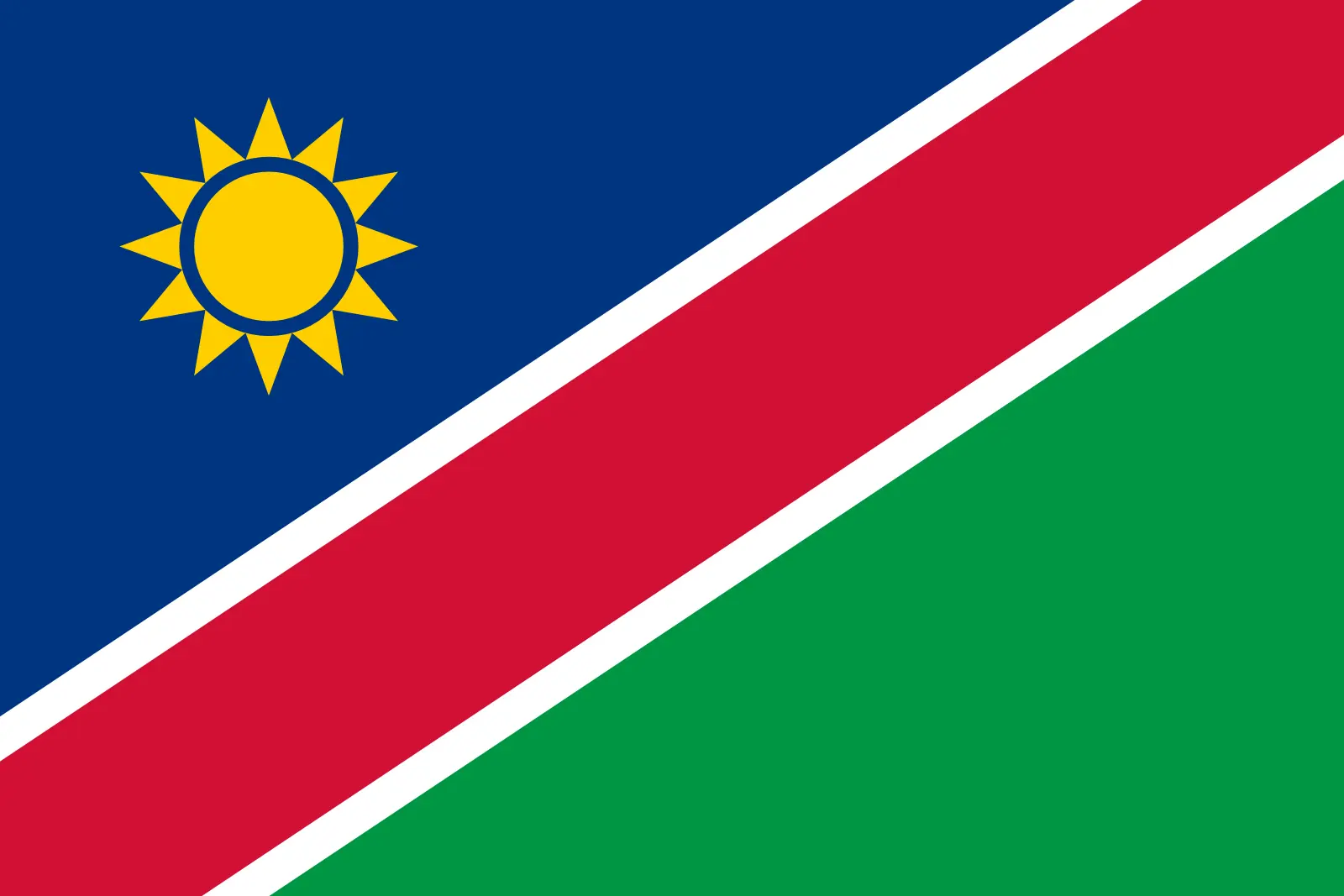 Namibia (+264)
Namibia (+264)
 Nauru (+674)
Nauru (+674)
 Nepal (+977)
Nepal (+977)
 Netherlands (+31)
Netherlands (+31)
 New Caledonia (+687)
New Caledonia (+687)
 New Zealand (+64)
New Zealand (+64)
 Nicaragua (+505)
Nicaragua (+505)
 Niger (+227)
Niger (+227)
 Nigeria (+234)
Nigeria (+234)
 Niue (+683)
Niue (+683)
 Norfolk Island (+672)
Norfolk Island (+672)
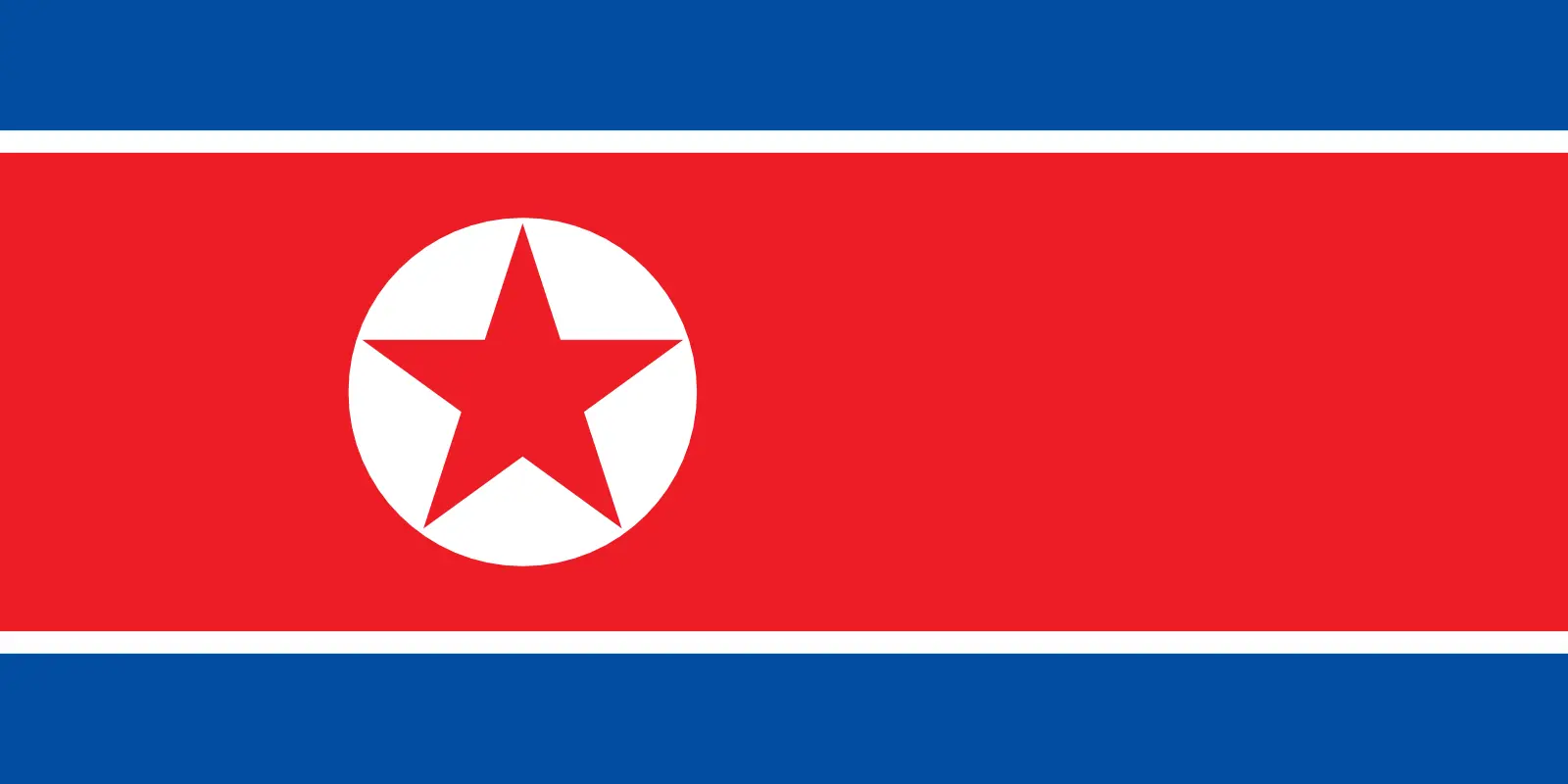 North Korea (+850)
North Korea (+850)
 Northern Mariana Islands (+1670)
Northern Mariana Islands (+1670)
 Norway (+47)
Norway (+47)
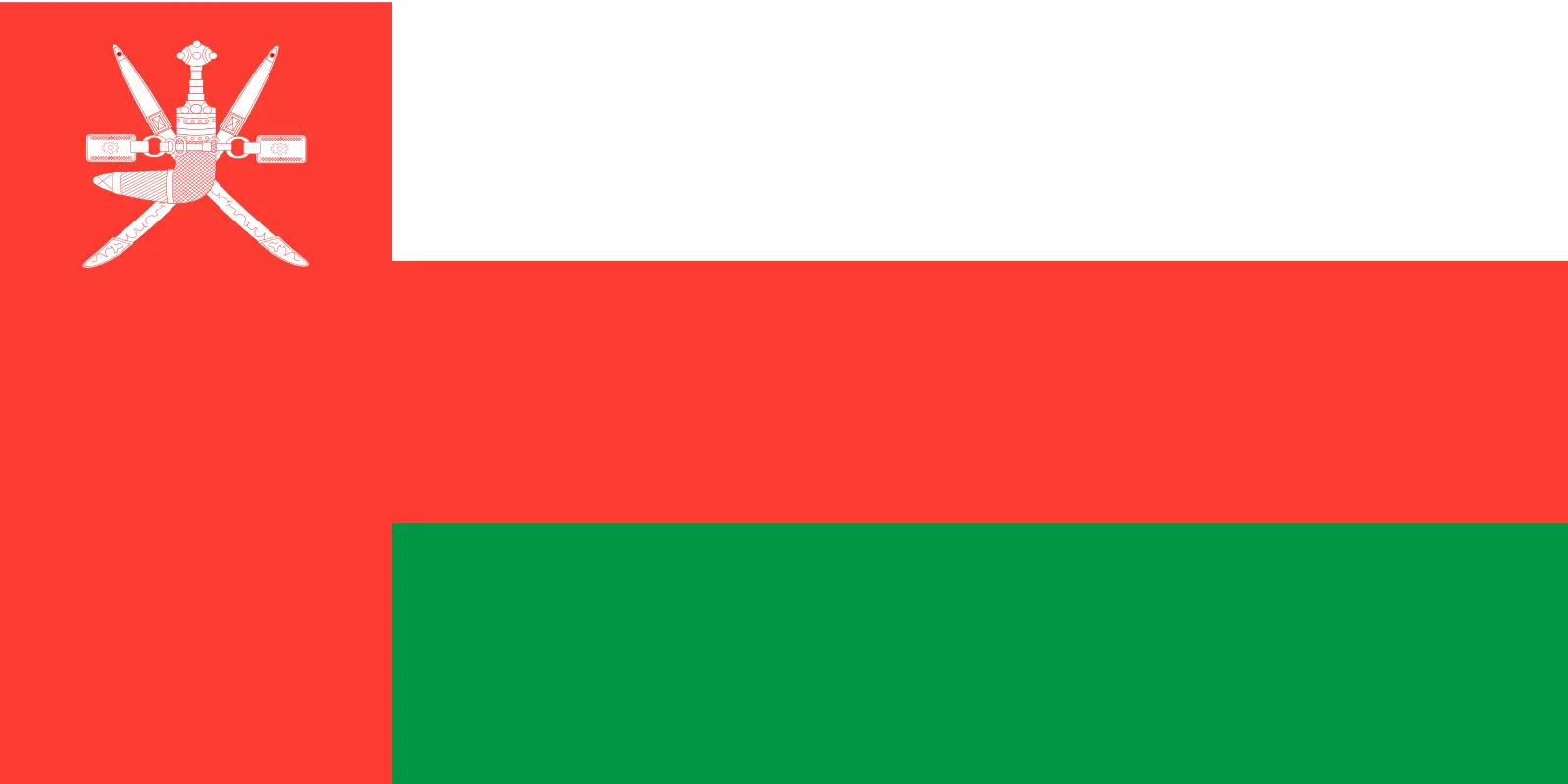 Oman (+968)
Oman (+968)
 Pakistan (+92)
Pakistan (+92)
 Palau (+680)
Palau (+680)
 Palestine (+970)
Palestine (+970)
 Panama (+507)
Panama (+507)
 Papua New Guinea (+675)
Papua New Guinea (+675)
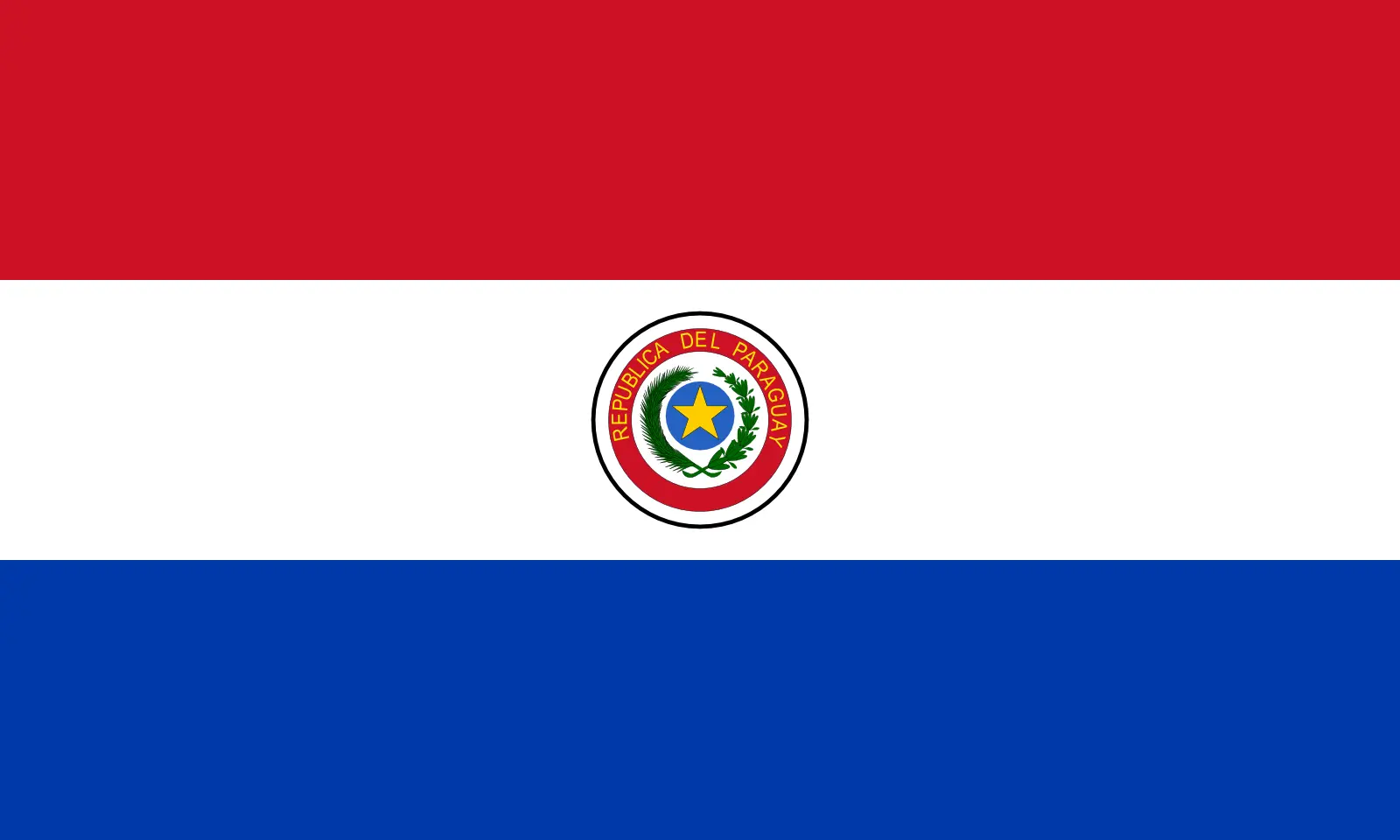 Paraguay (+595)
Paraguay (+595)
 Peru (+51)
Peru (+51)
 Philippines (+63)
Philippines (+63)
 Poland (+48)
Poland (+48)
 Portugal (+351)
Portugal (+351)
 Puerto Rico (+1787)
Puerto Rico (+1787)
 Qatar (+974)
Qatar (+974)
 Romania (+40)
Romania (+40)
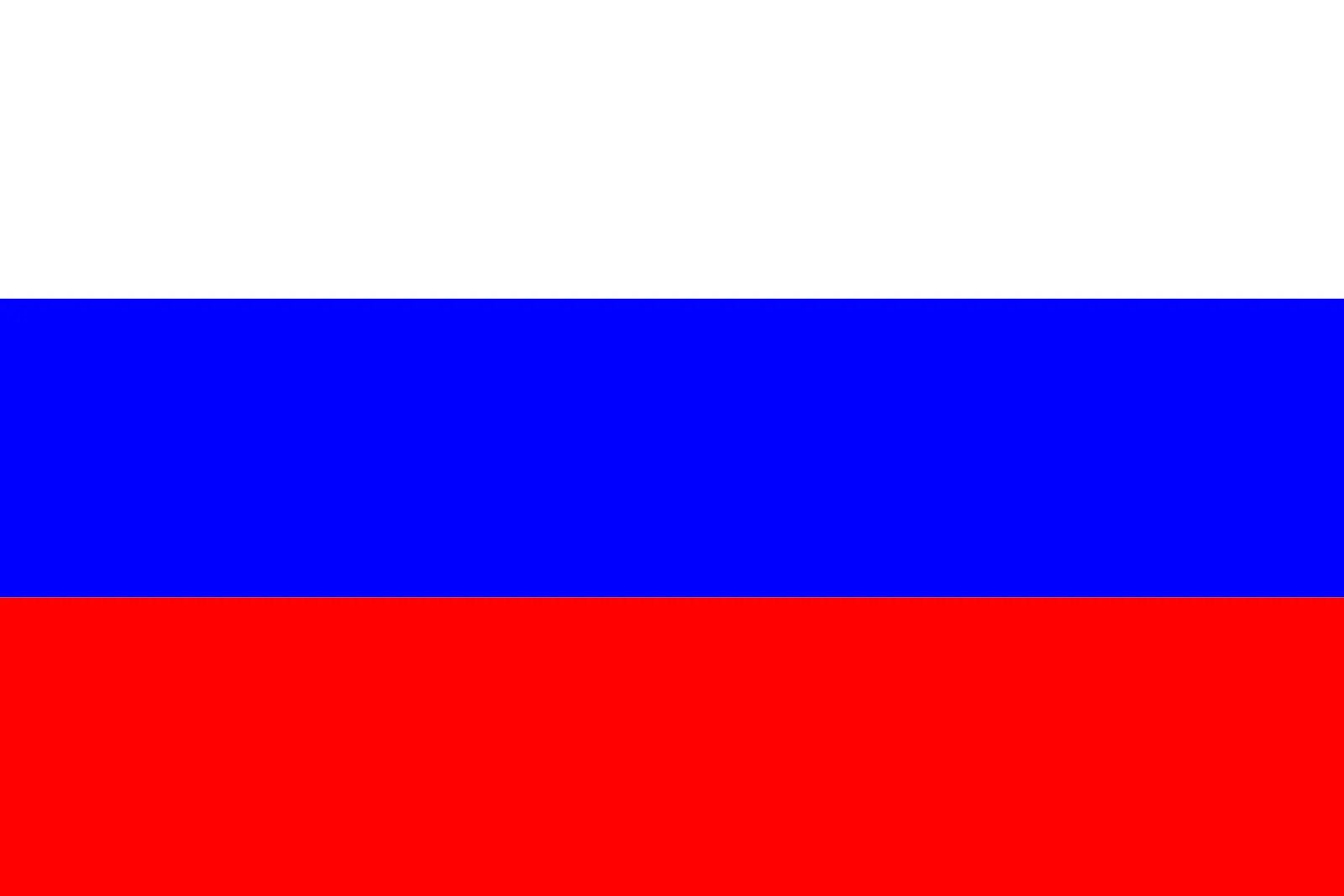 Russia (+7)
Russia (+7)
 Rwanda (+250)
Rwanda (+250)
 Saint Barthélemy (+590)
Saint Barthélemy (+590)
 Saint Helena, Ascension and Tristan da Cunha (+290)
Saint Helena, Ascension and Tristan da Cunha (+290)
 Saint Kitts and Nevis (+1869)
Saint Kitts and Nevis (+1869)
 Saint Lucia (+1758)
Saint Lucia (+1758)
 Saint Martin (French part) (+590)
Saint Martin (French part) (+590)
 Saint Pierre and Miquelon (+508)
Saint Pierre and Miquelon (+508)
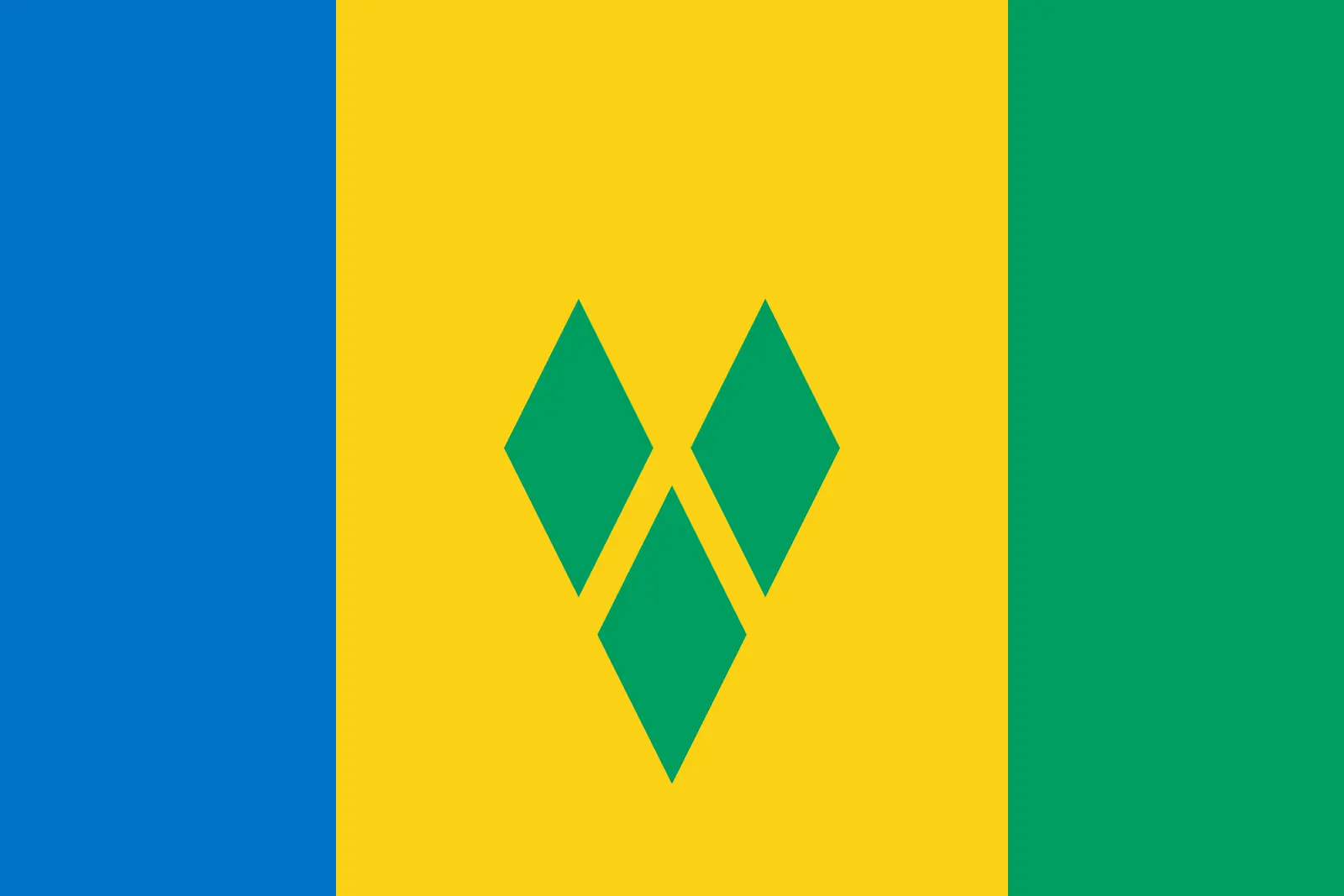 Saint Vincent and the Grenadines (+1784)
Saint Vincent and the Grenadines (+1784)
 Samoa (+685)
Samoa (+685)
 San Marino (+378)
San Marino (+378)
 Sao Tome and Principe (+239)
Sao Tome and Principe (+239)
 Saudi Arabia (+966)
Saudi Arabia (+966)
 Senegal (+221)
Senegal (+221)
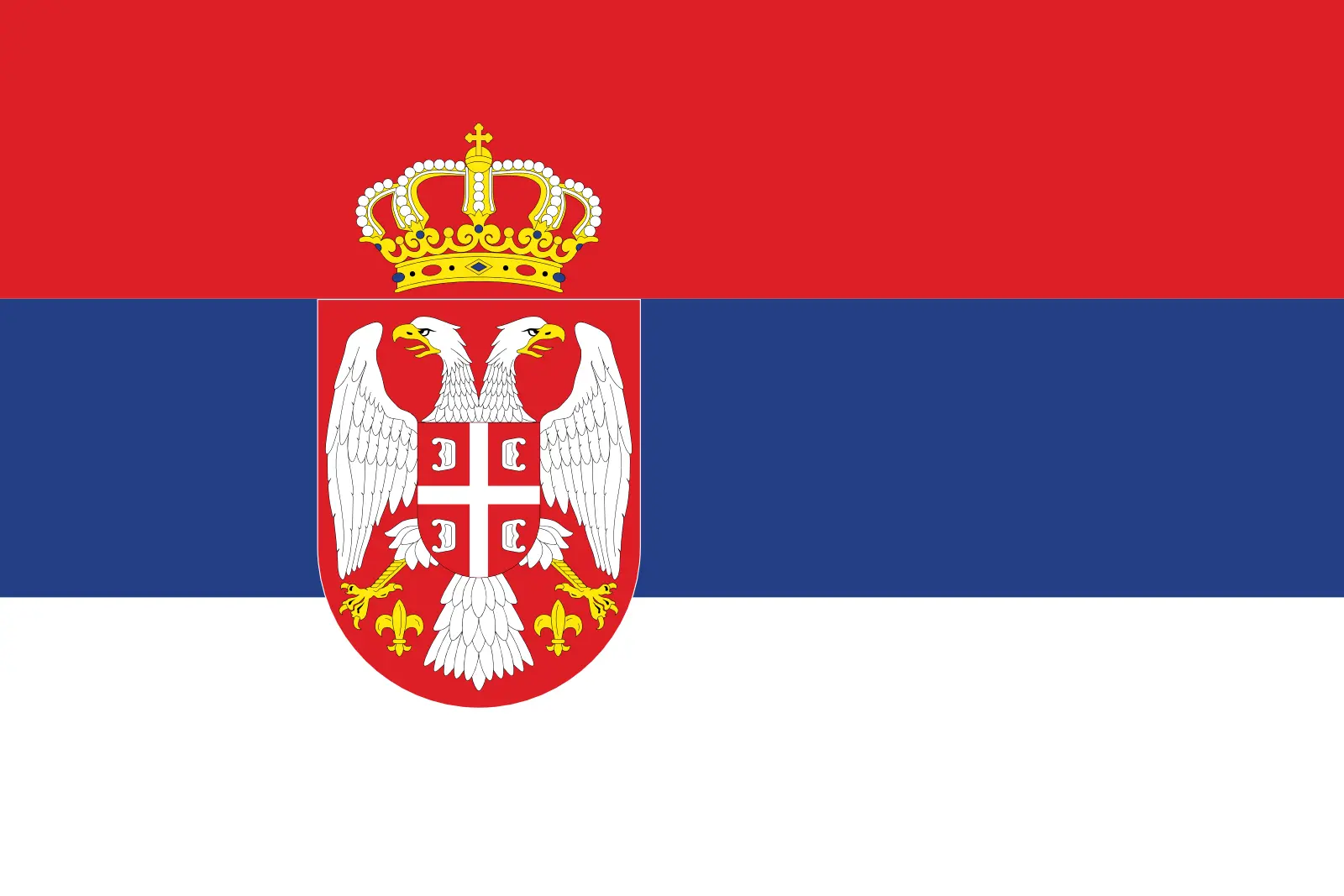 Serbia (+381)
Serbia (+381)
 Seychelles (+248)
Seychelles (+248)
 Sierra Leone (+232)
Sierra Leone (+232)
 Singapore (+65)
Singapore (+65)
 Sint Maarten (Dutch part) (+1721)
Sint Maarten (Dutch part) (+1721)
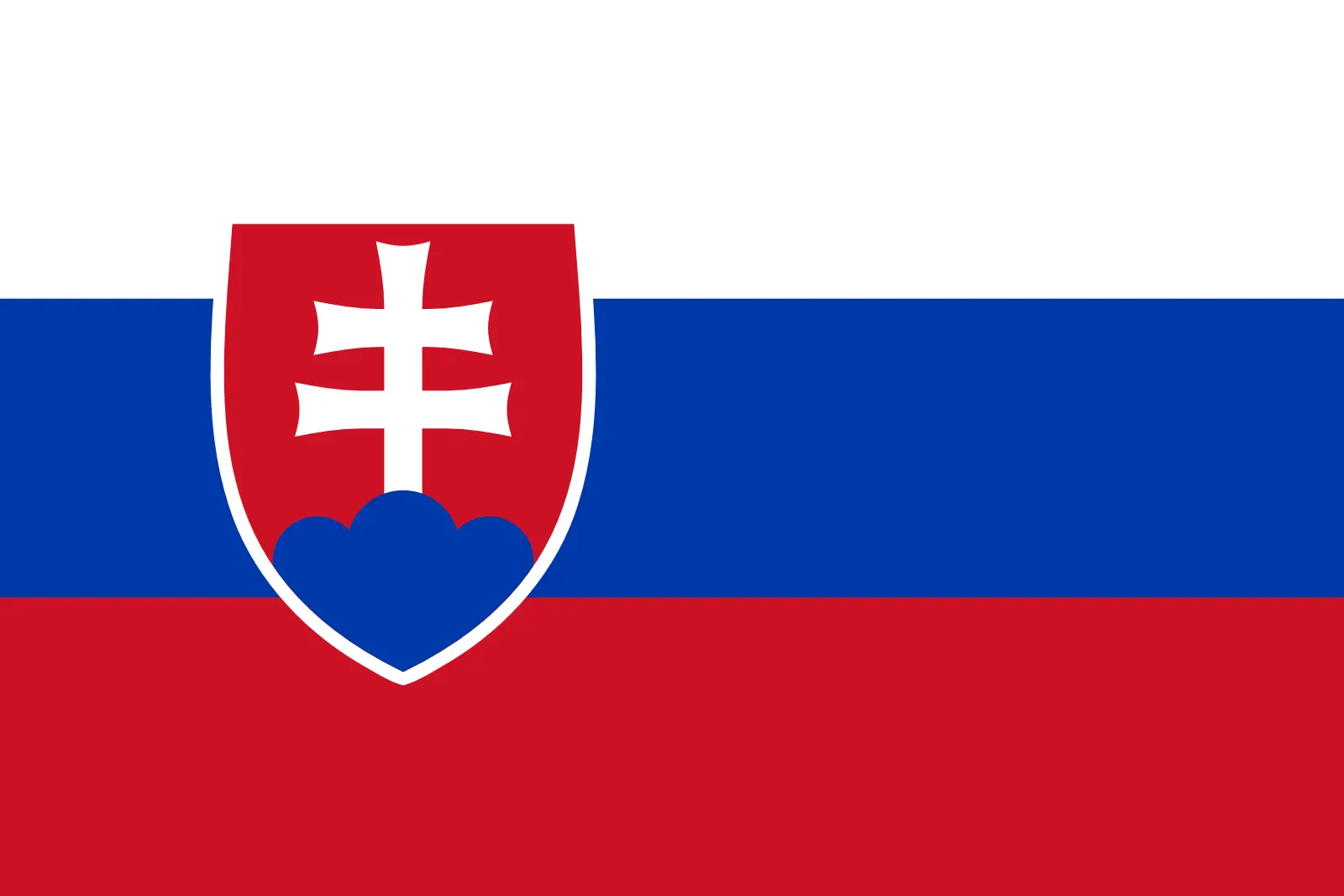 Slovakia (+421)
Slovakia (+421)
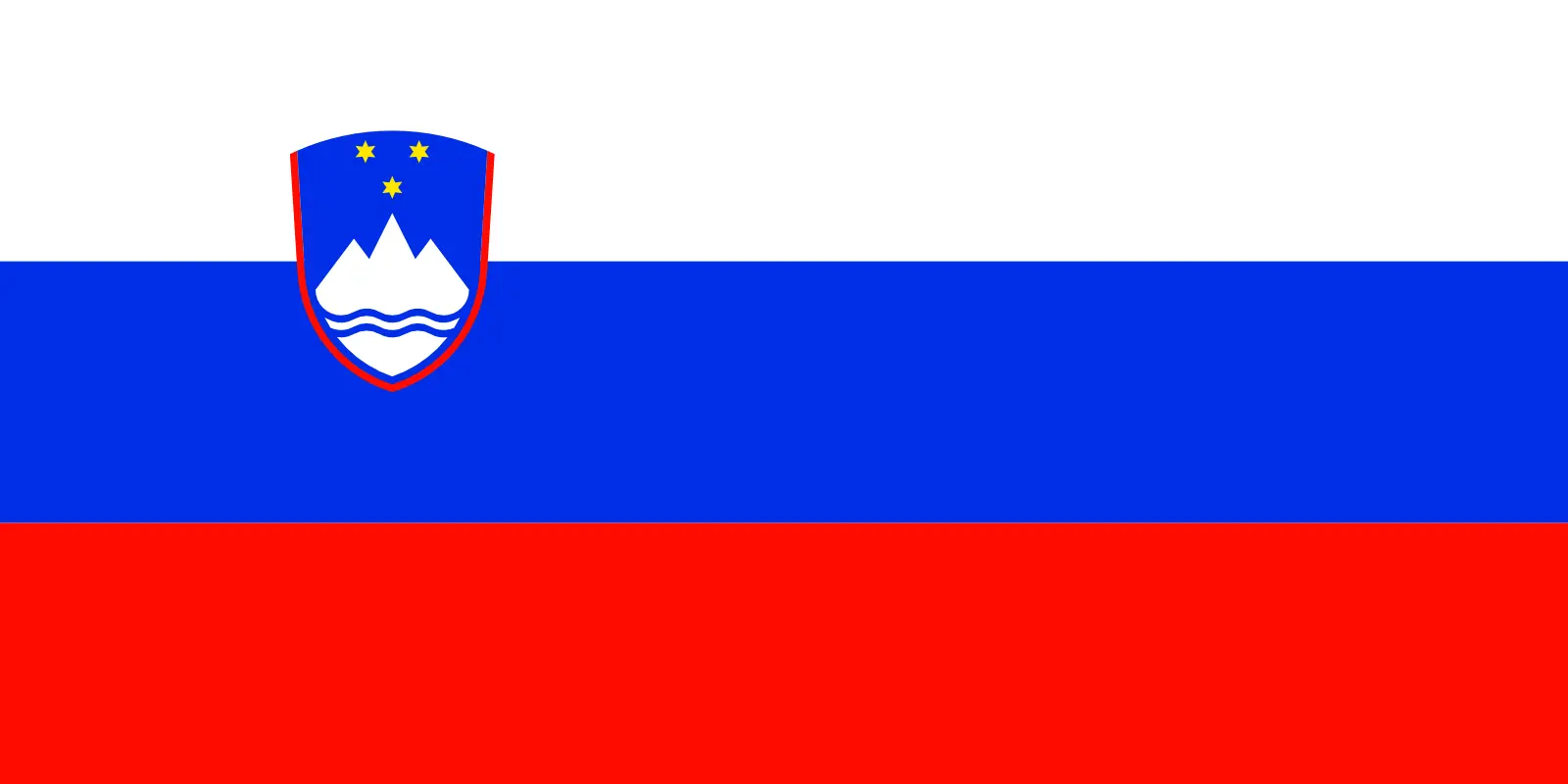 Slovenia (+386)
Slovenia (+386)
 Solomon Islands (+677)
Solomon Islands (+677)
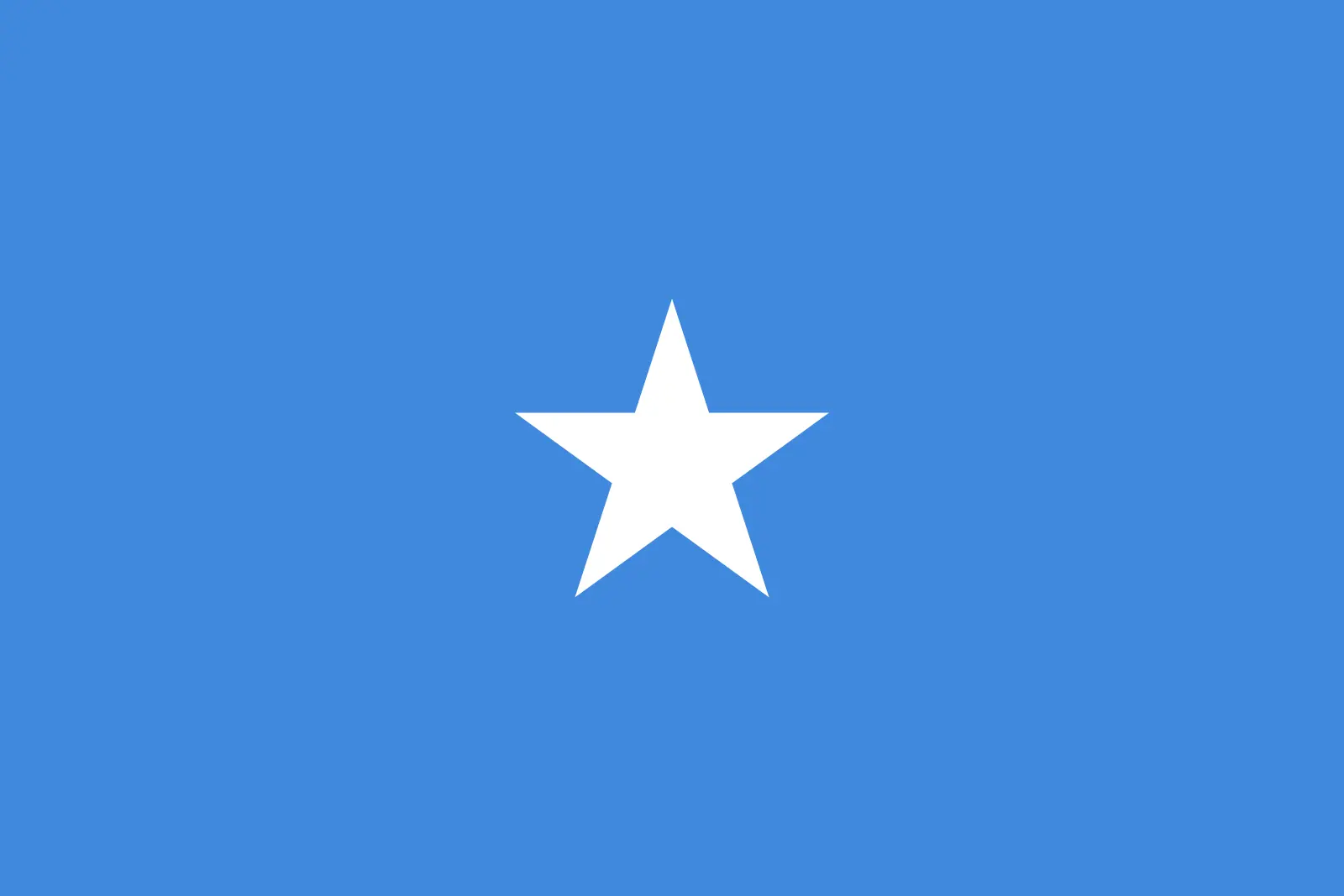 Somalia (+252)
Somalia (+252)
 South Africa (+27)
South Africa (+27)
 South Georgia and the South Sandwich Islands (+0)
South Georgia and the South Sandwich Islands (+0)
 South Korea (+82)
South Korea (+82)
 South Sudan (+211)
South Sudan (+211)
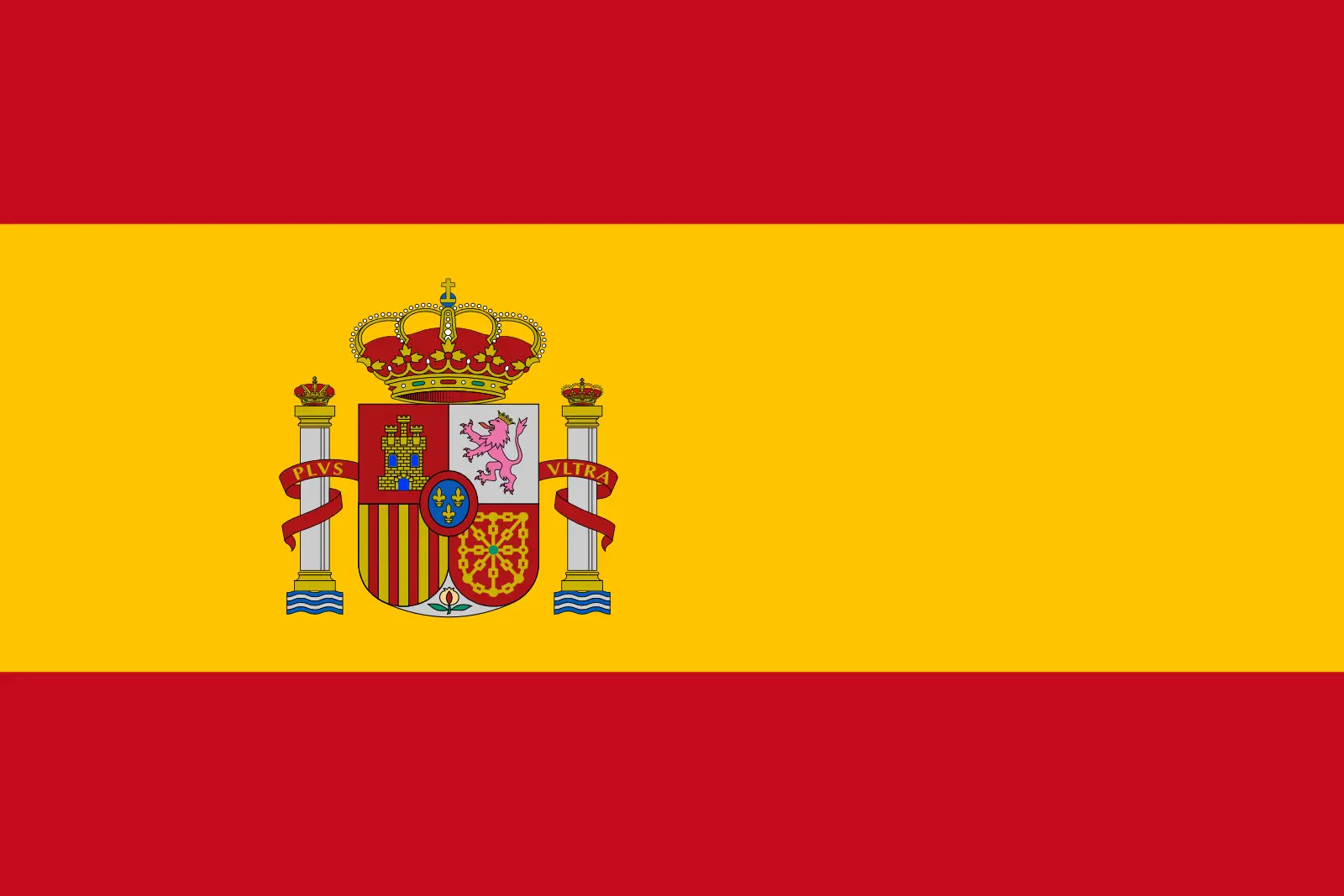 Spain (+34)
Spain (+34)
 Sri Lanka (+94)
Sri Lanka (+94)
 Sudan (+249)
Sudan (+249)
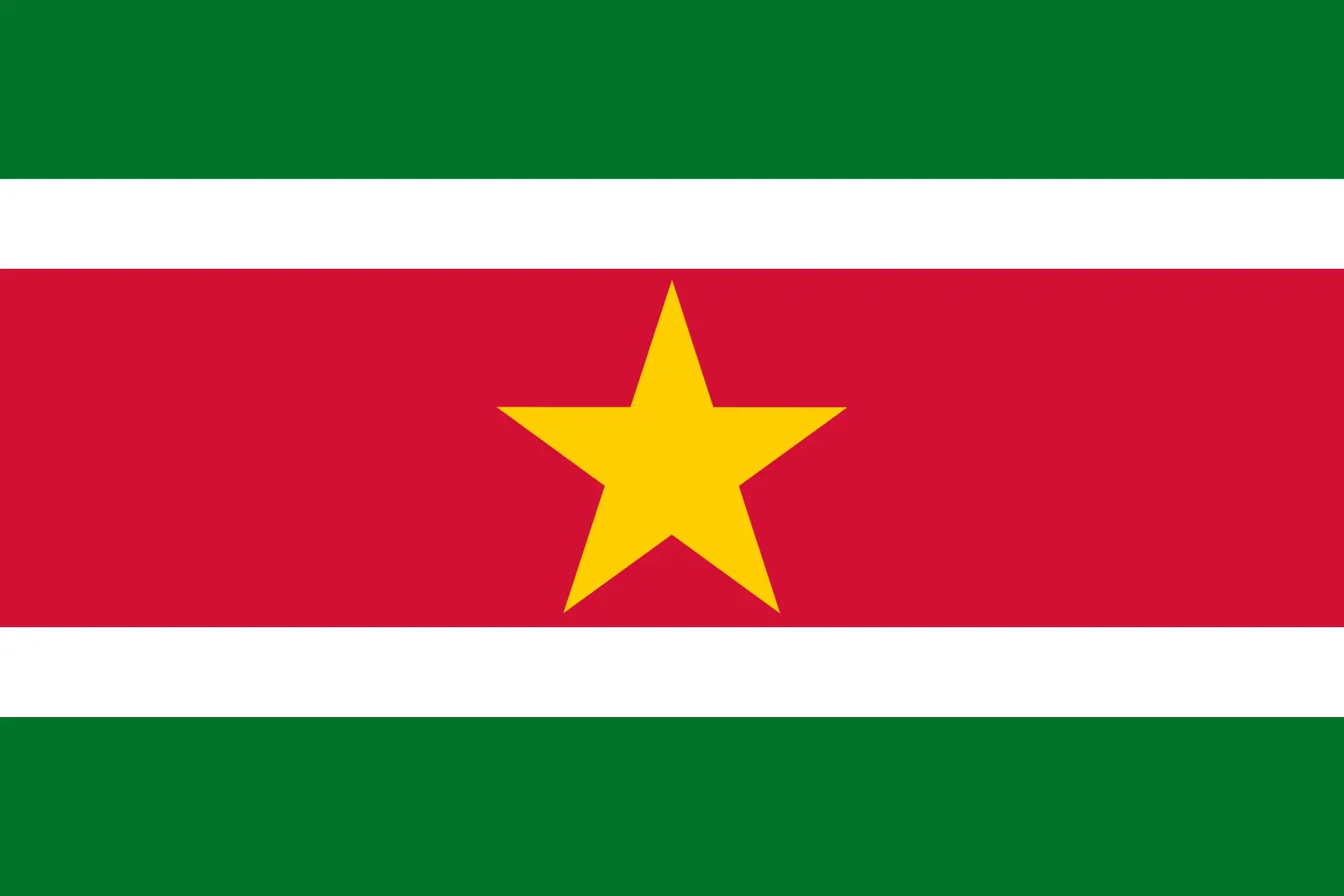 Suriname (+597)
Suriname (+597)
 Svalbard and Jan Mayen (+47)
Svalbard and Jan Mayen (+47)
 Eswatini (+268)
Eswatini (+268)
 Sweden (+46)
Sweden (+46)
 Switzerland (+41)
Switzerland (+41)
 Syria (+963)
Syria (+963)
 Taiwan (+886)
Taiwan (+886)
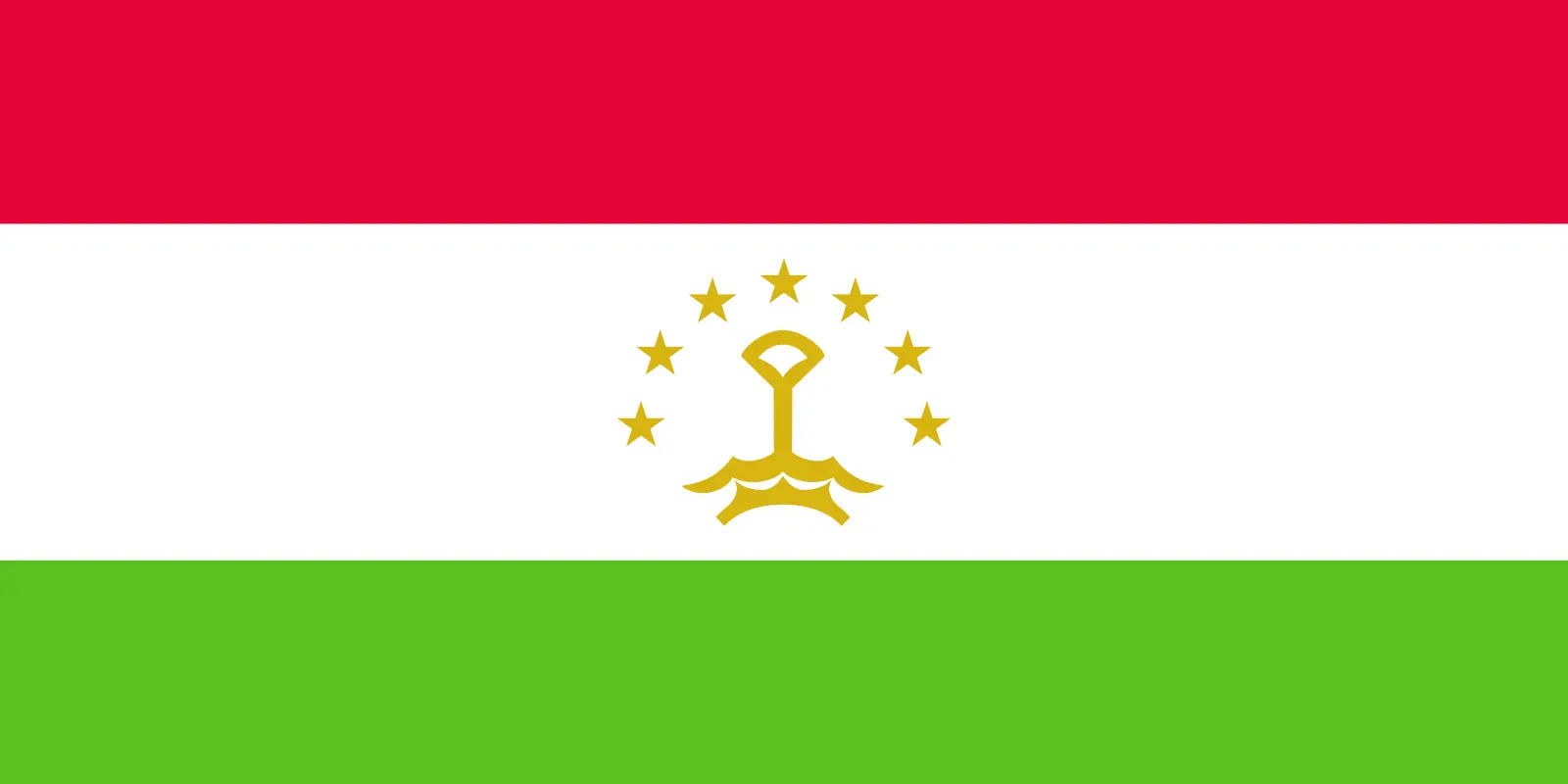 Tajikistan (+992)
Tajikistan (+992)
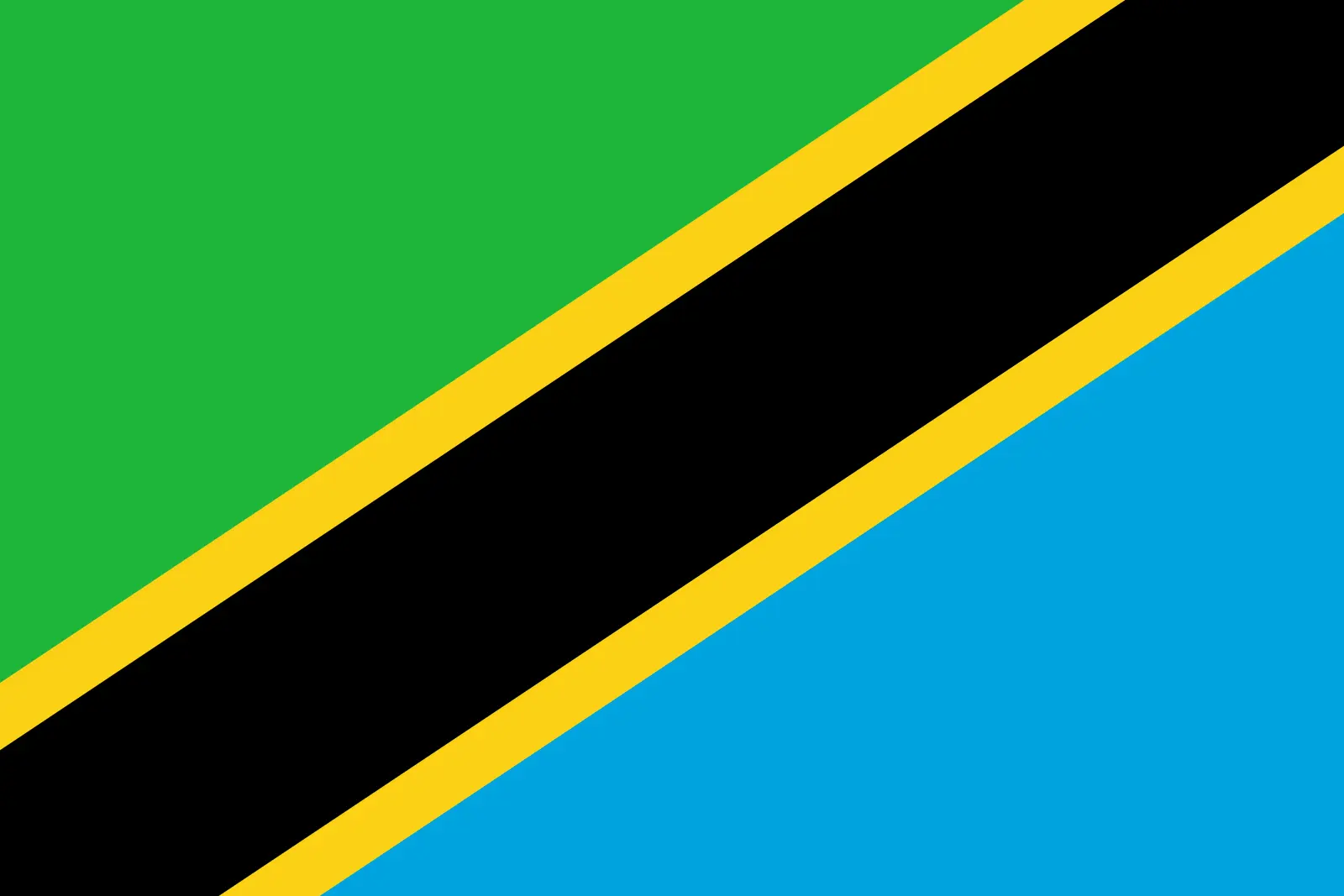 Tanzania (+255)
Tanzania (+255)
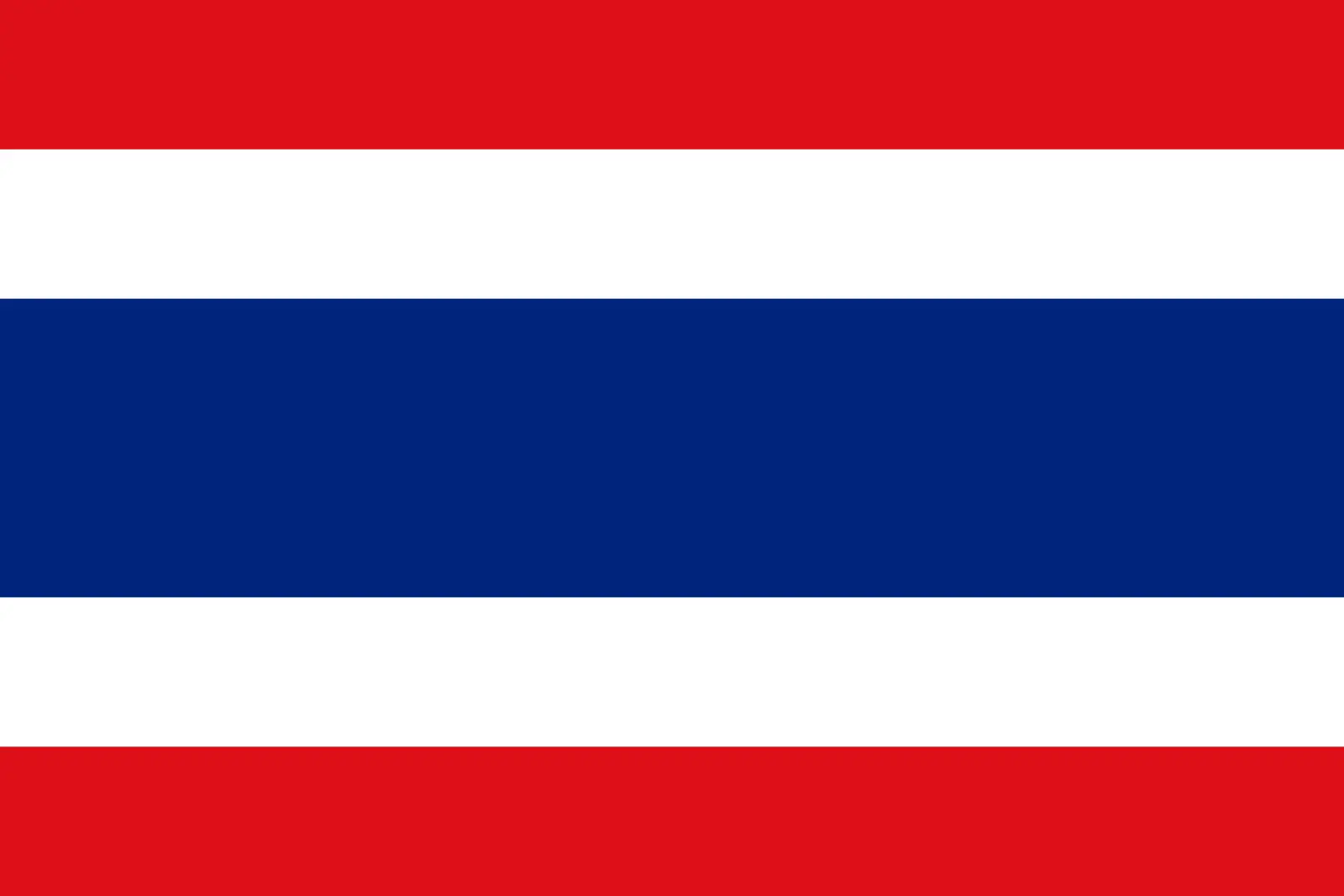 Thailand (+66)
Thailand (+66)
 Togo (+228)
Togo (+228)
 Tokelau (+690)
Tokelau (+690)
 Tonga (+676)
Tonga (+676)
 Trinidad and Tobago (+1868)
Trinidad and Tobago (+1868)
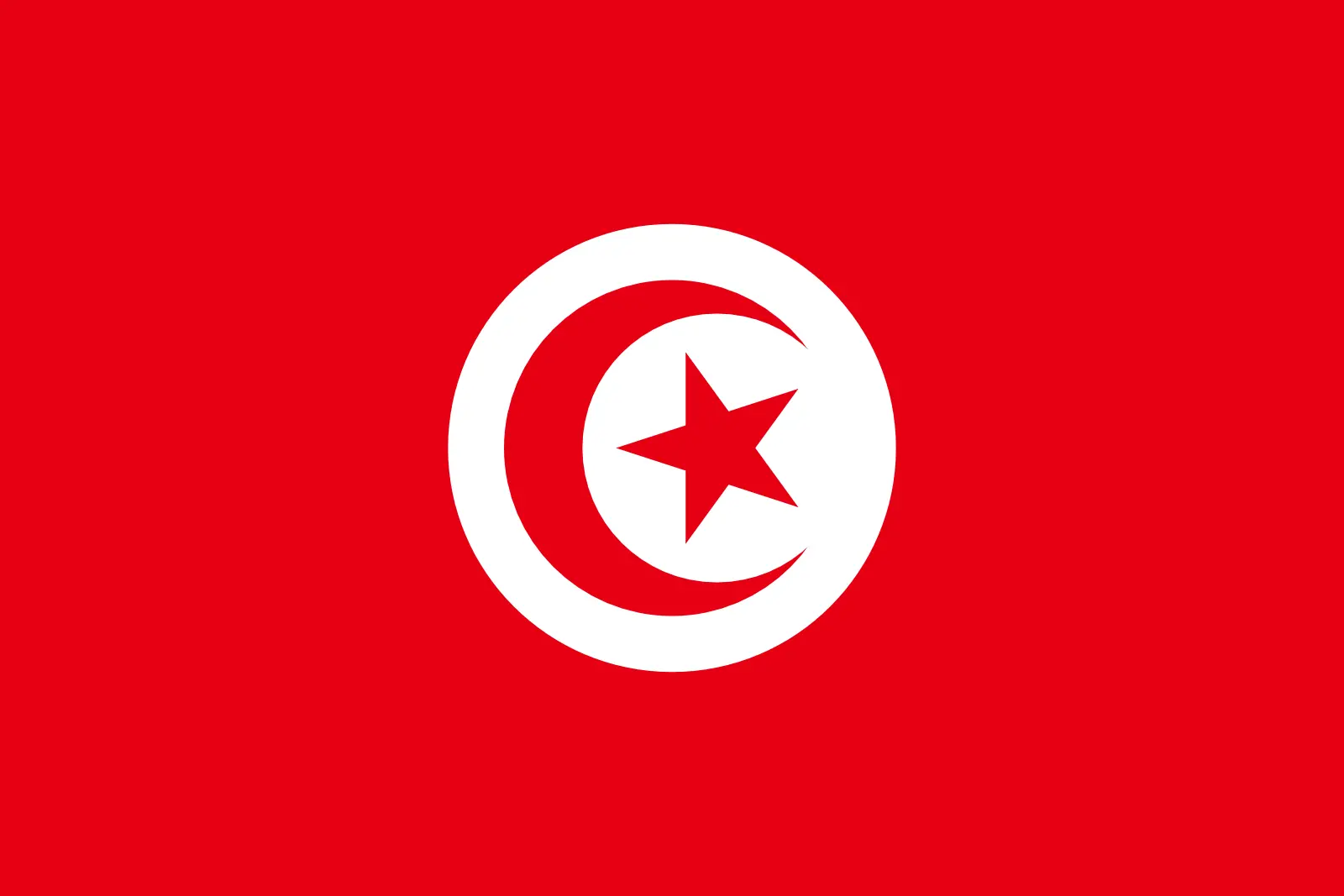 Tunisia (+216)
Tunisia (+216)
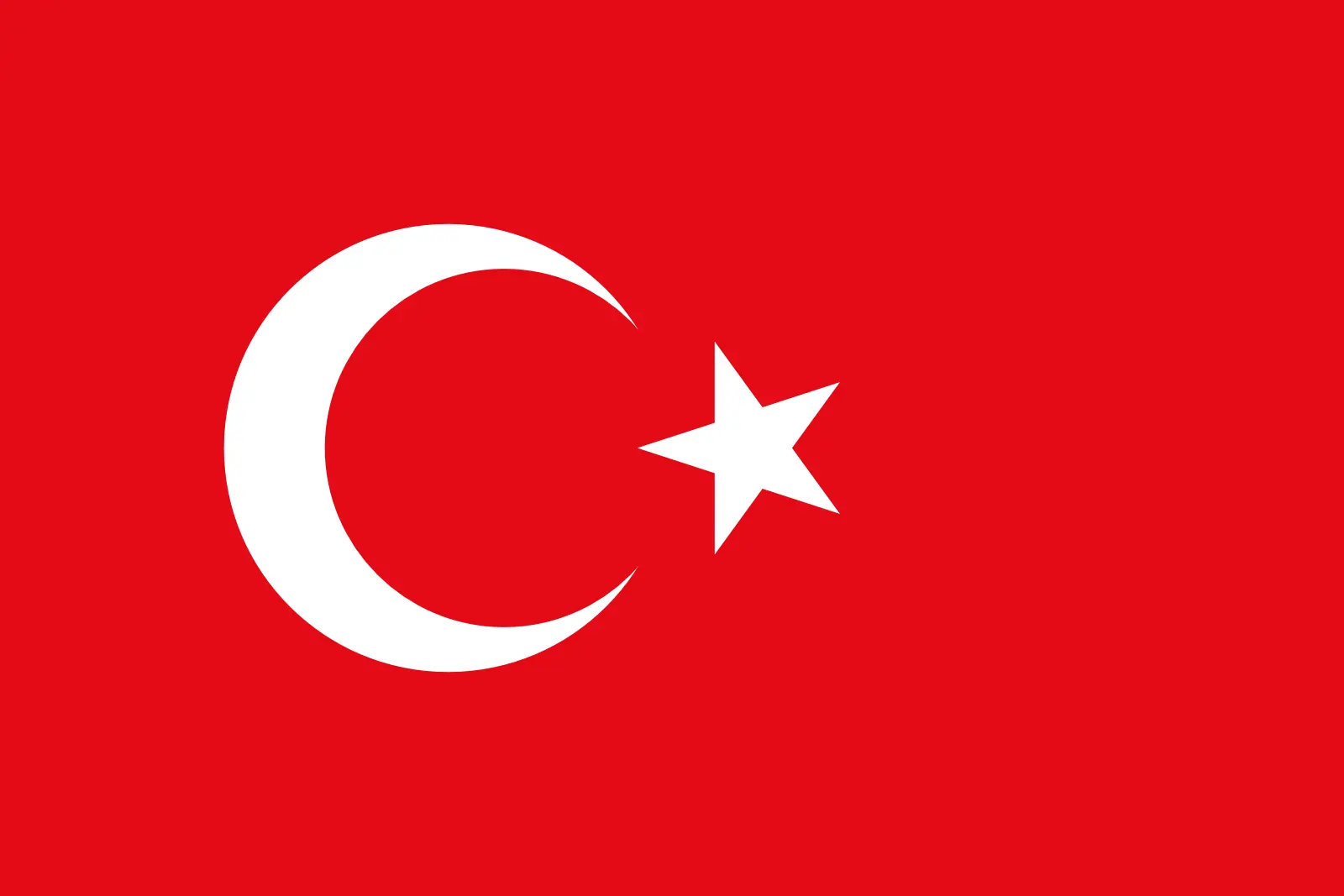 Turkey (+90)
Turkey (+90)
 Turkmenistan (+993)
Turkmenistan (+993)
 Turks and Caicos Islands (+1649)
Turks and Caicos Islands (+1649)
 Tuvalu (+688)
Tuvalu (+688)
 Uganda (+256)
Uganda (+256)
 Ukraine (+380)
Ukraine (+380)
 United Arab Emirates (+971)
United Arab Emirates (+971)
 United Kingdom (+44)
United Kingdom (+44)
 Uruguay (+598)
Uruguay (+598)
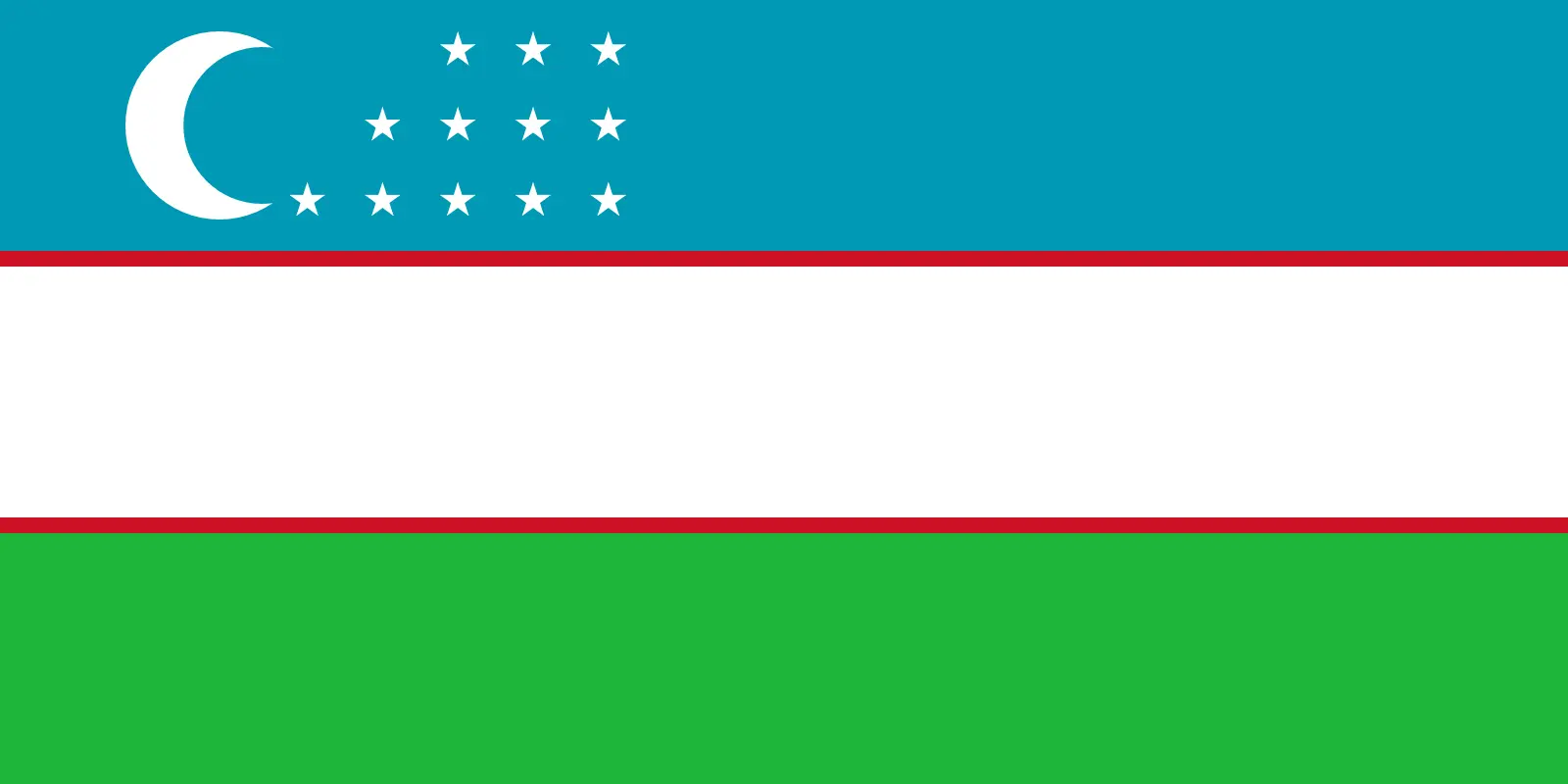 Uzbekistan (+998)
Uzbekistan (+998)
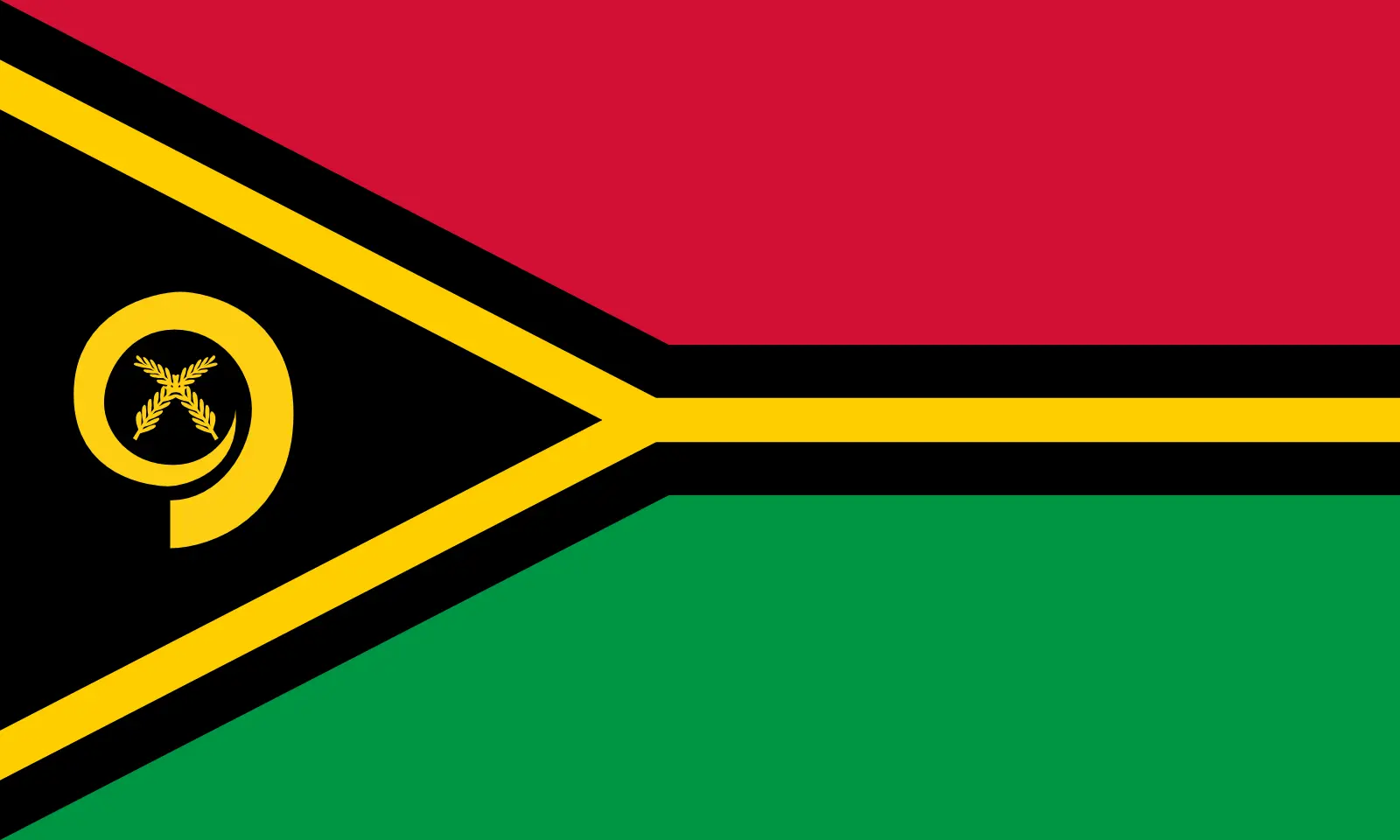 Vanuatu (+678)
Vanuatu (+678)
 Vatican City (+39)
Vatican City (+39)
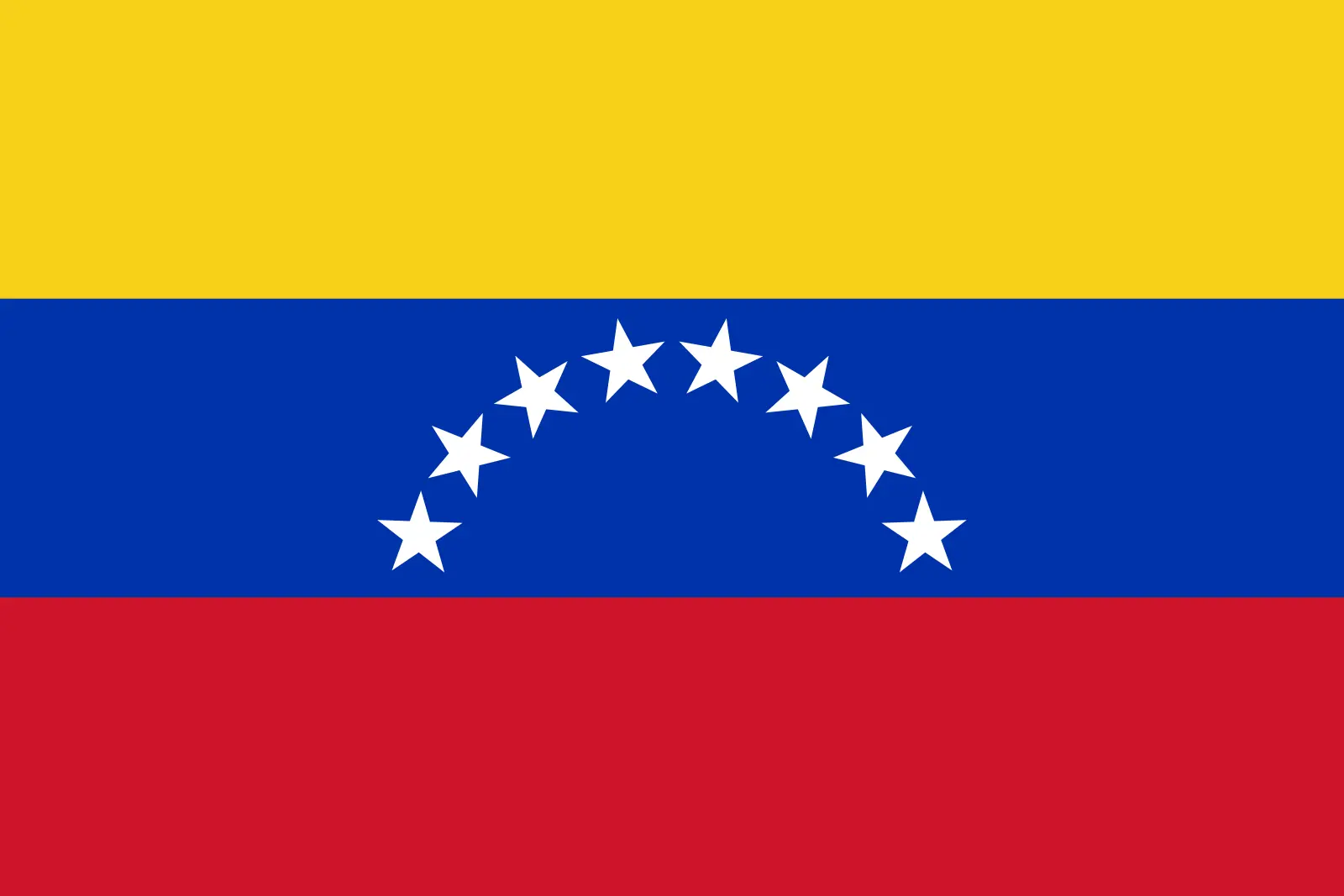 Venezuela (Bolivarian Republic of) (+58)
Venezuela (Bolivarian Republic of) (+58)
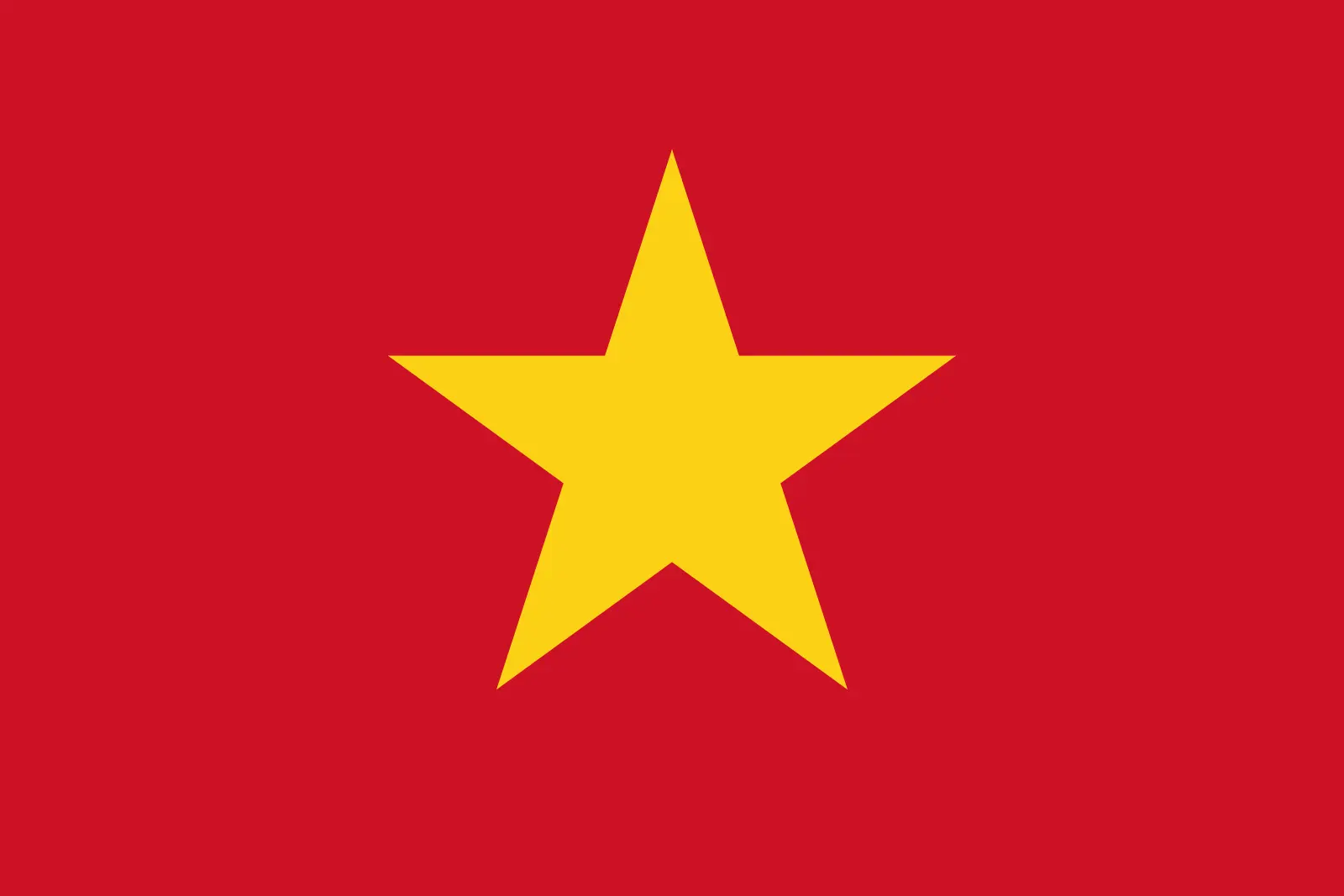 Vietnam (+84)
Vietnam (+84)
 Wallis and Futuna (+681)
Wallis and Futuna (+681)
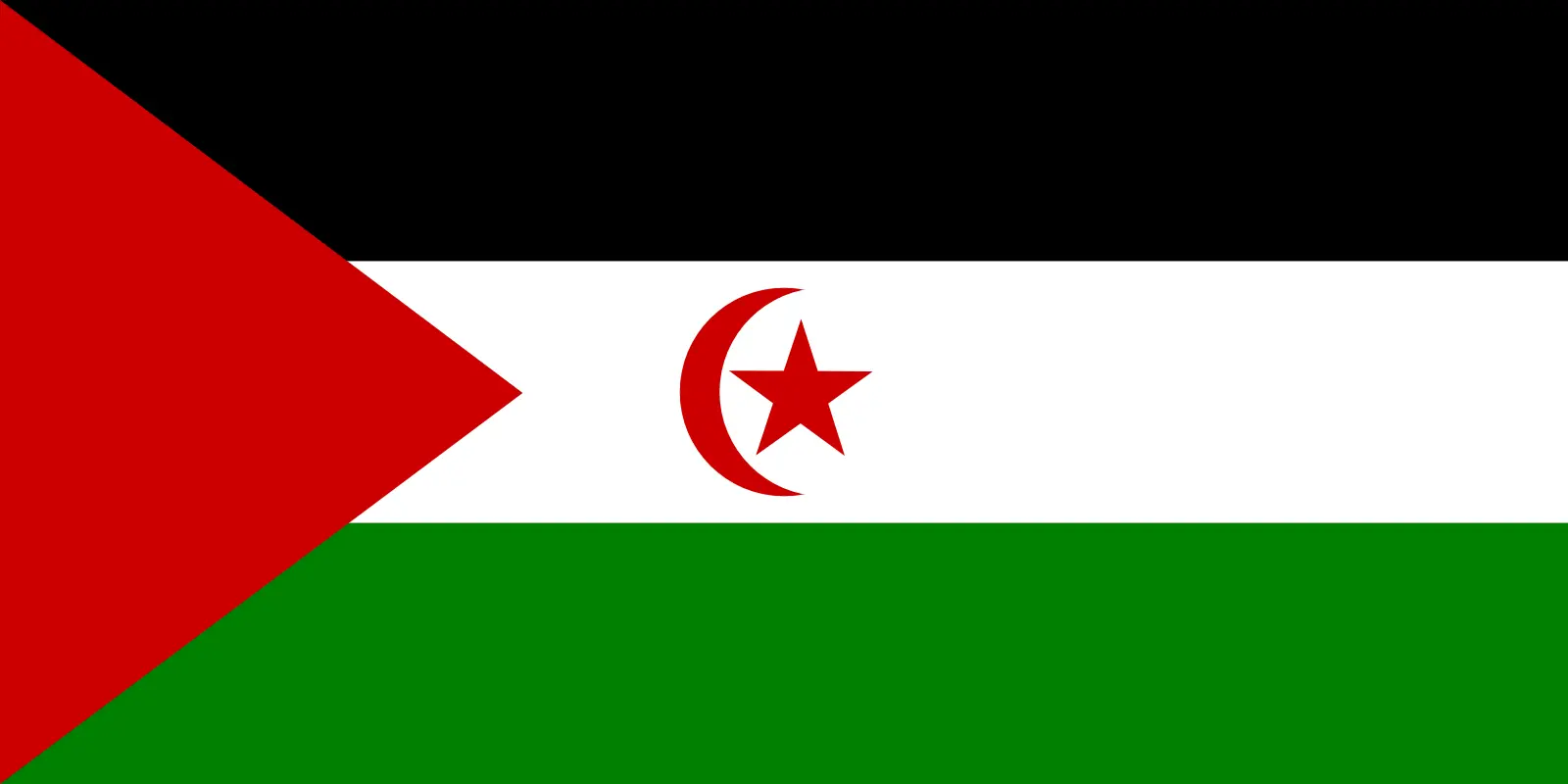 Western Sahara (+212)
Western Sahara (+212)
 Yemen (+967)
Yemen (+967)
 Zambia (+260)
Zambia (+260)
 Zimbabwe (+263)
Zimbabwe (+263)
